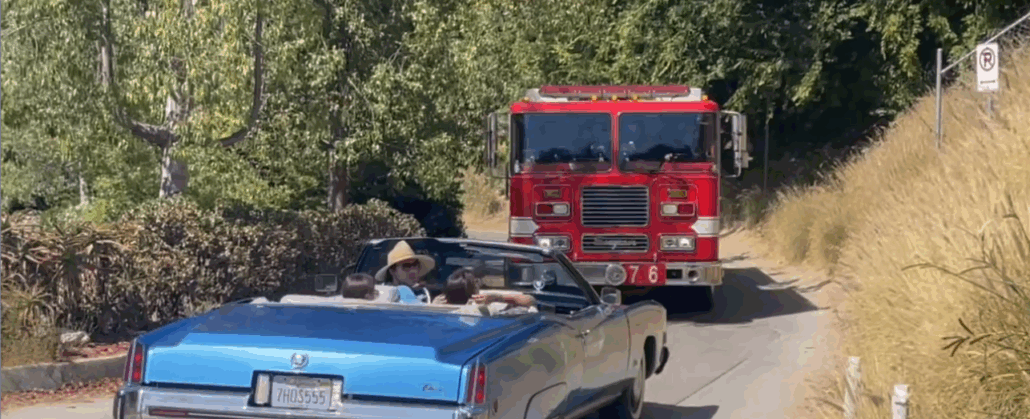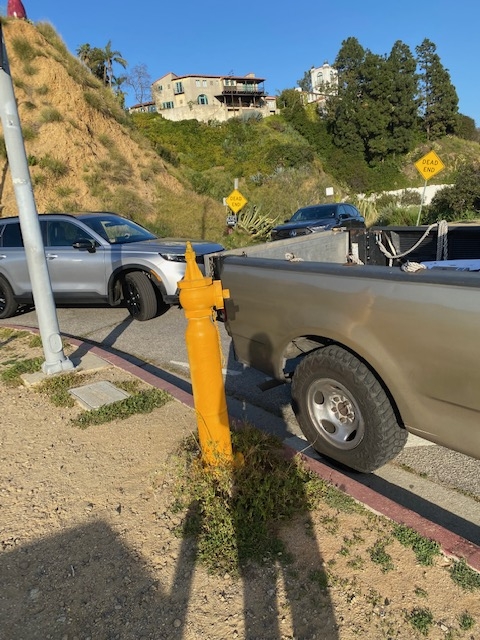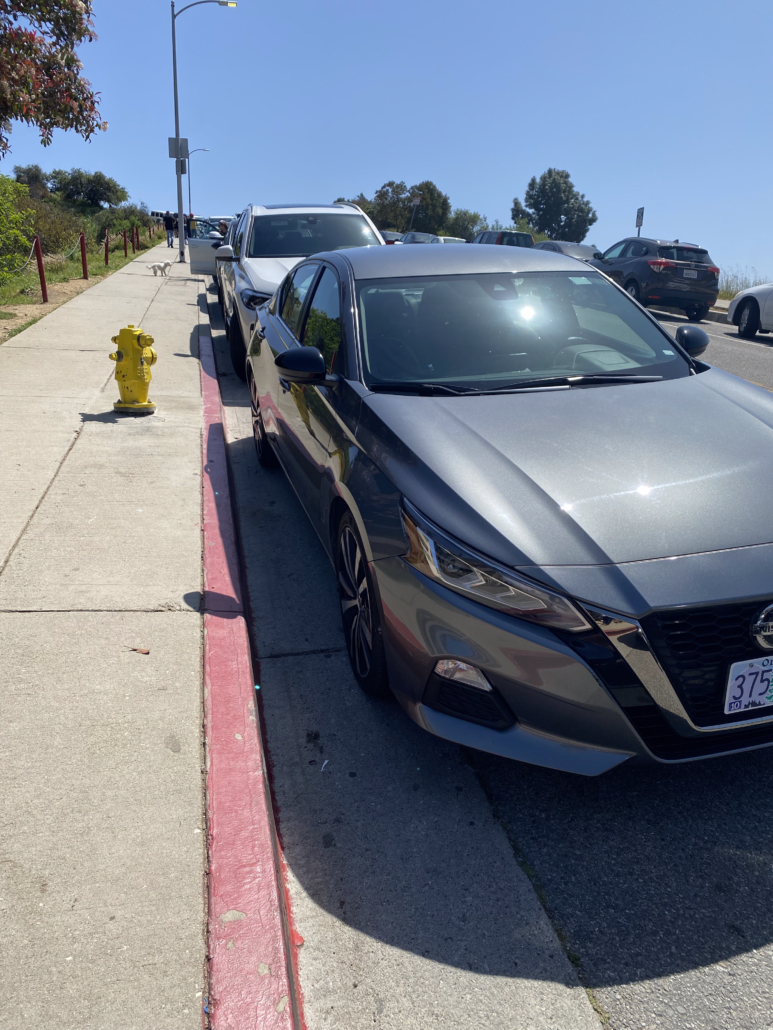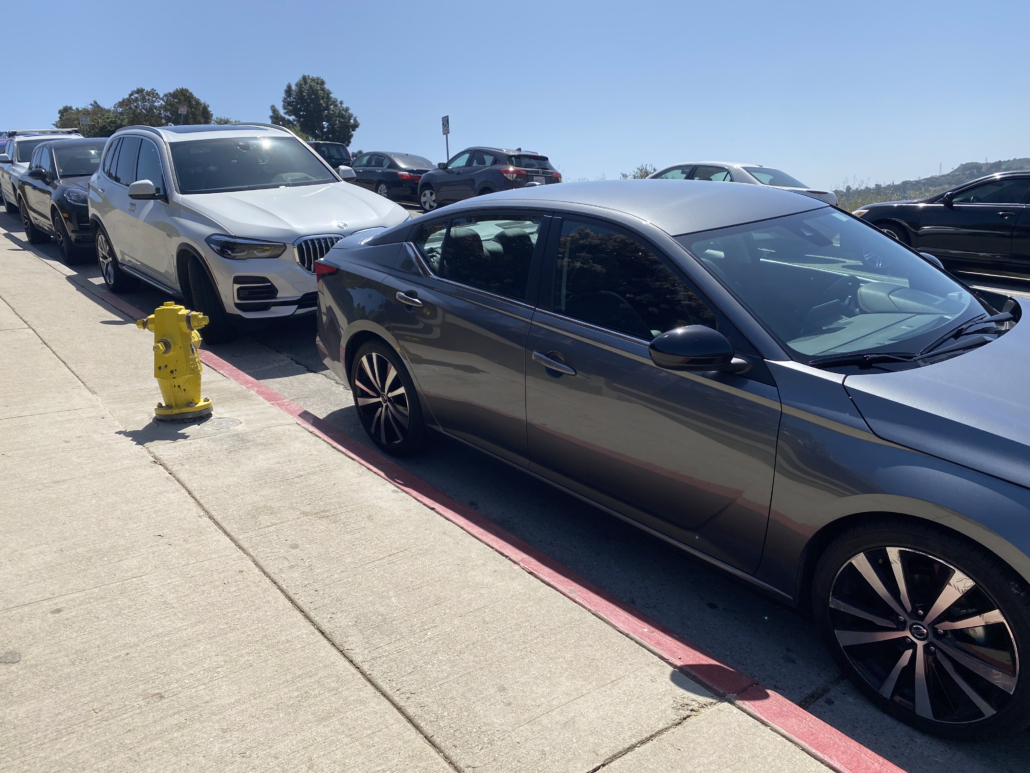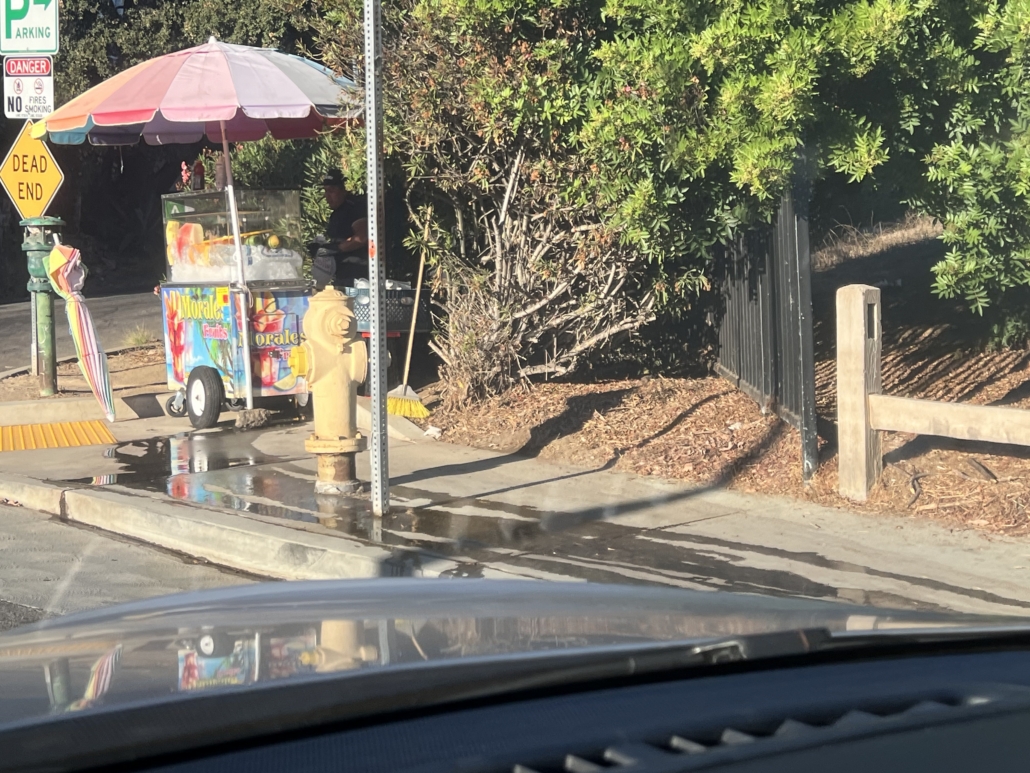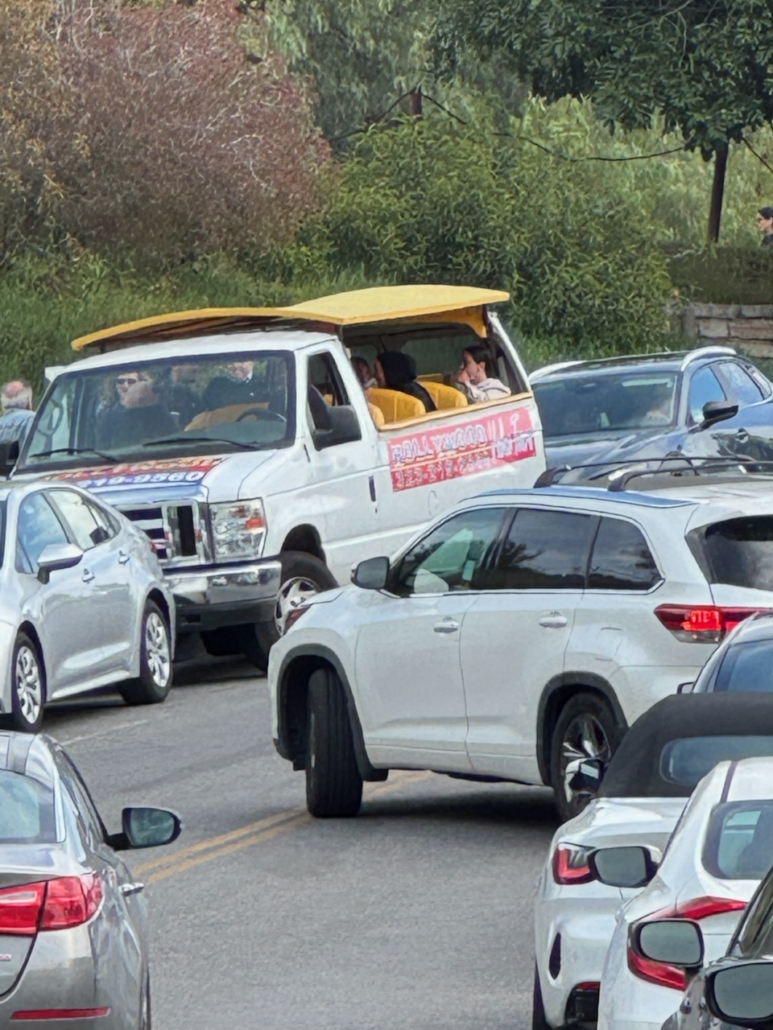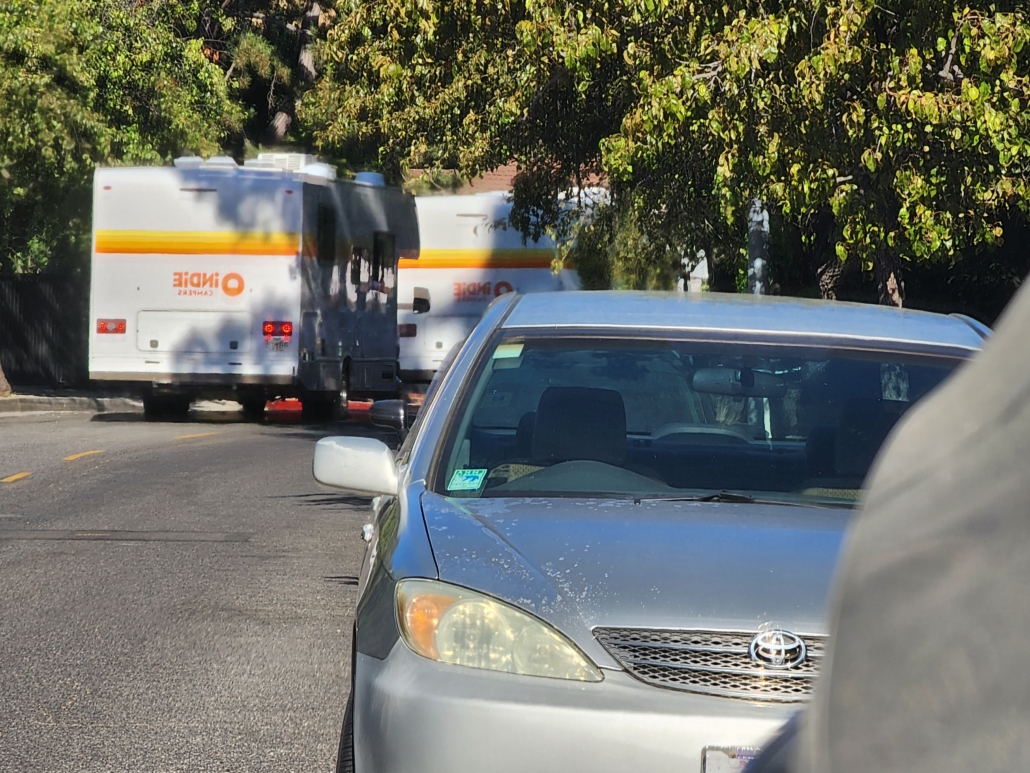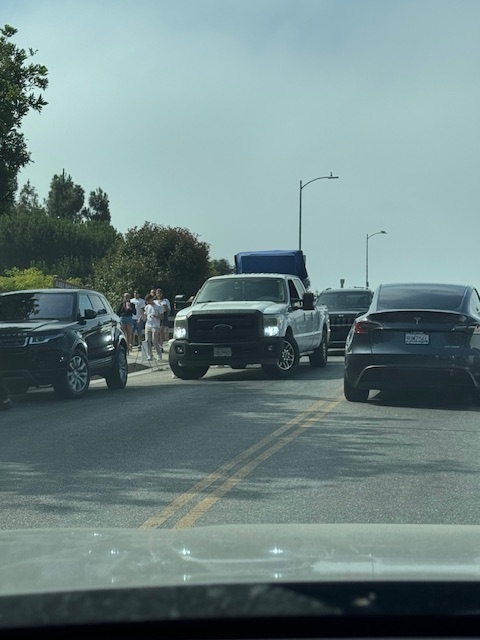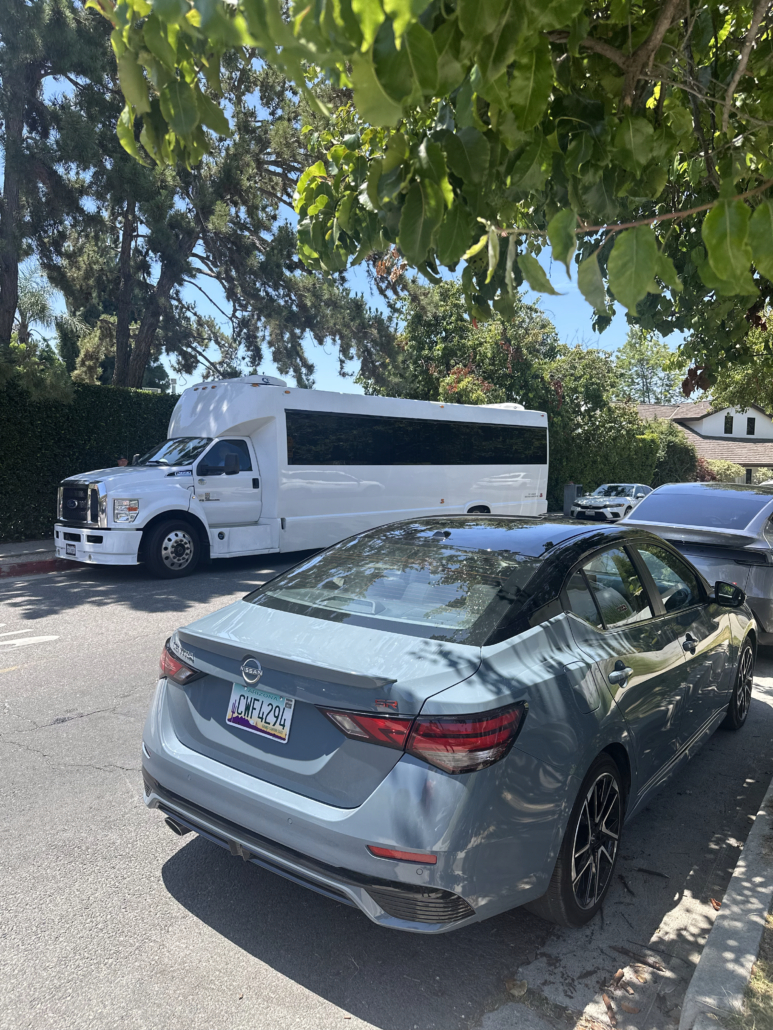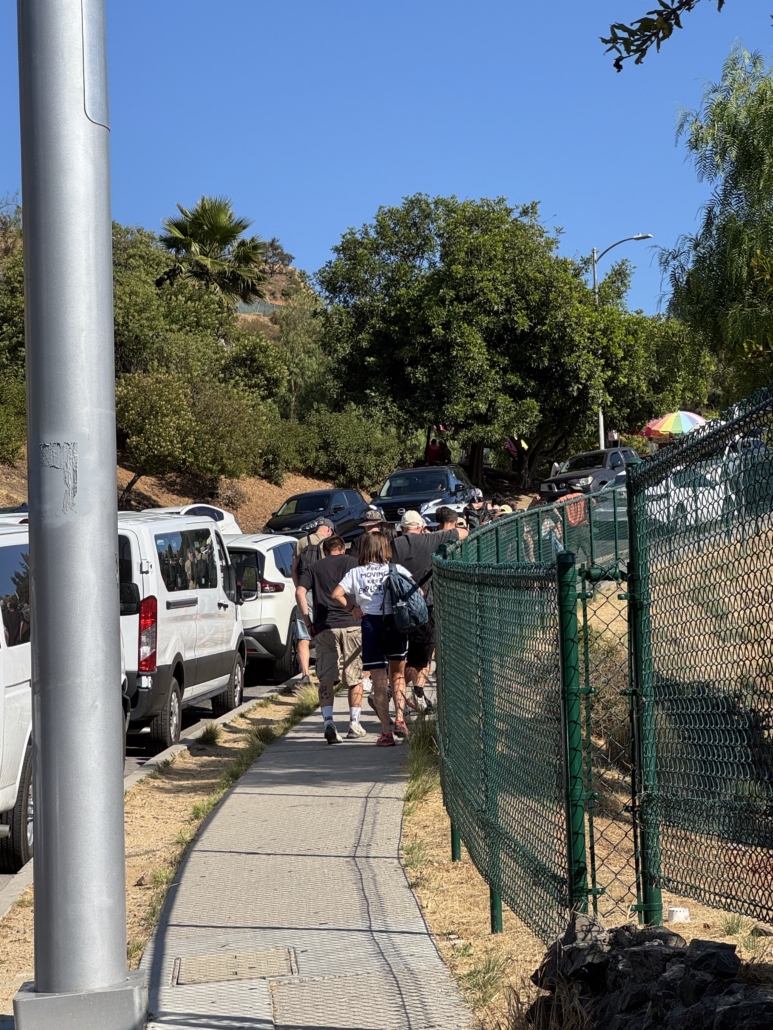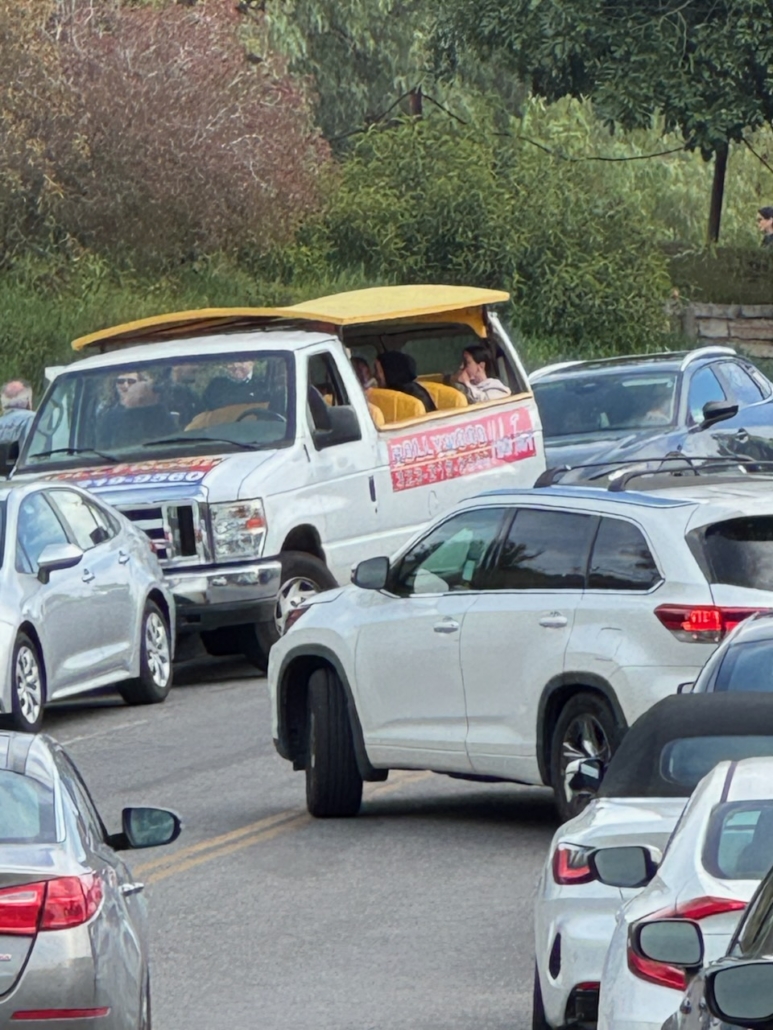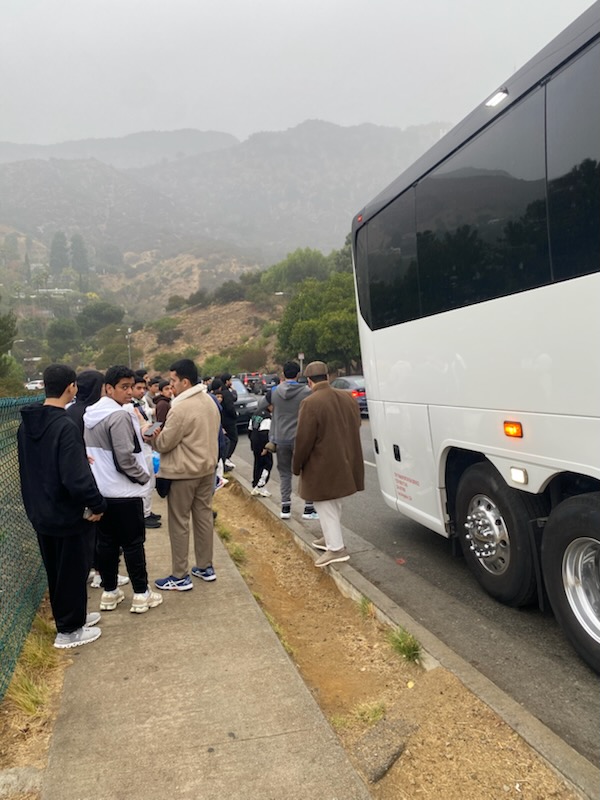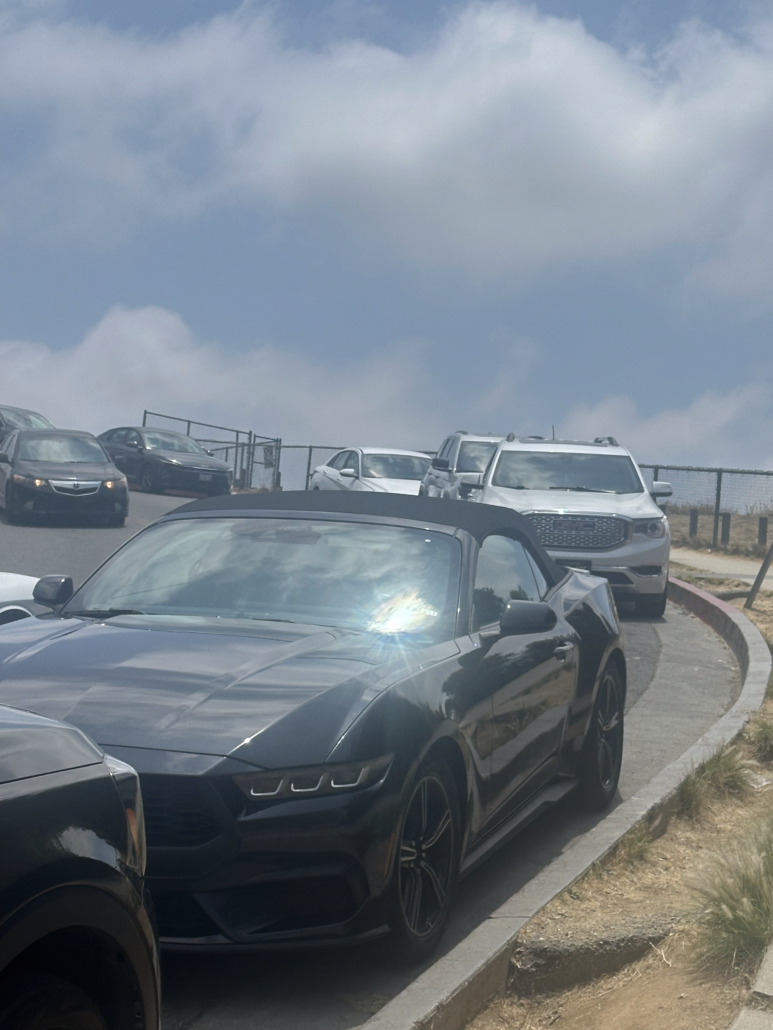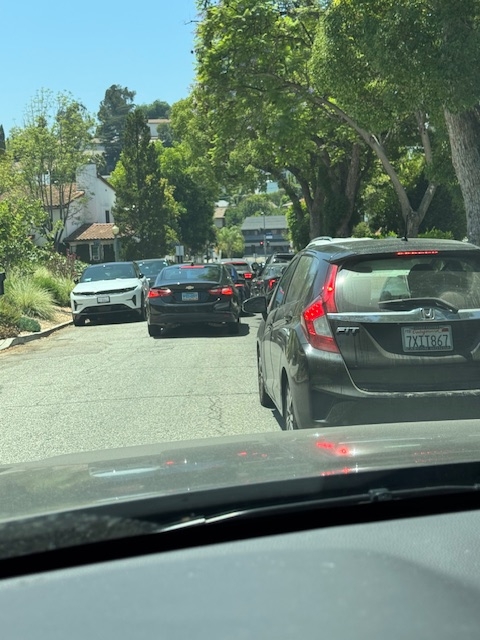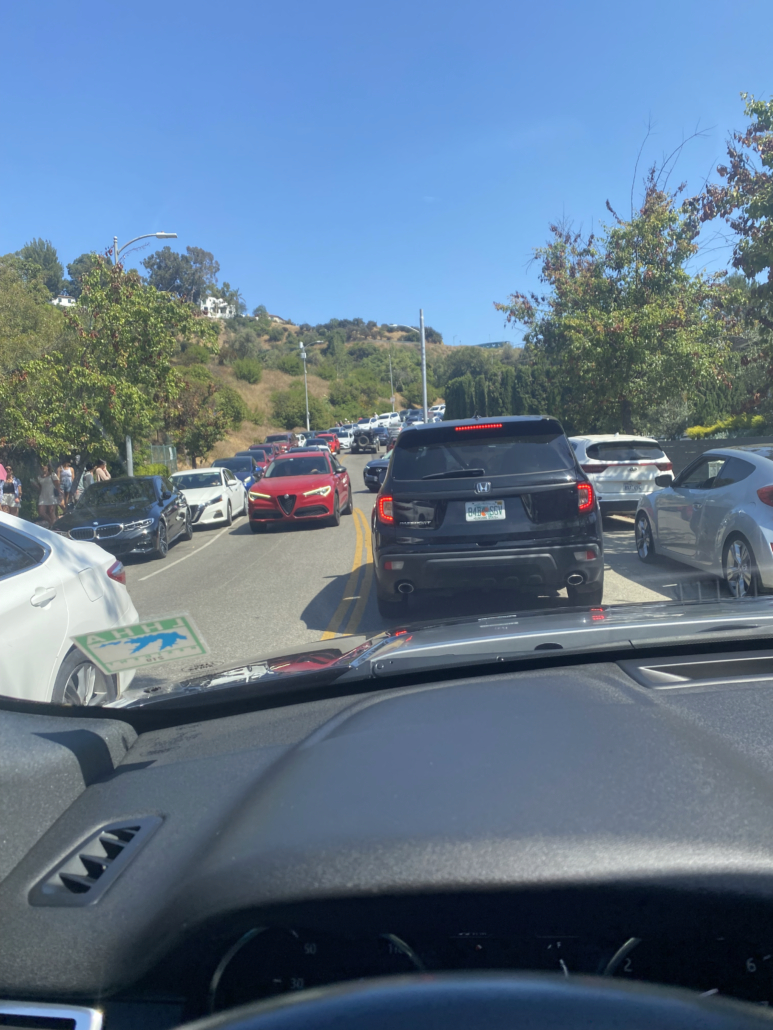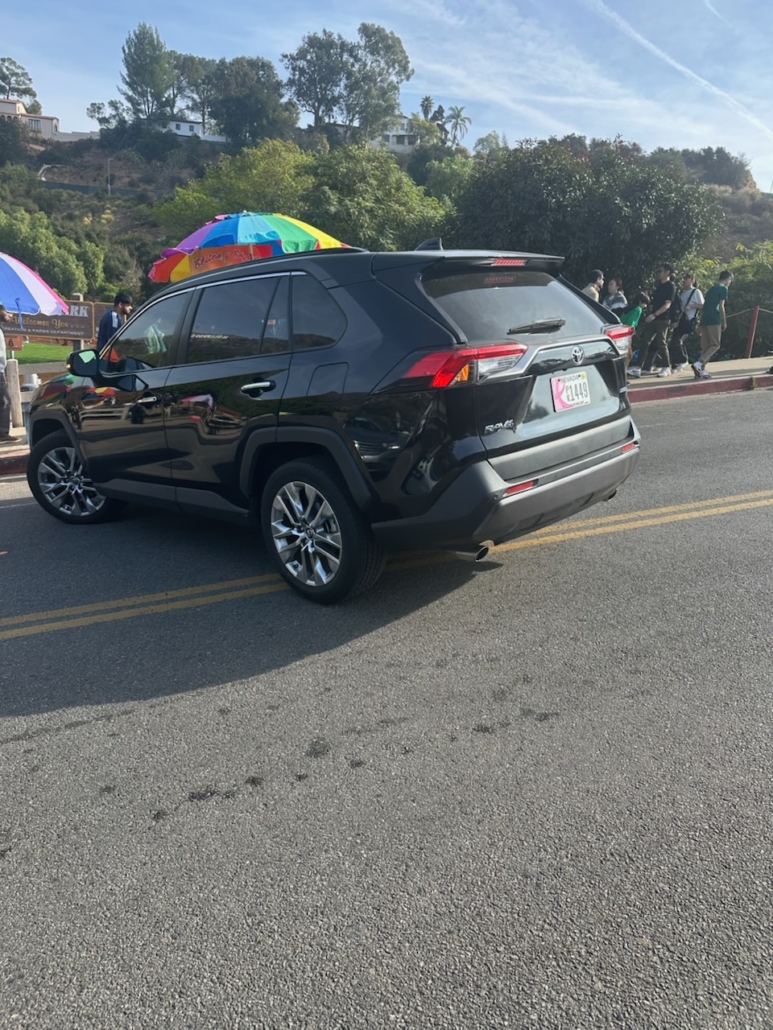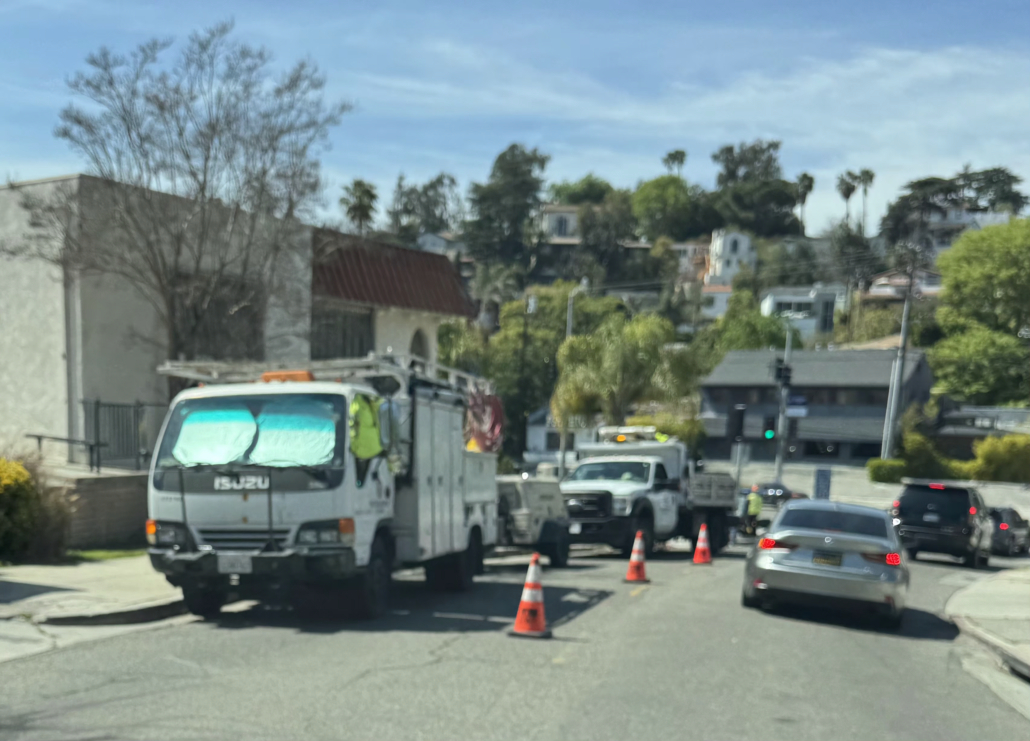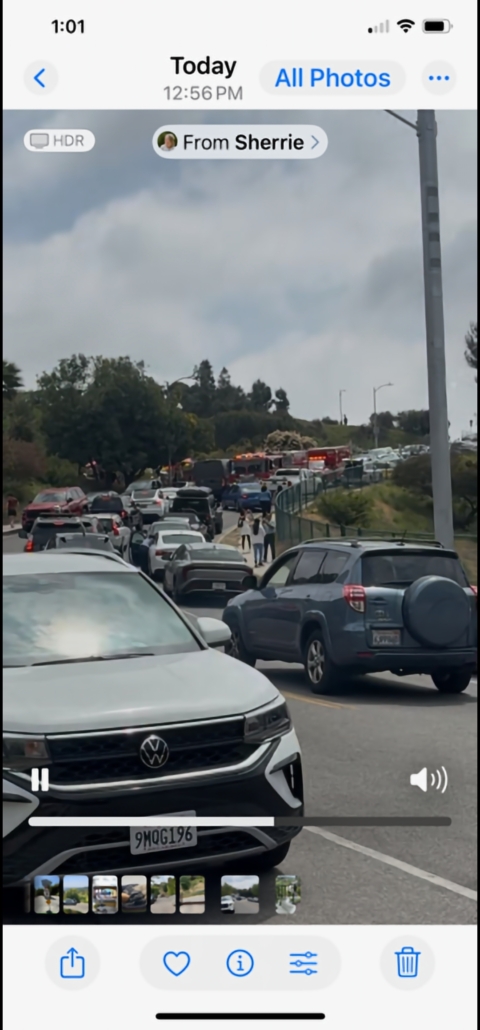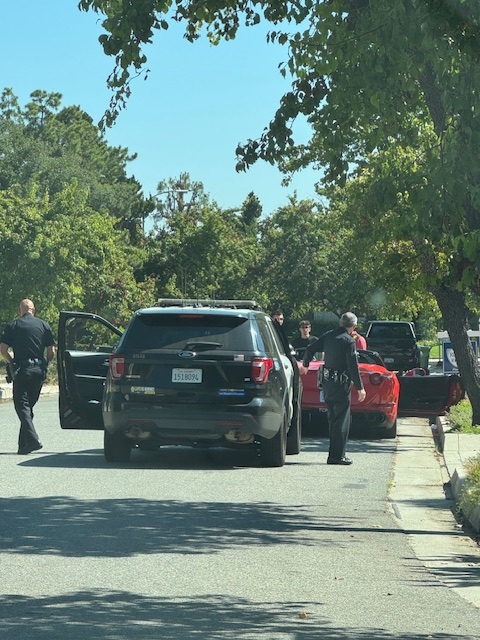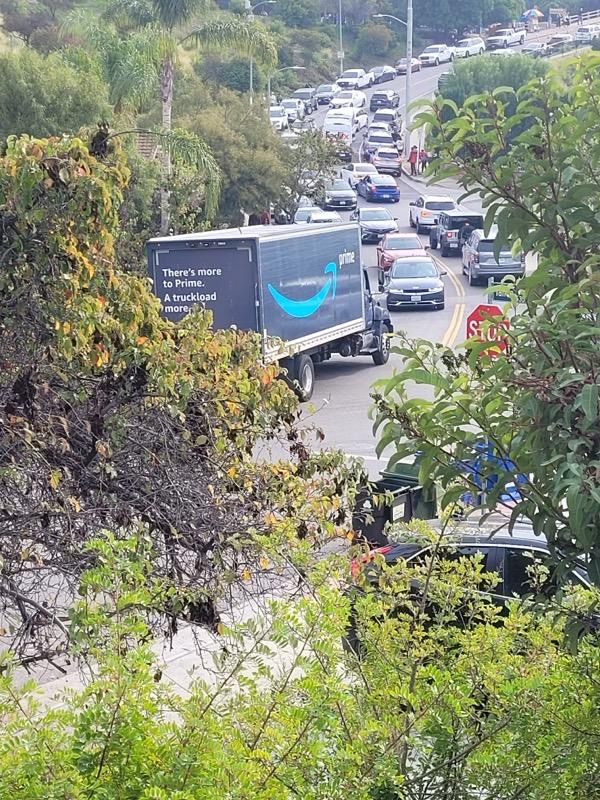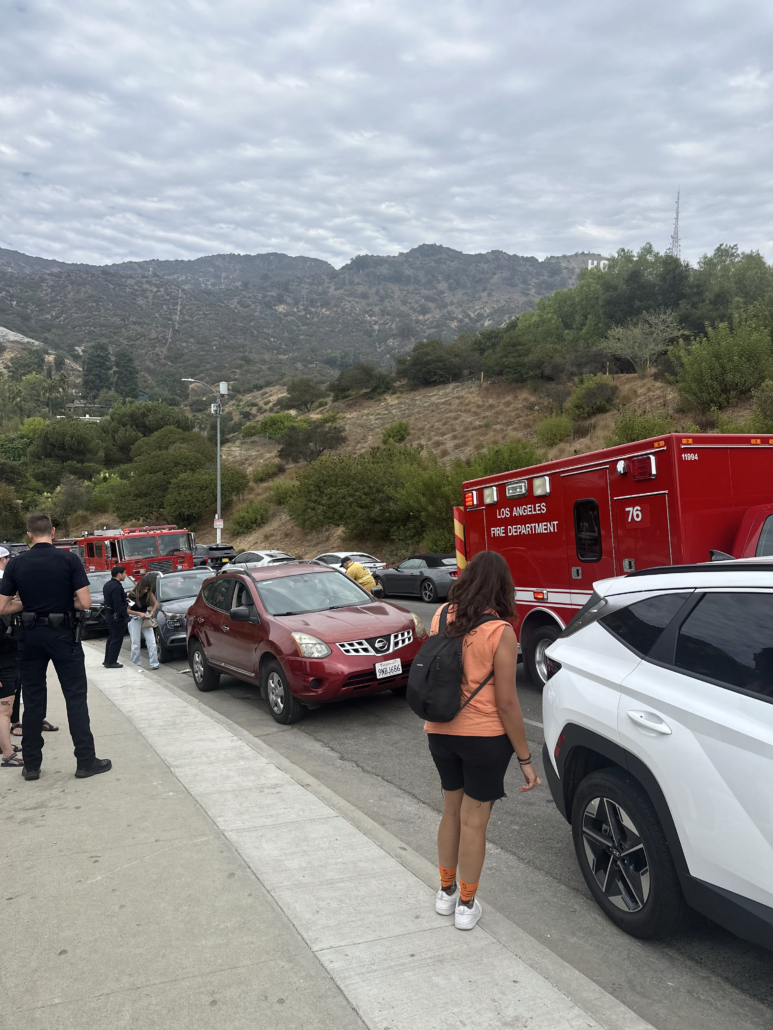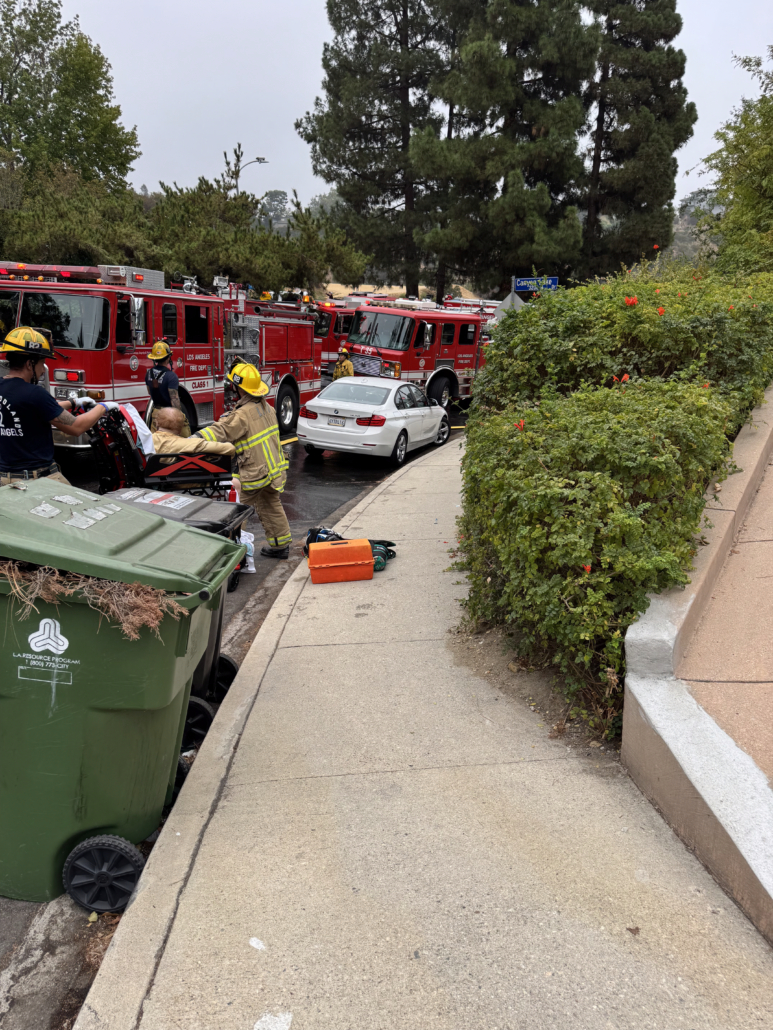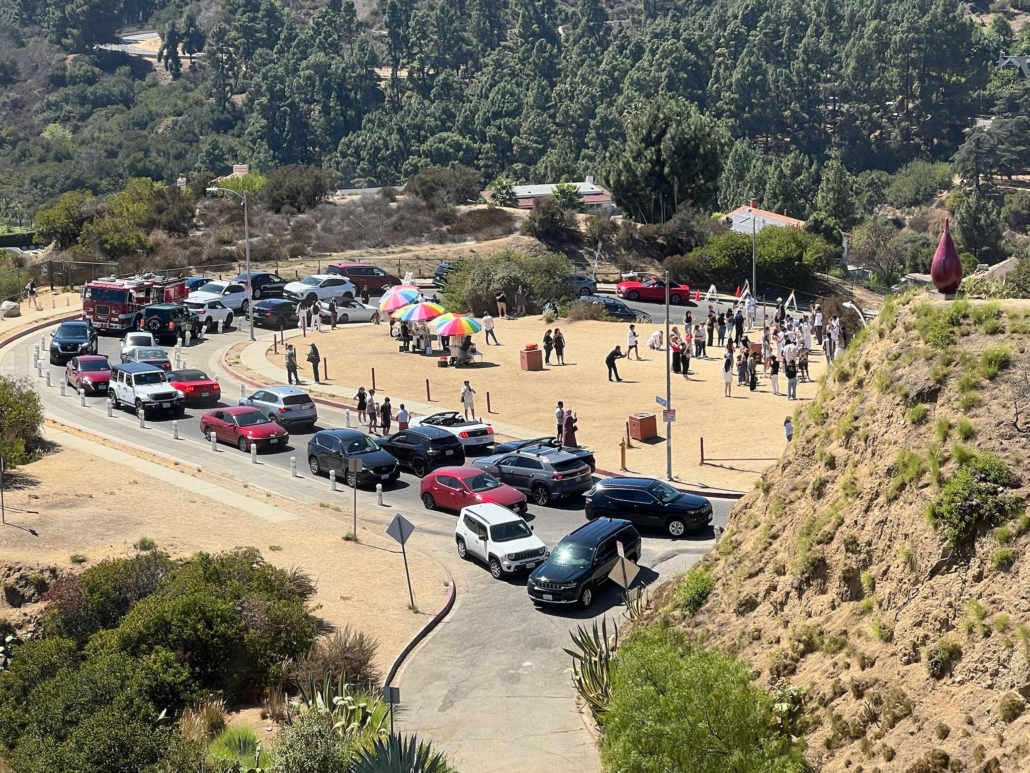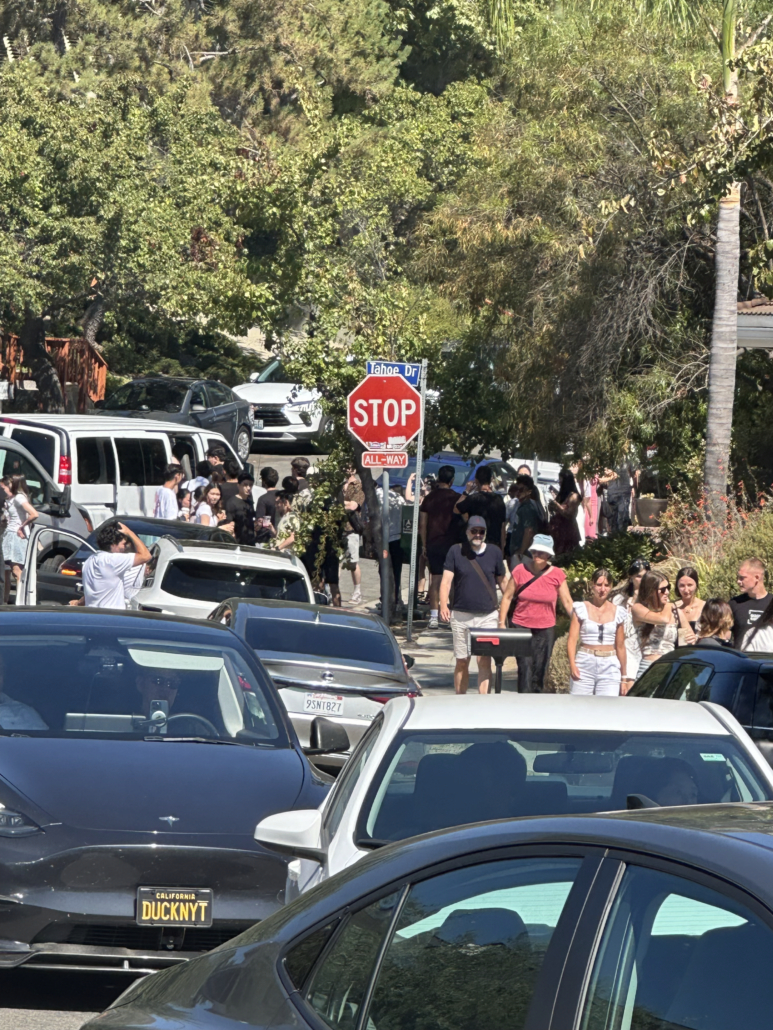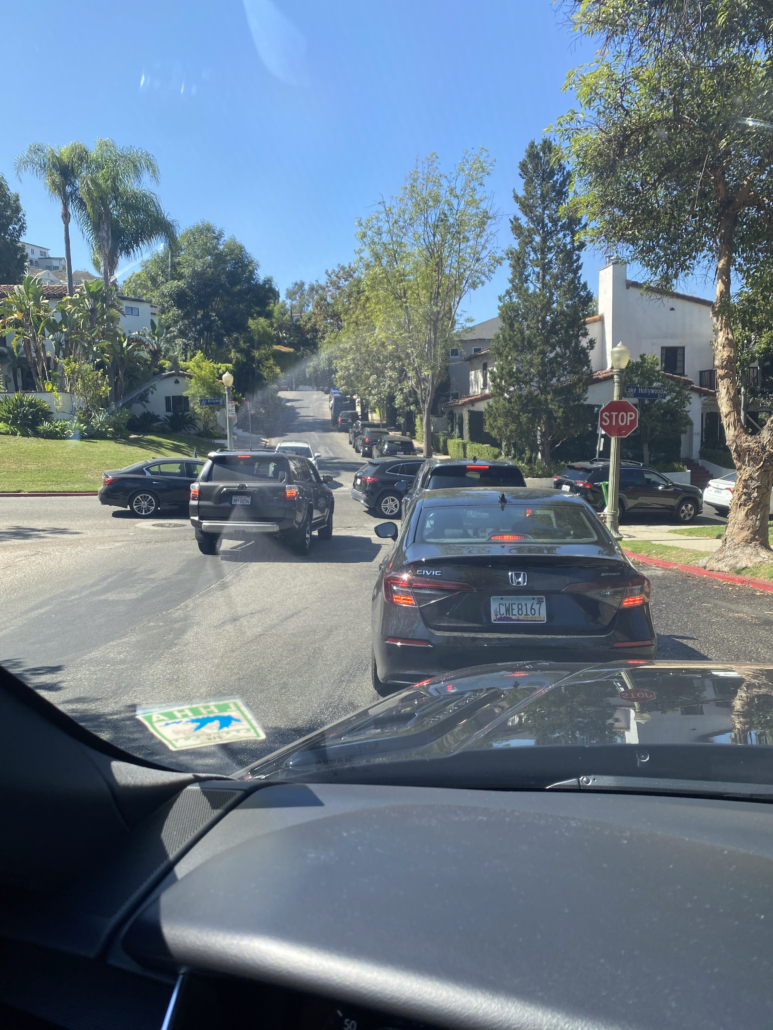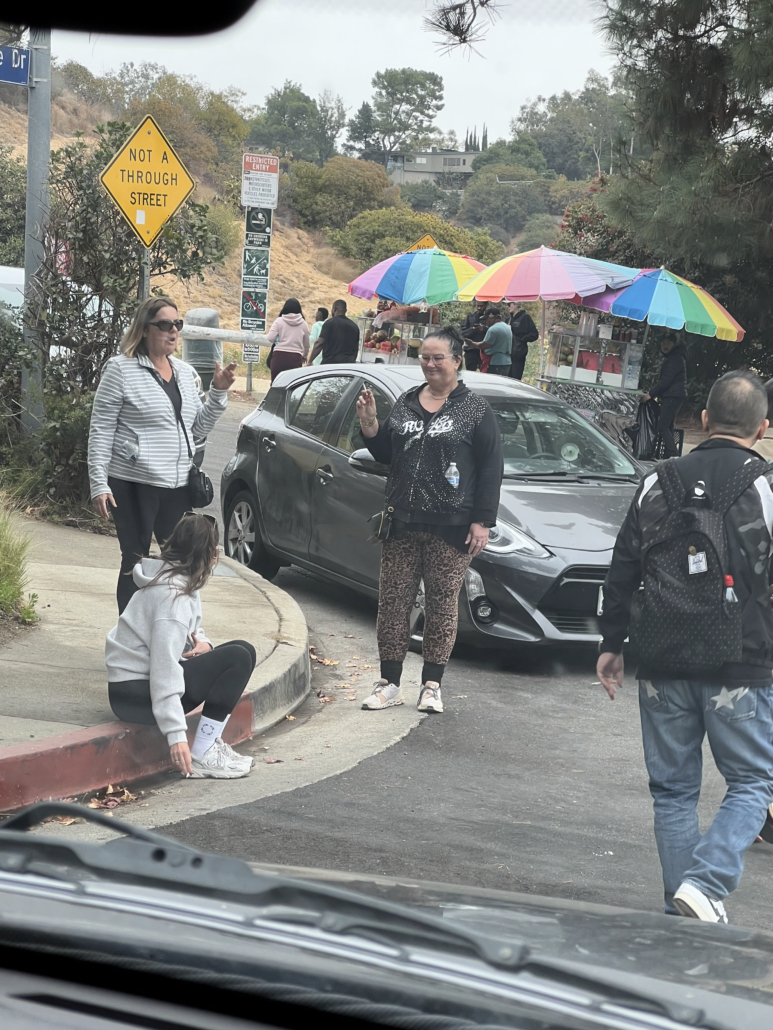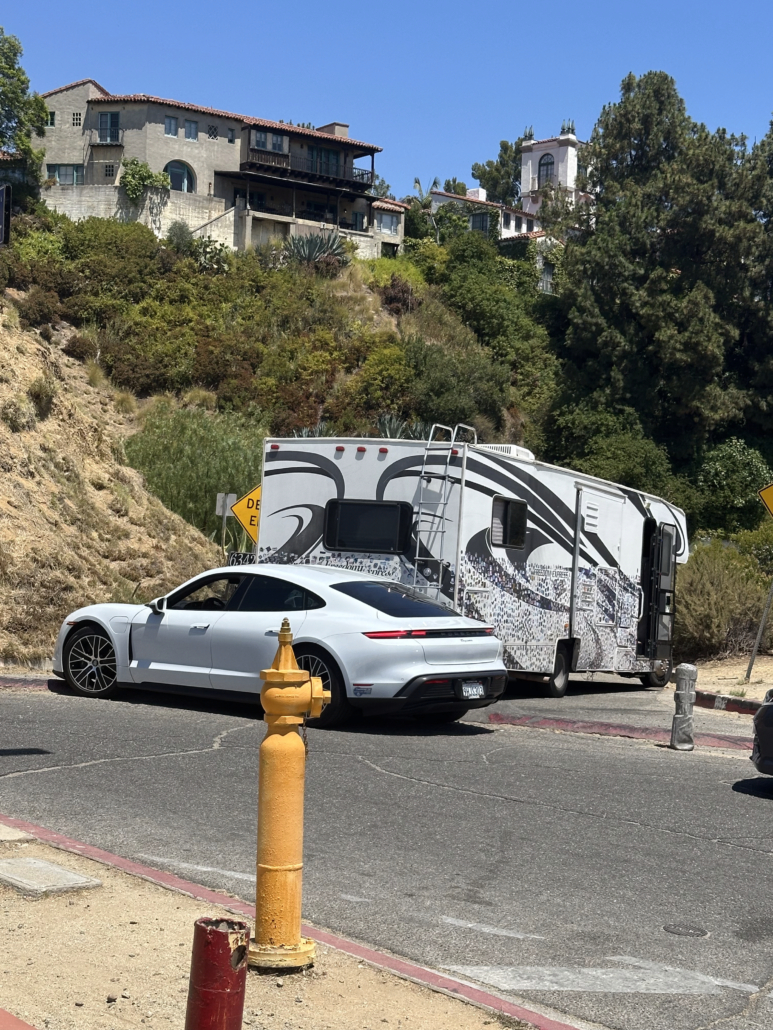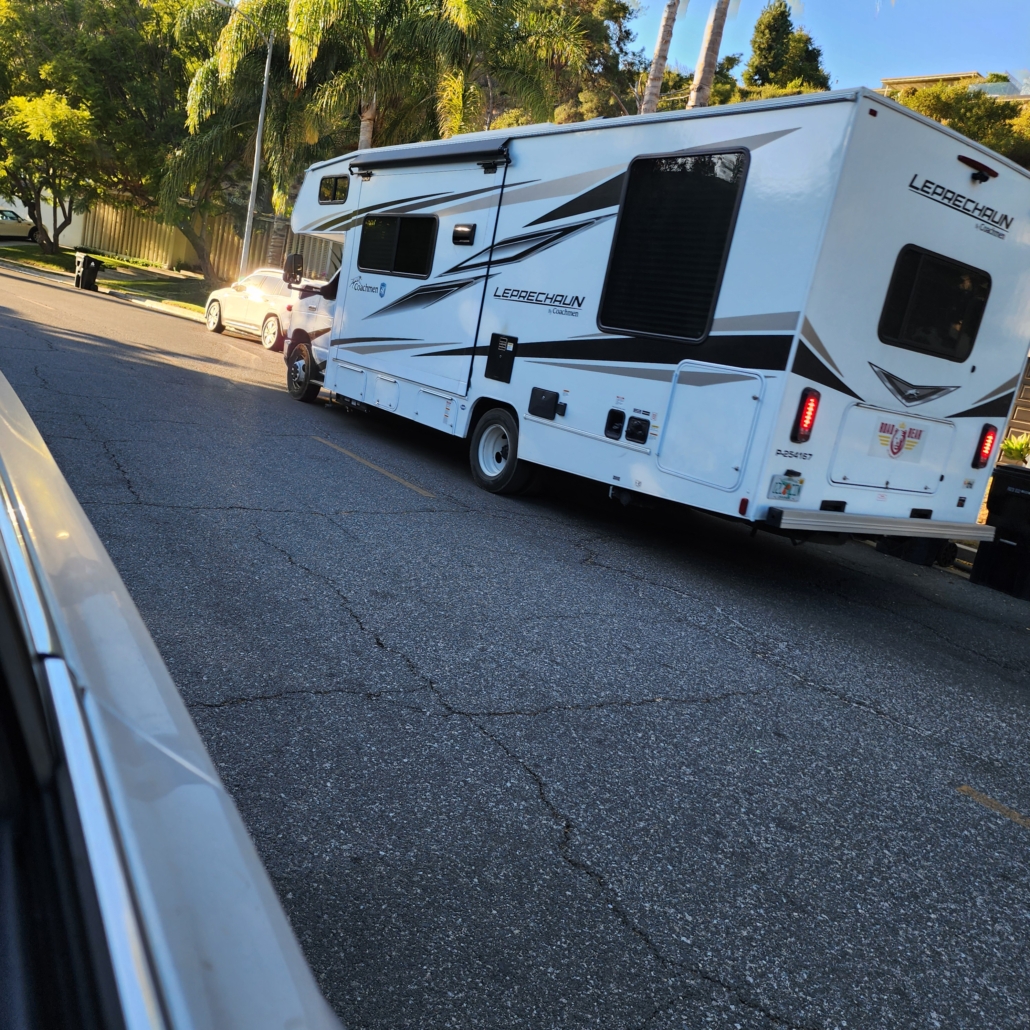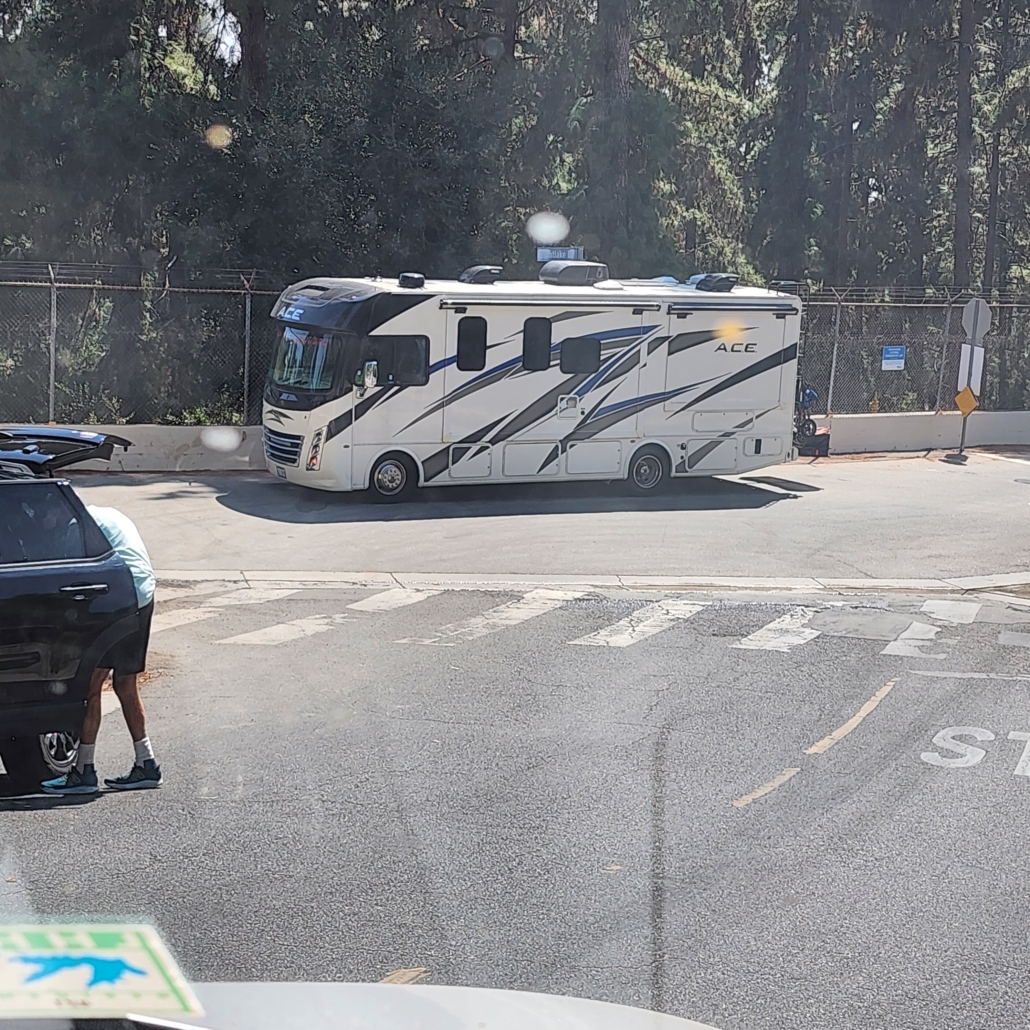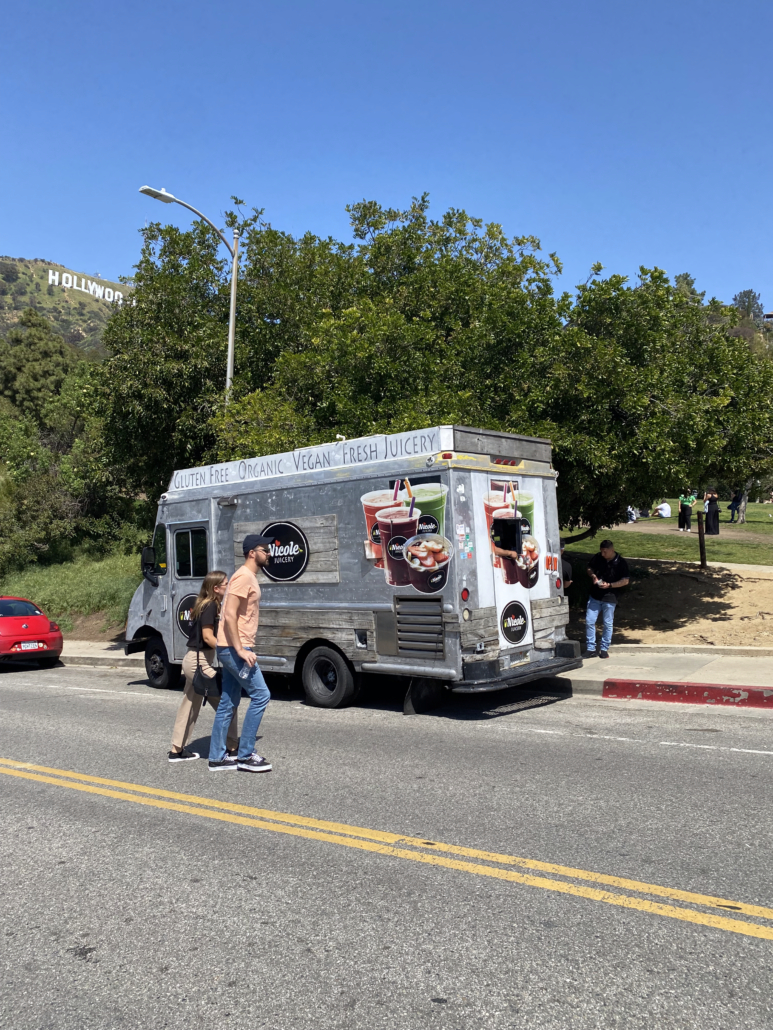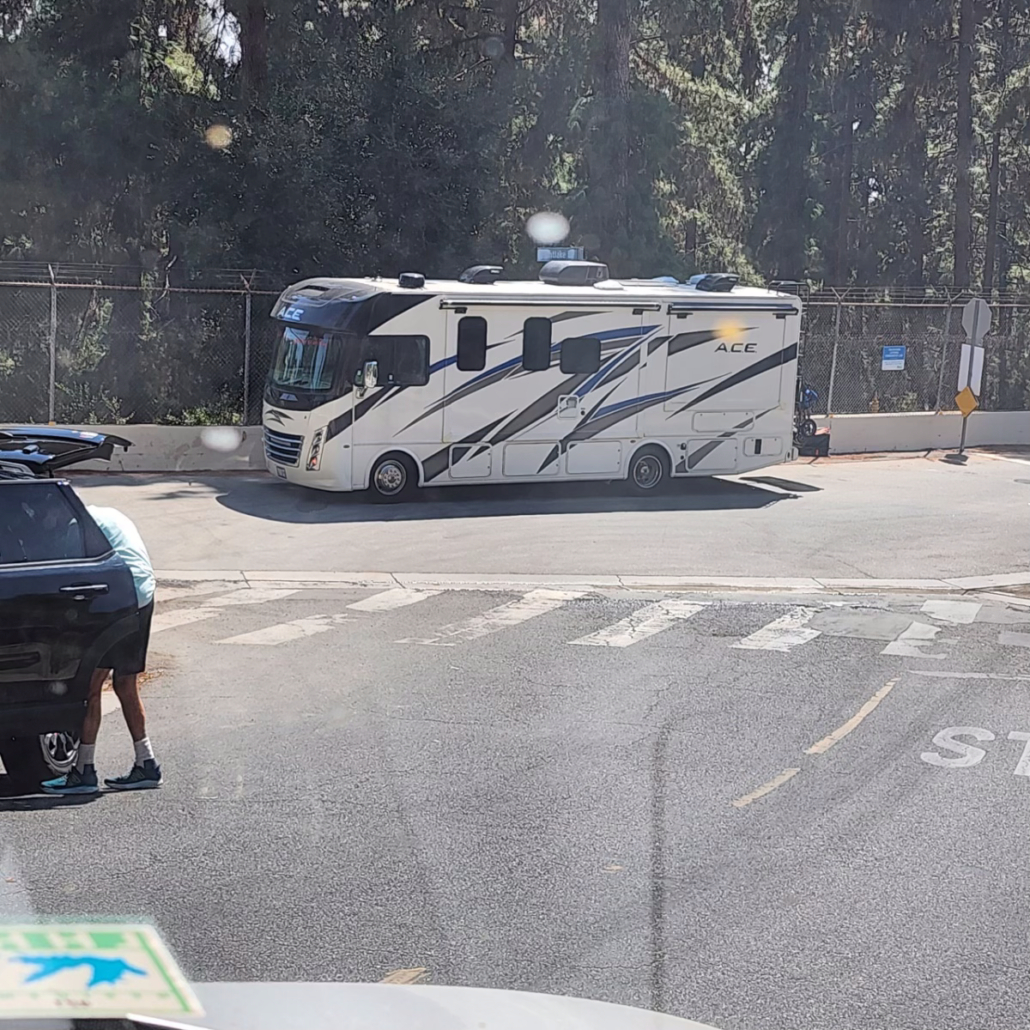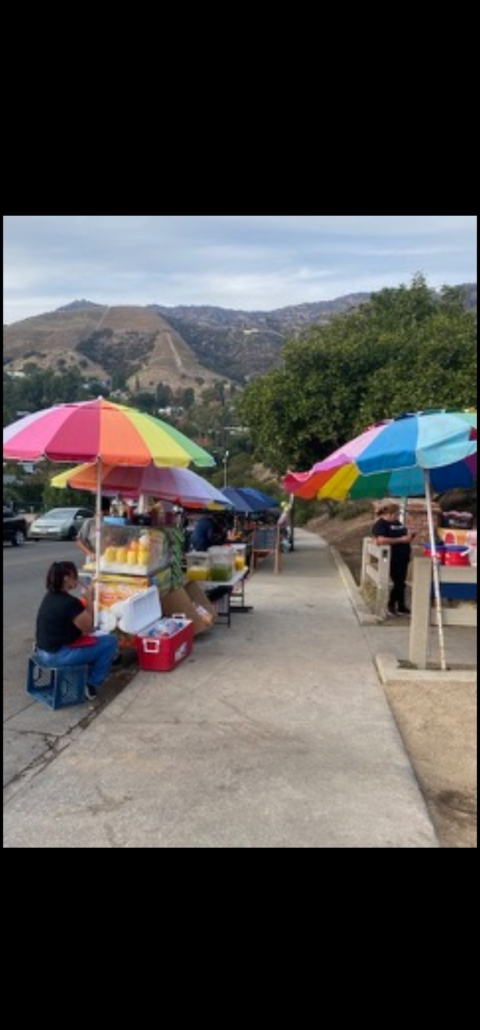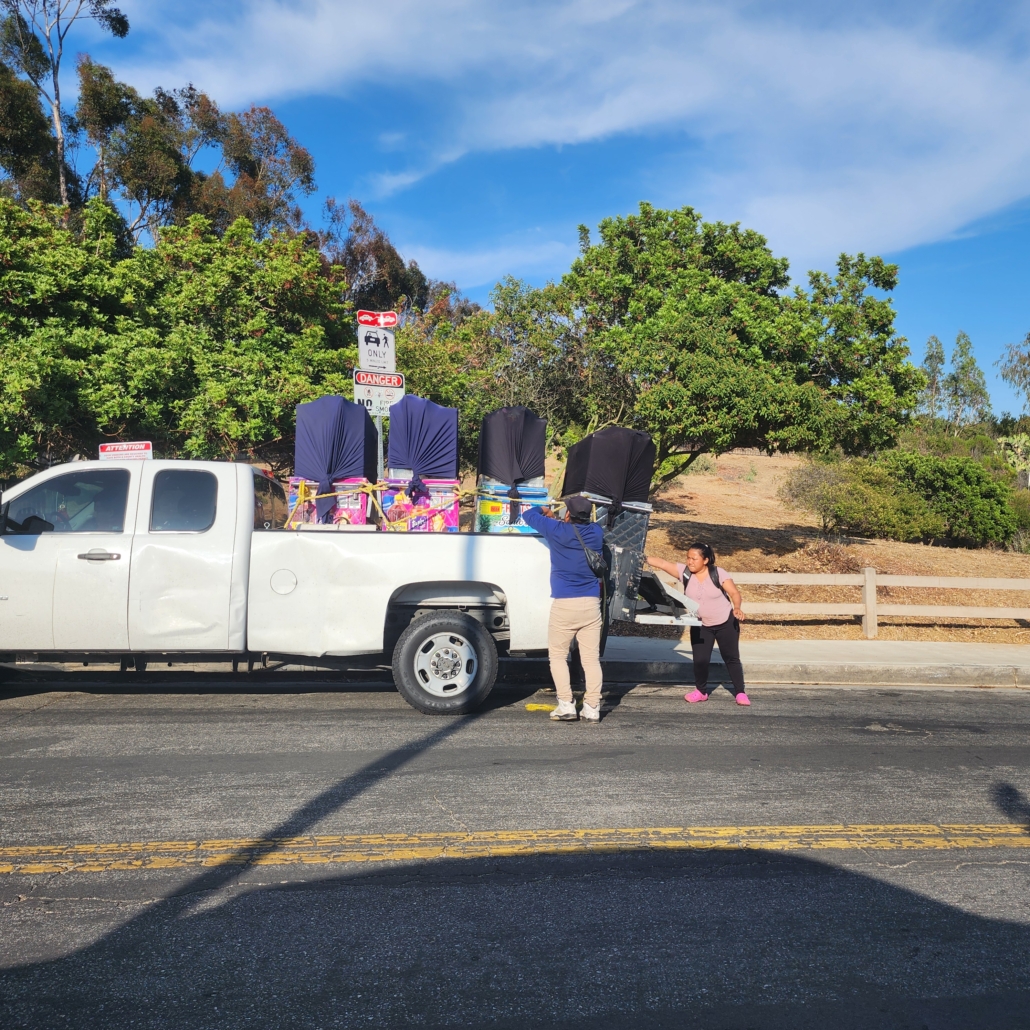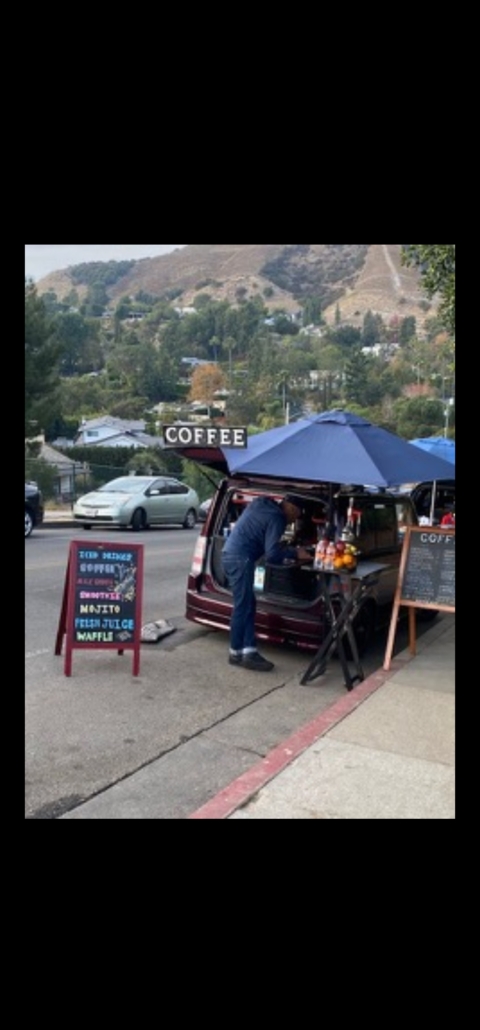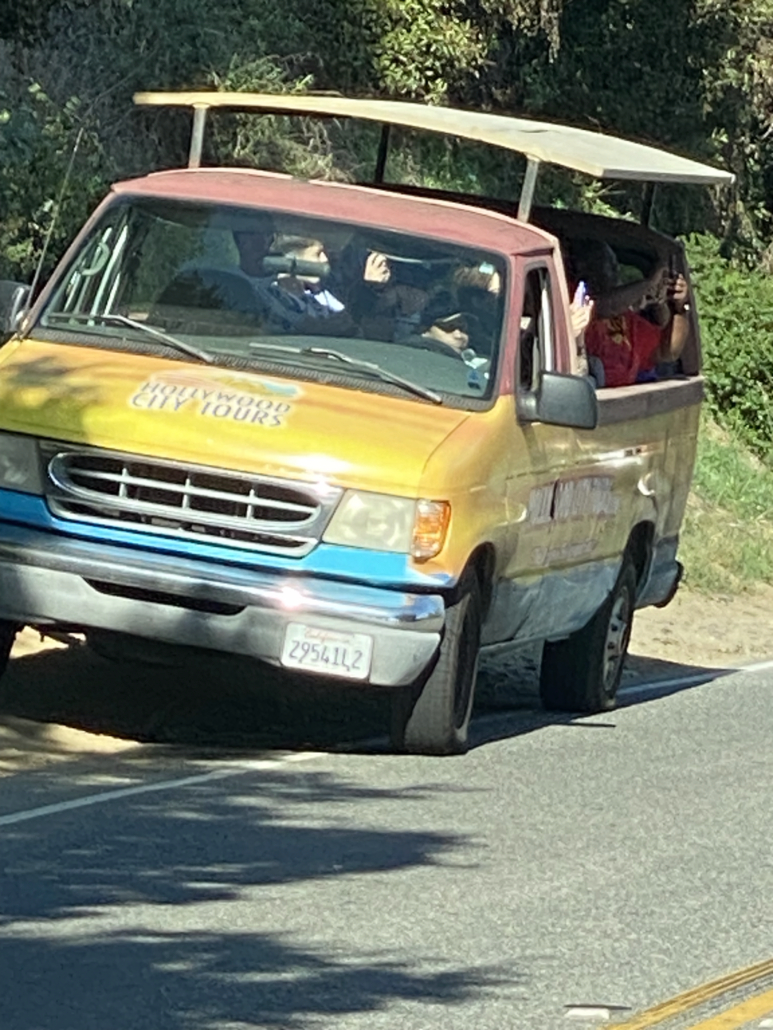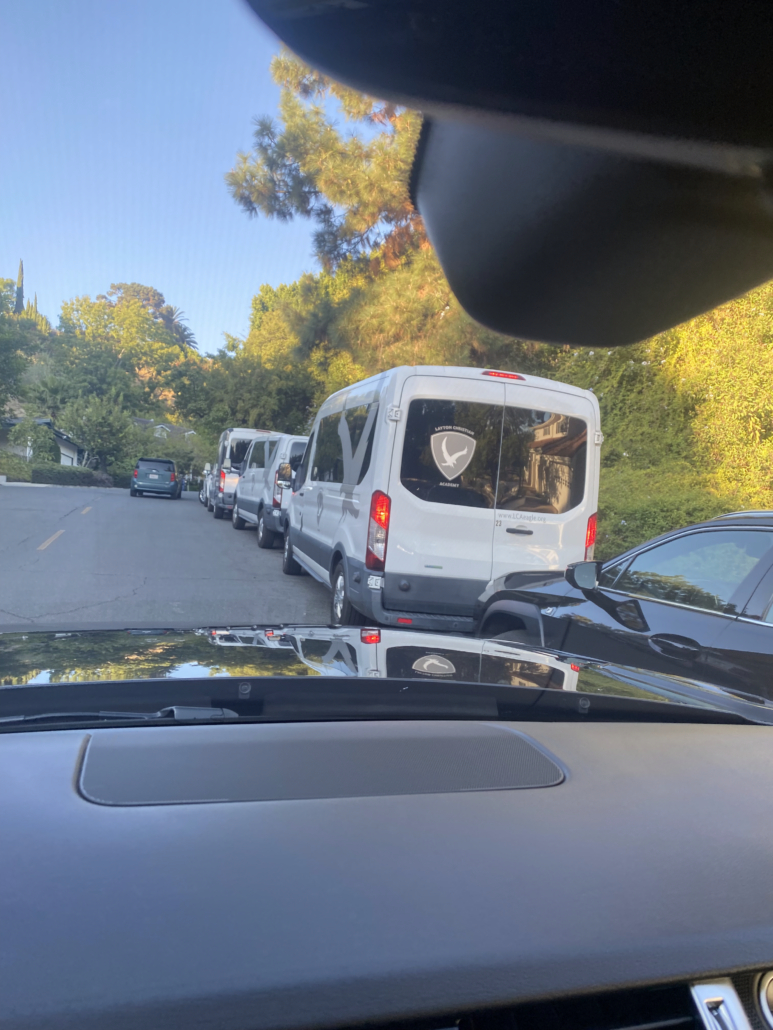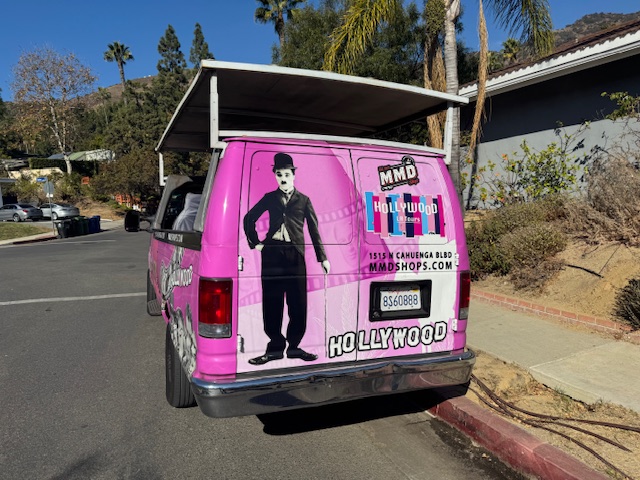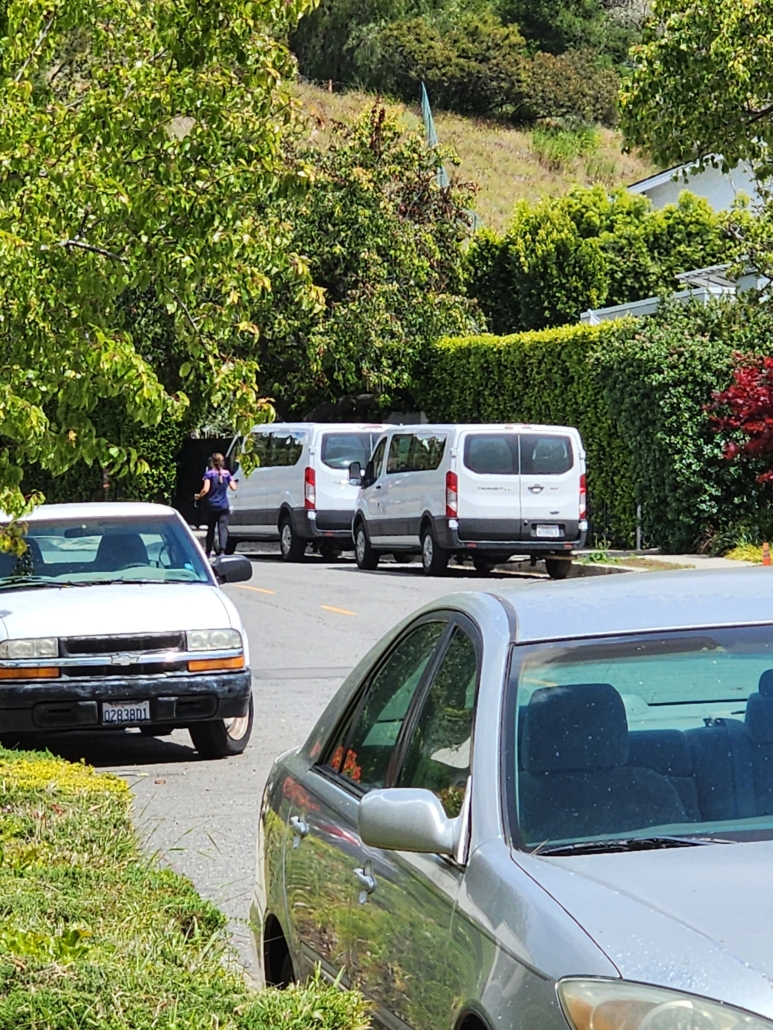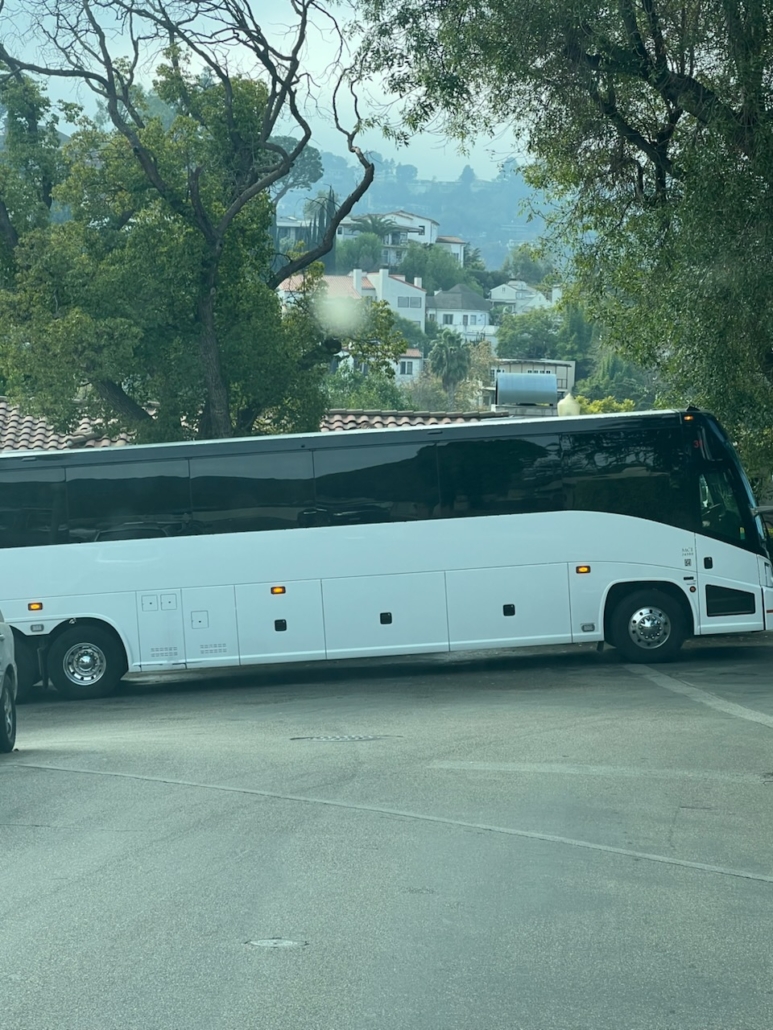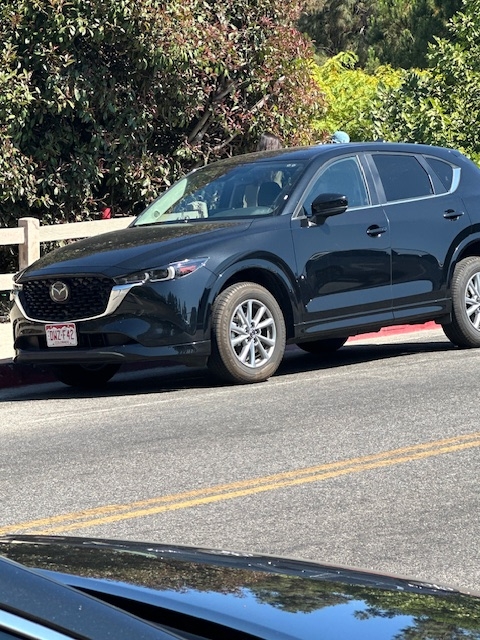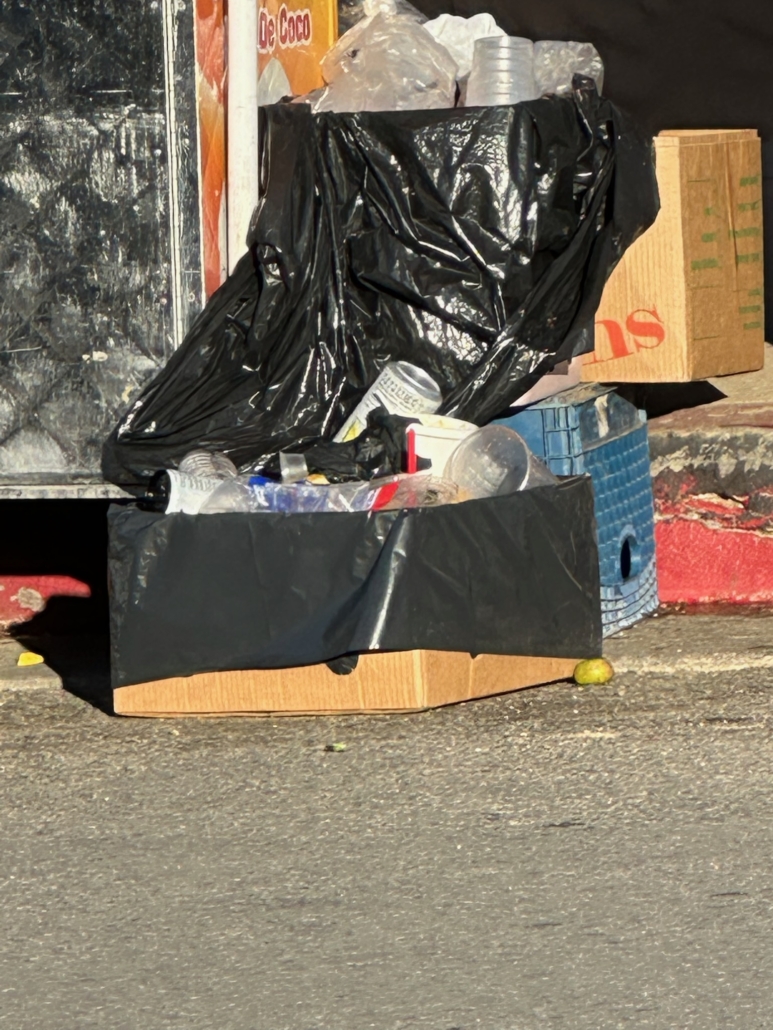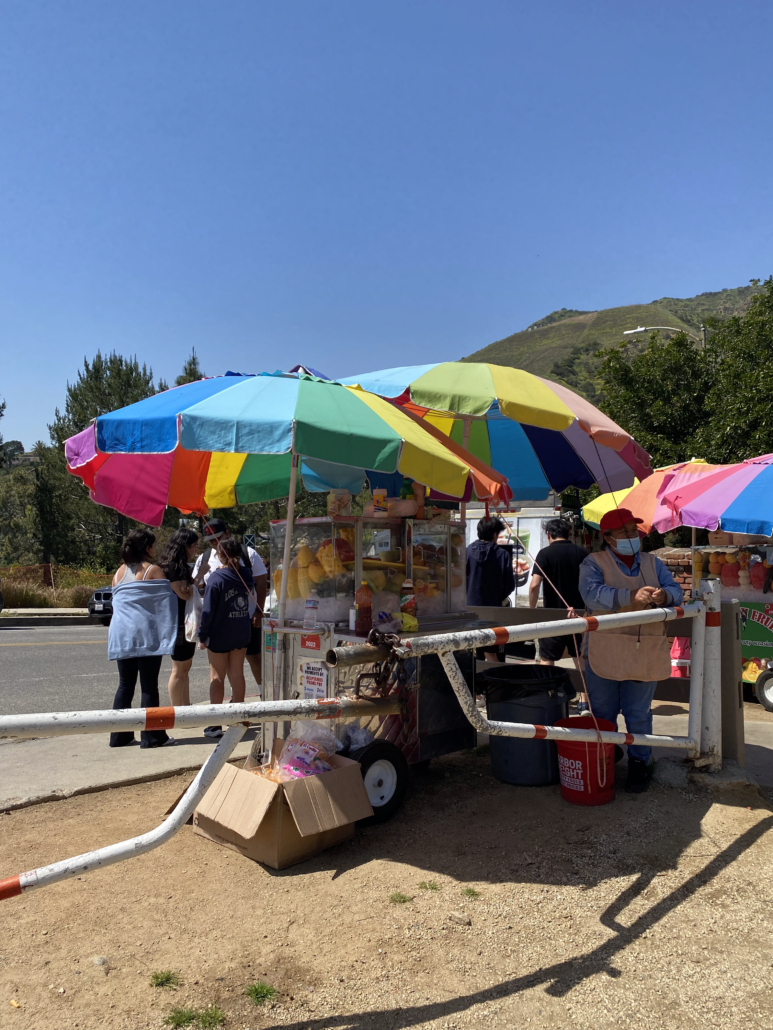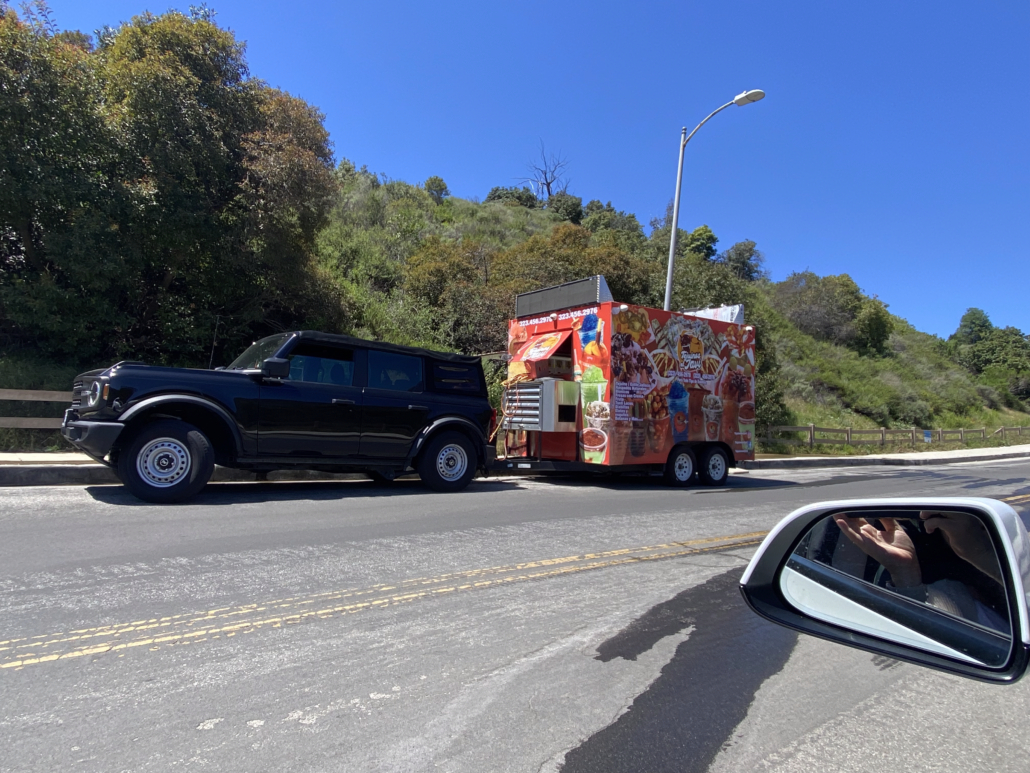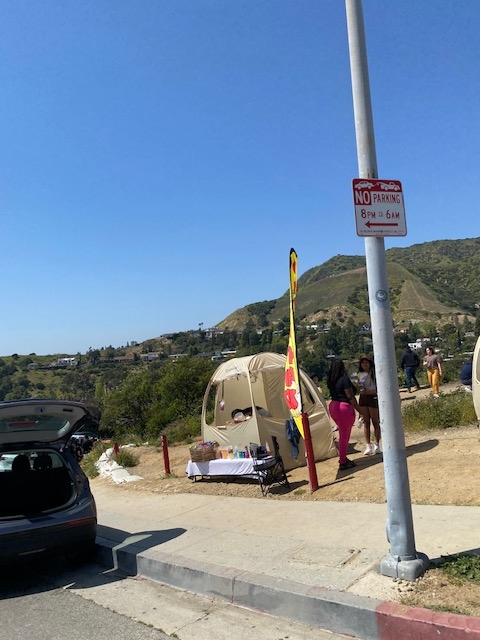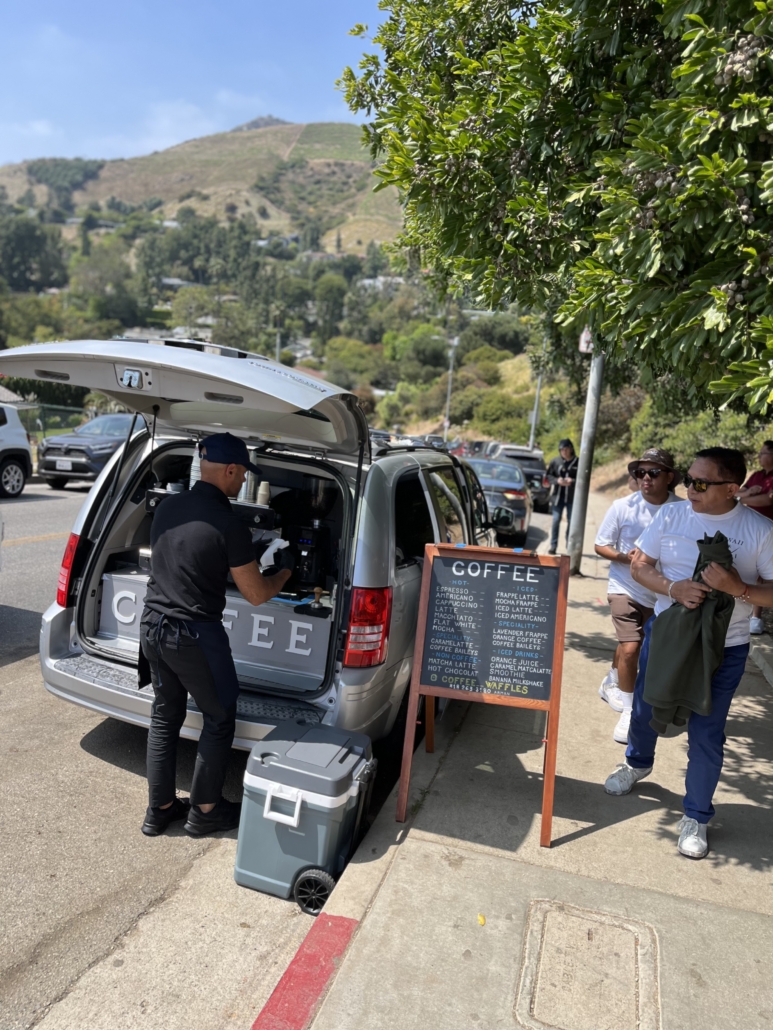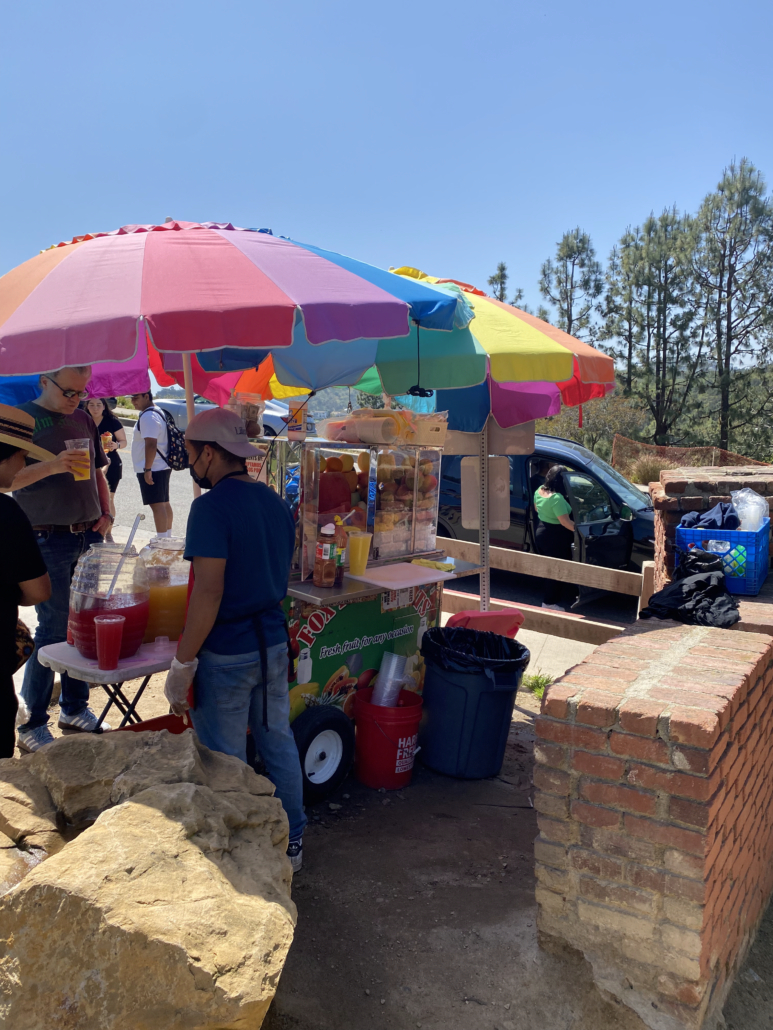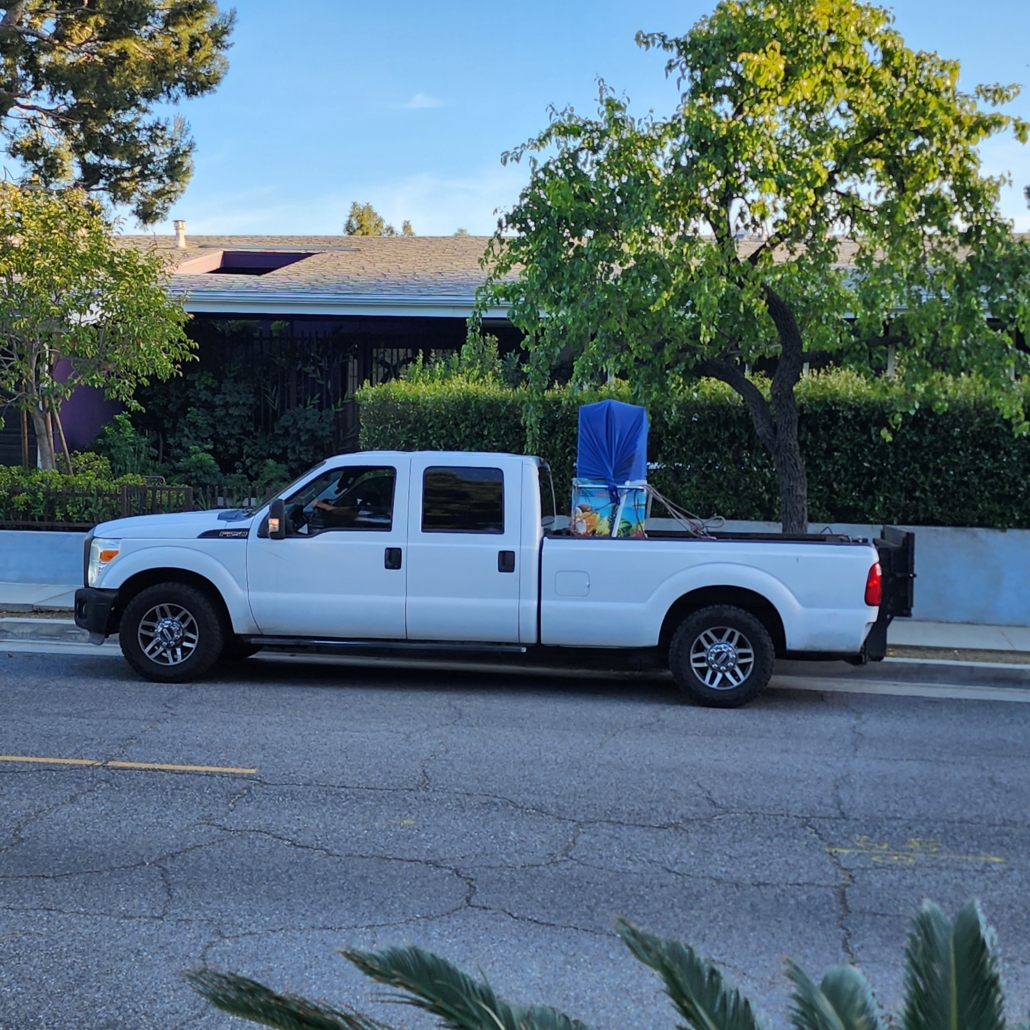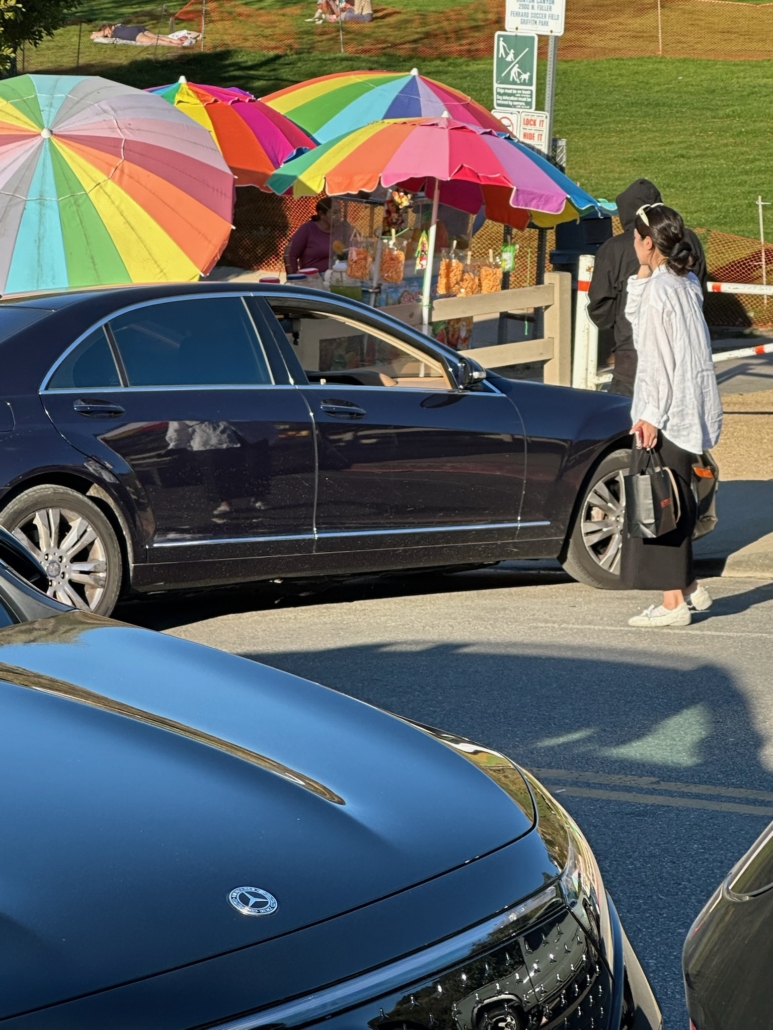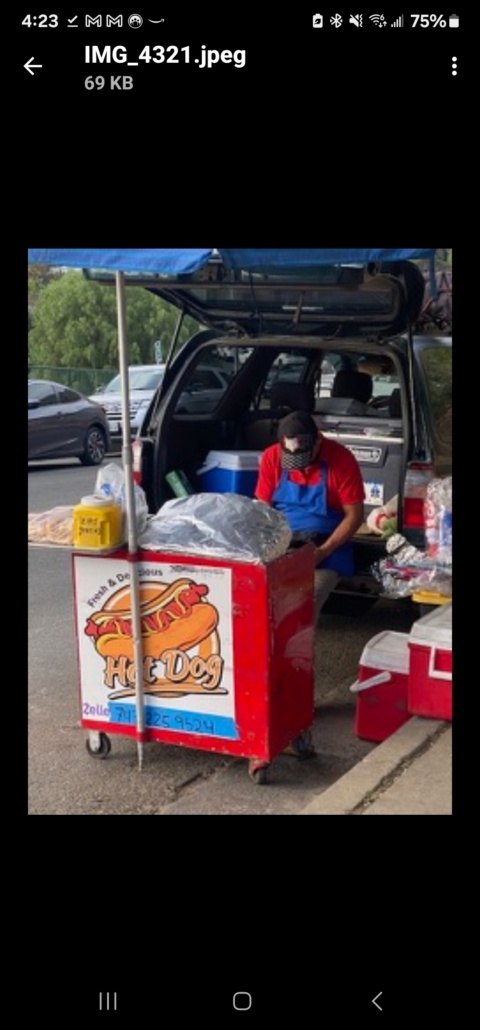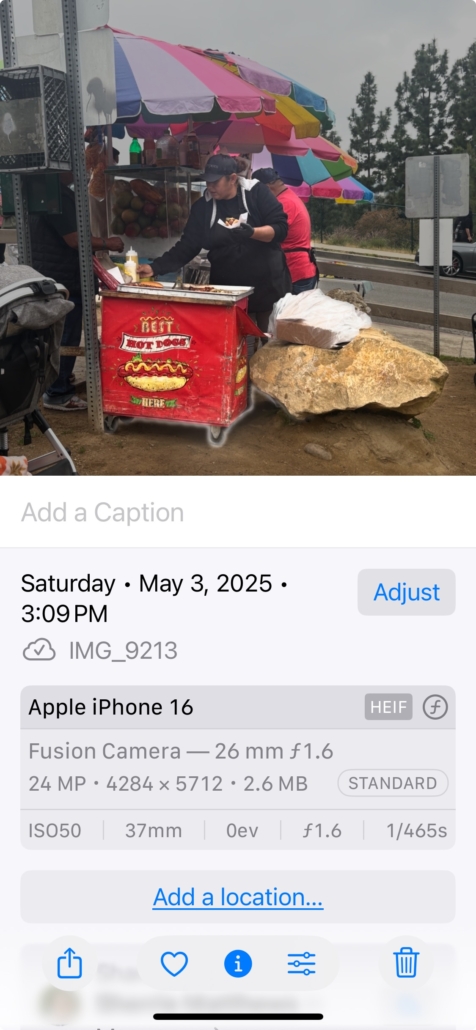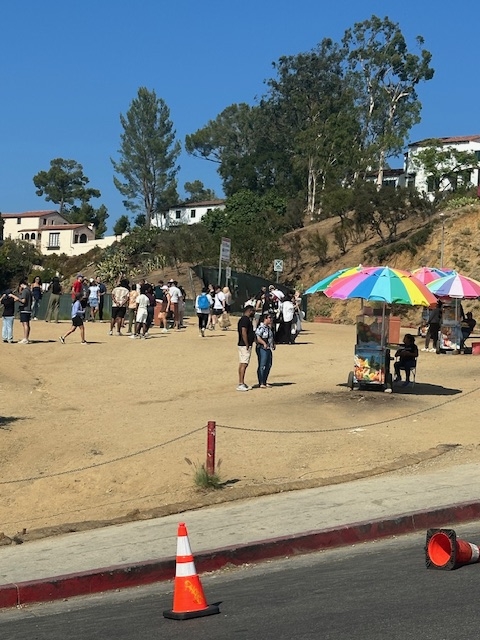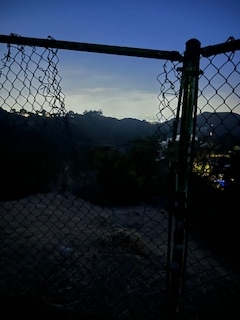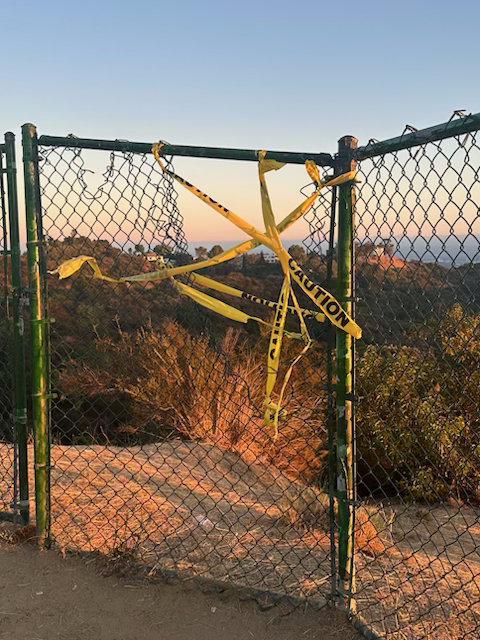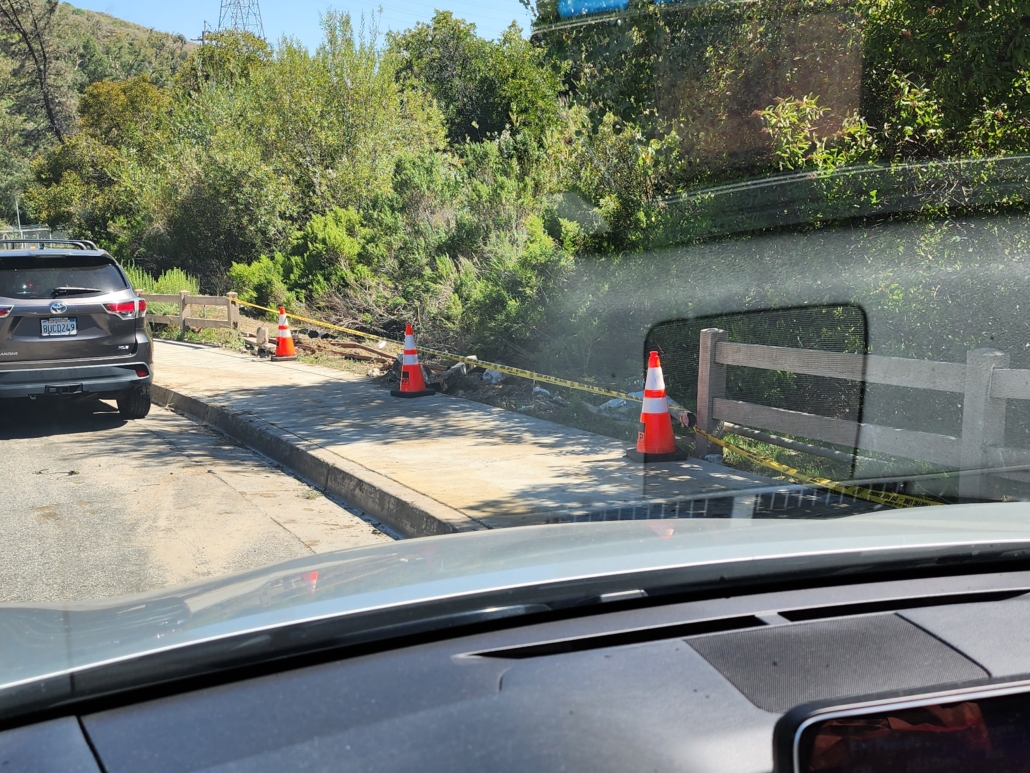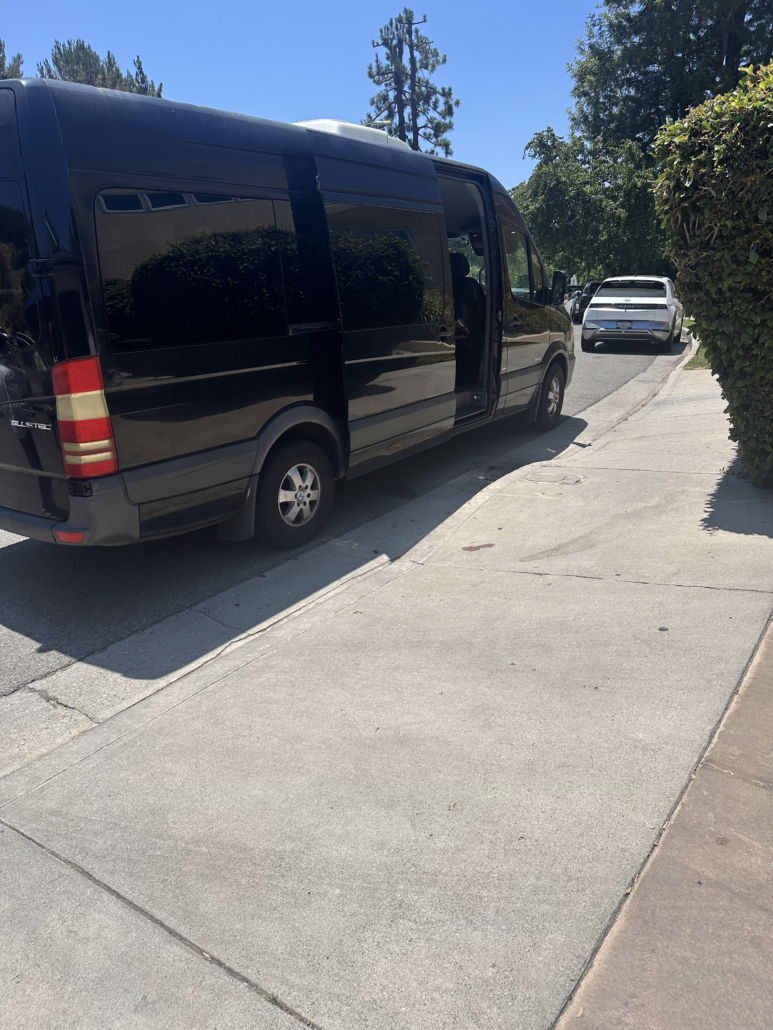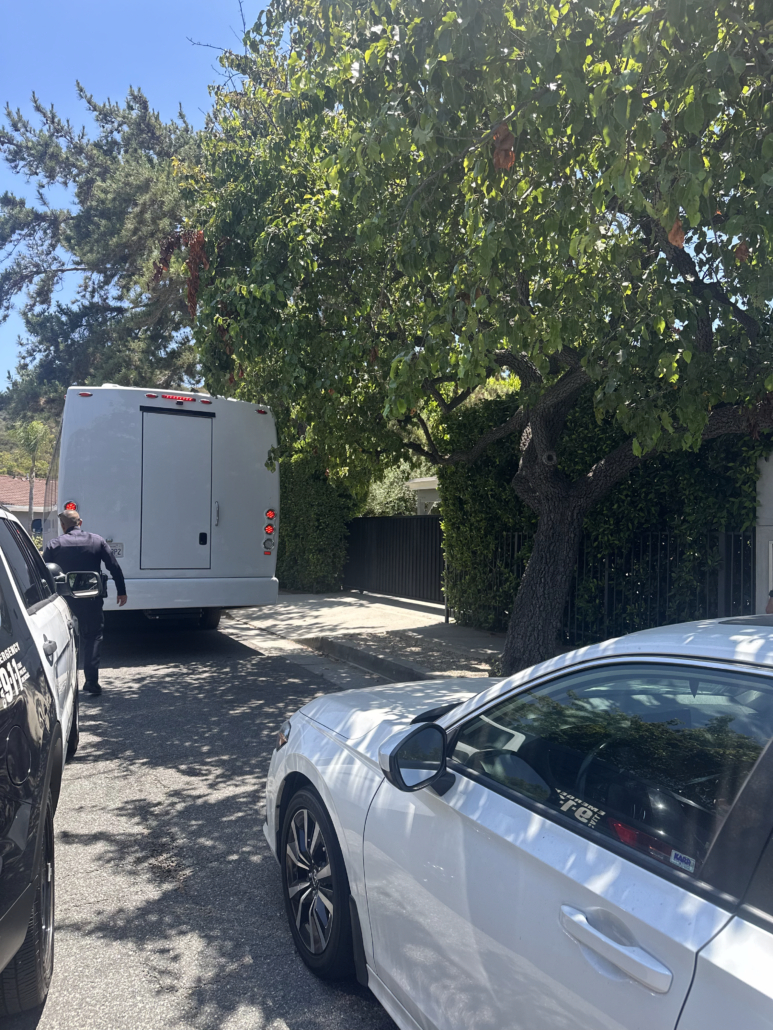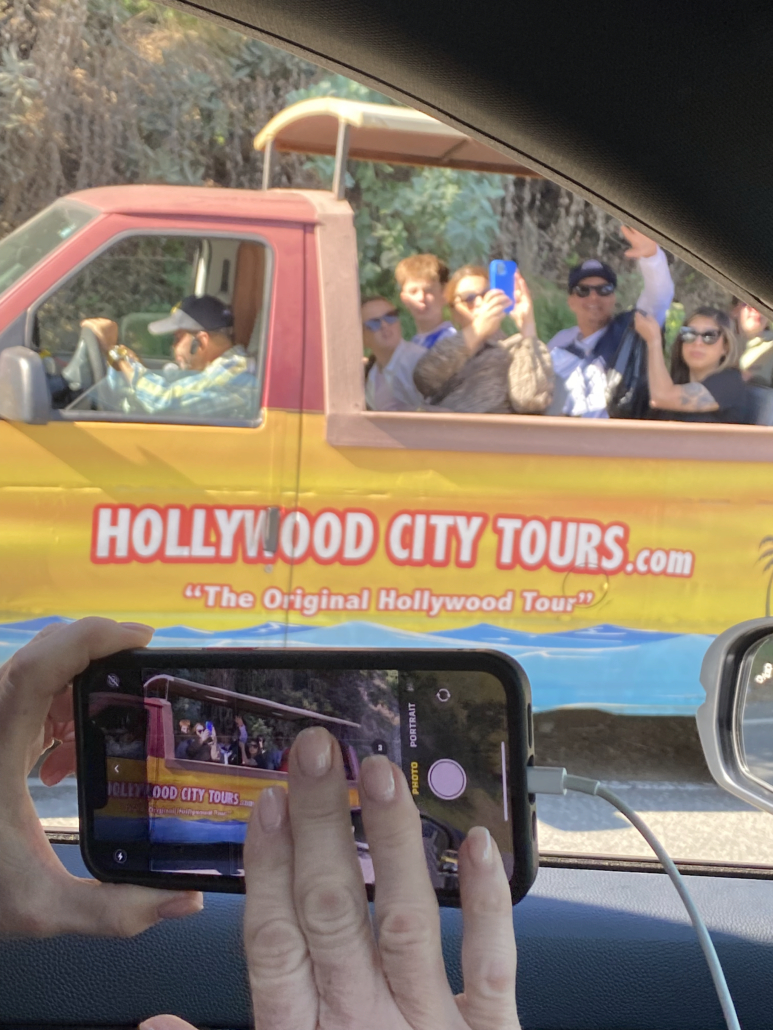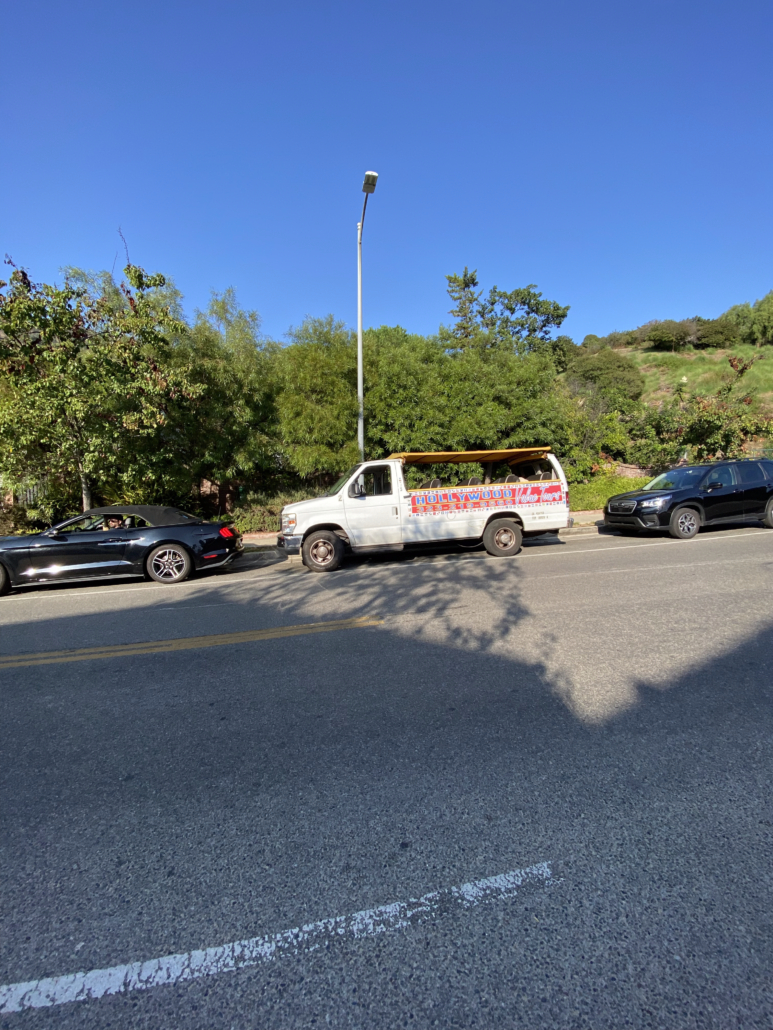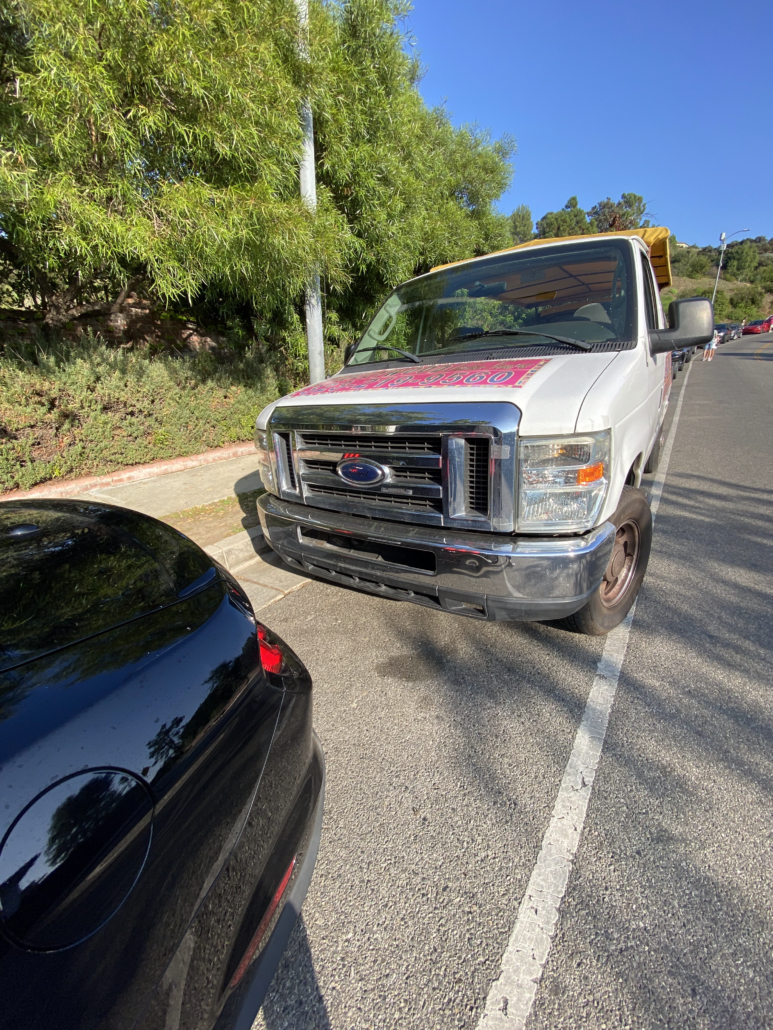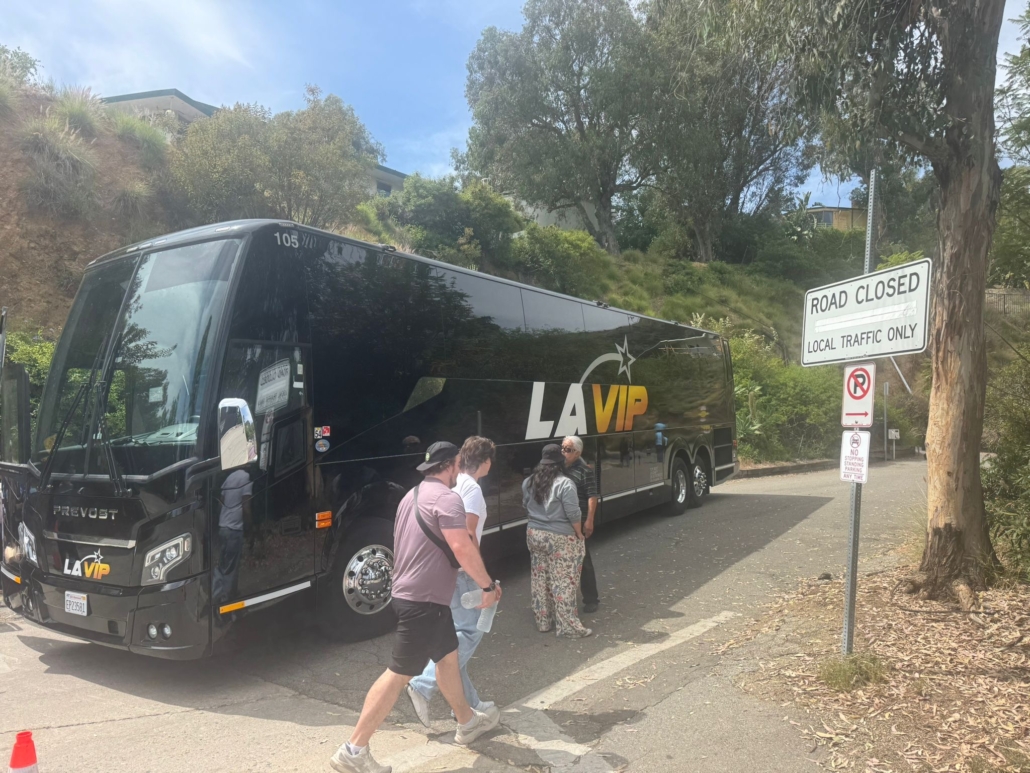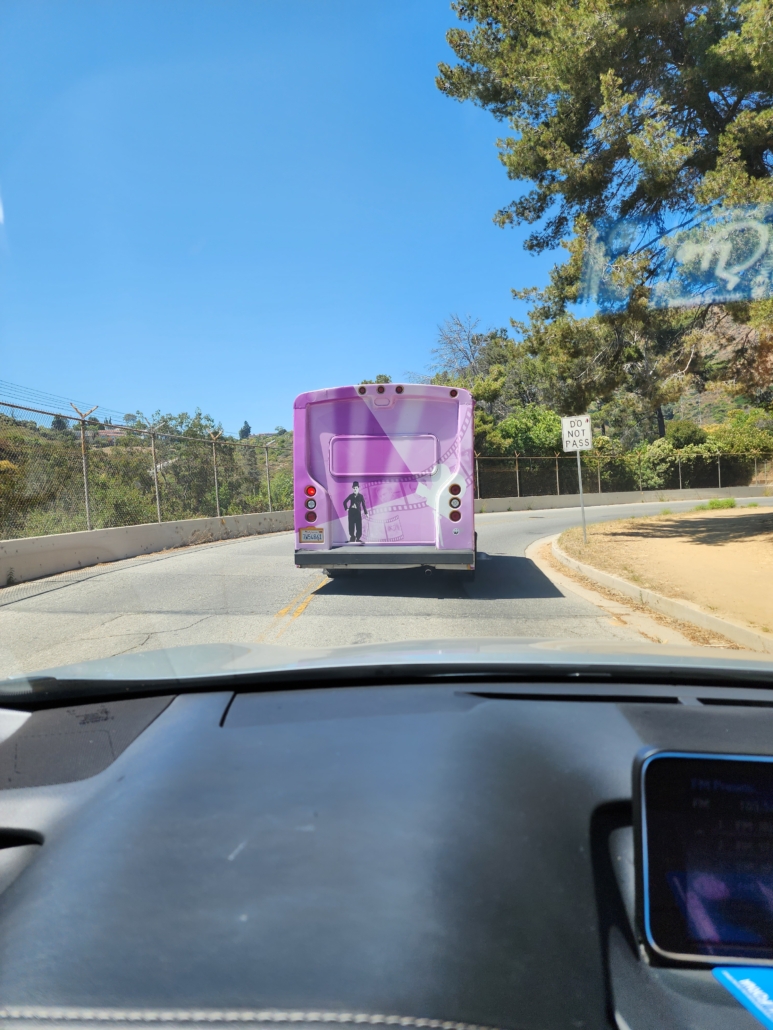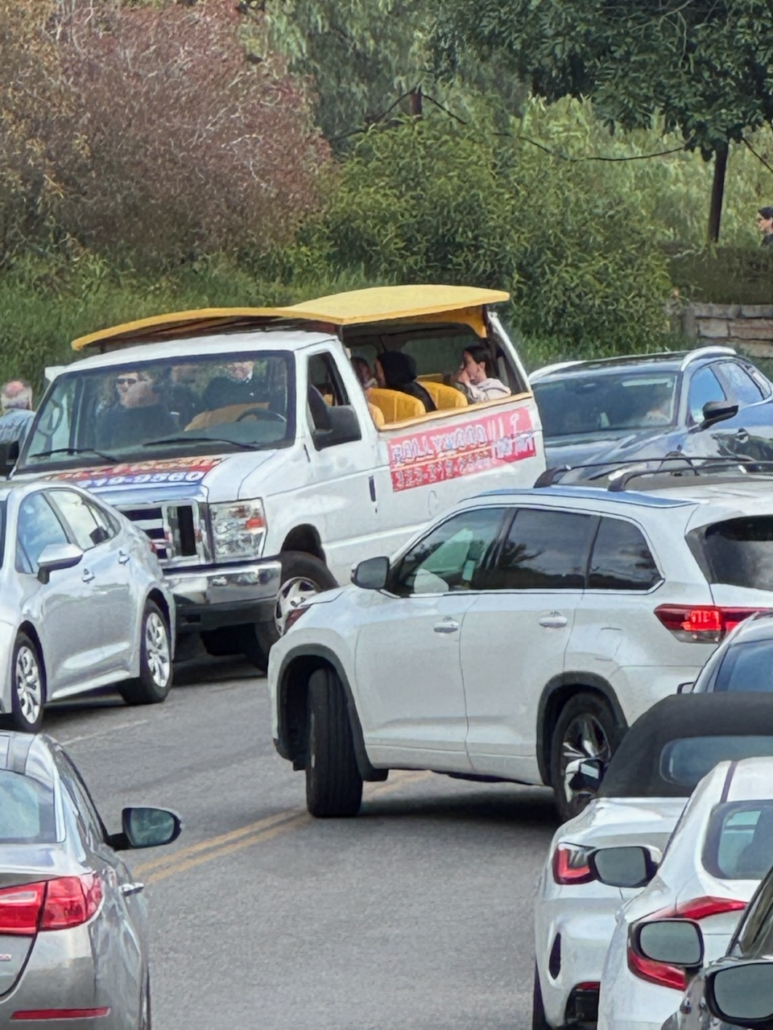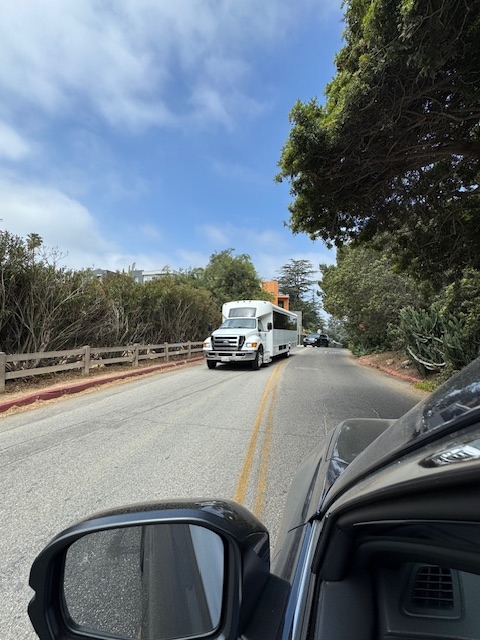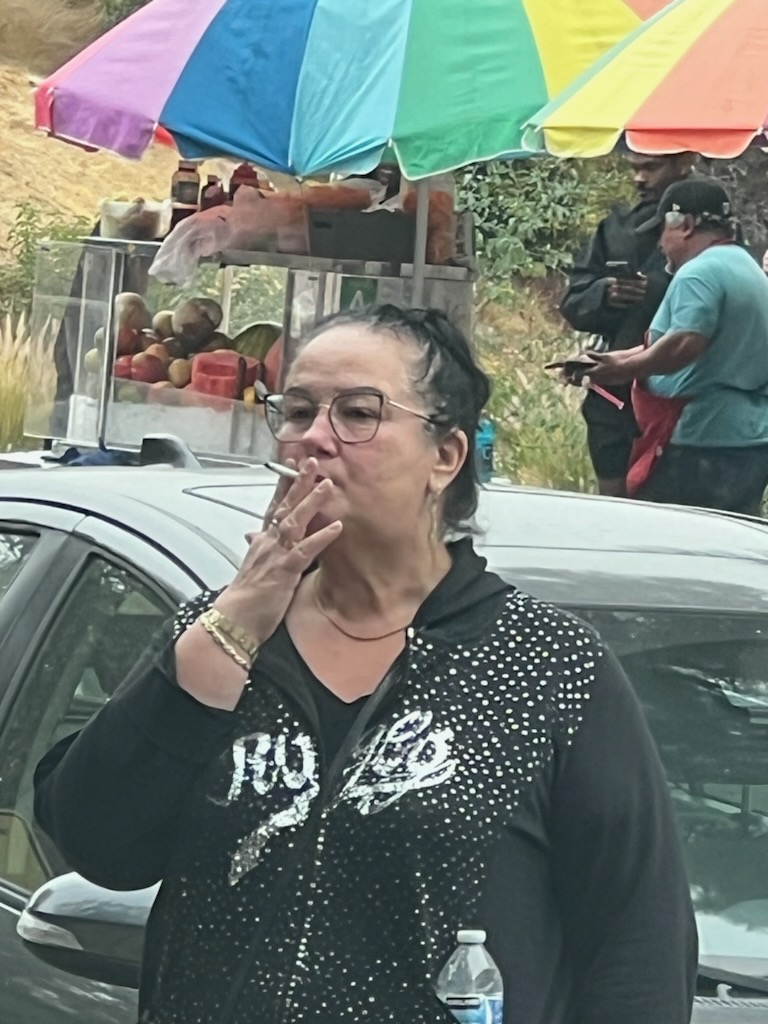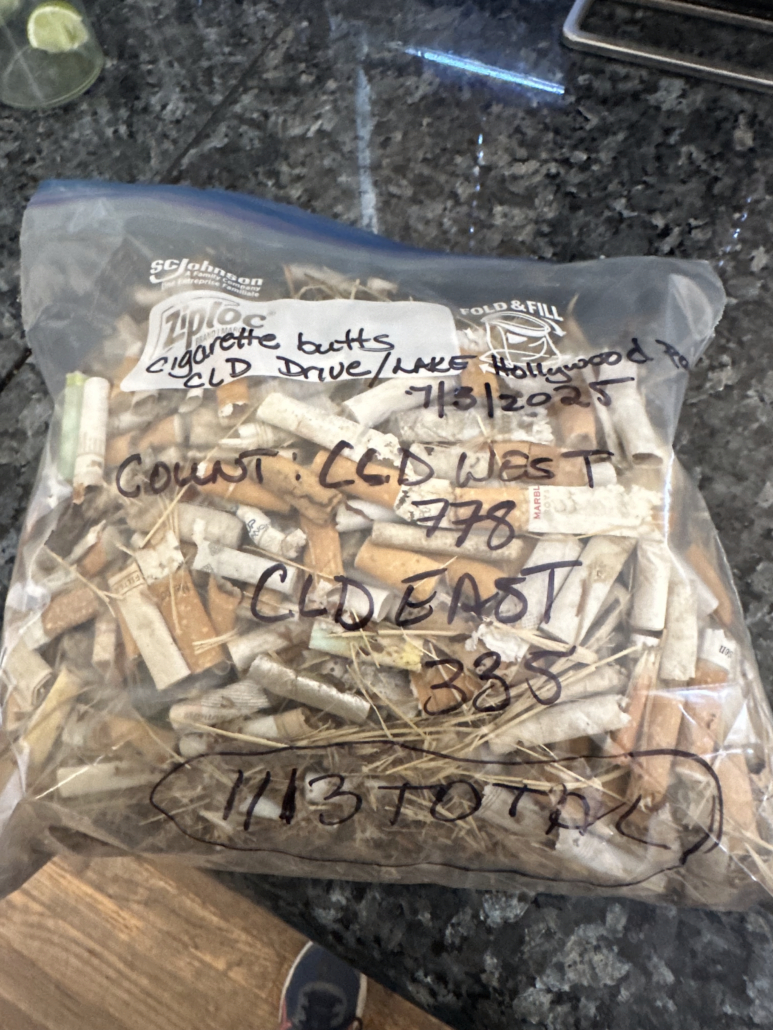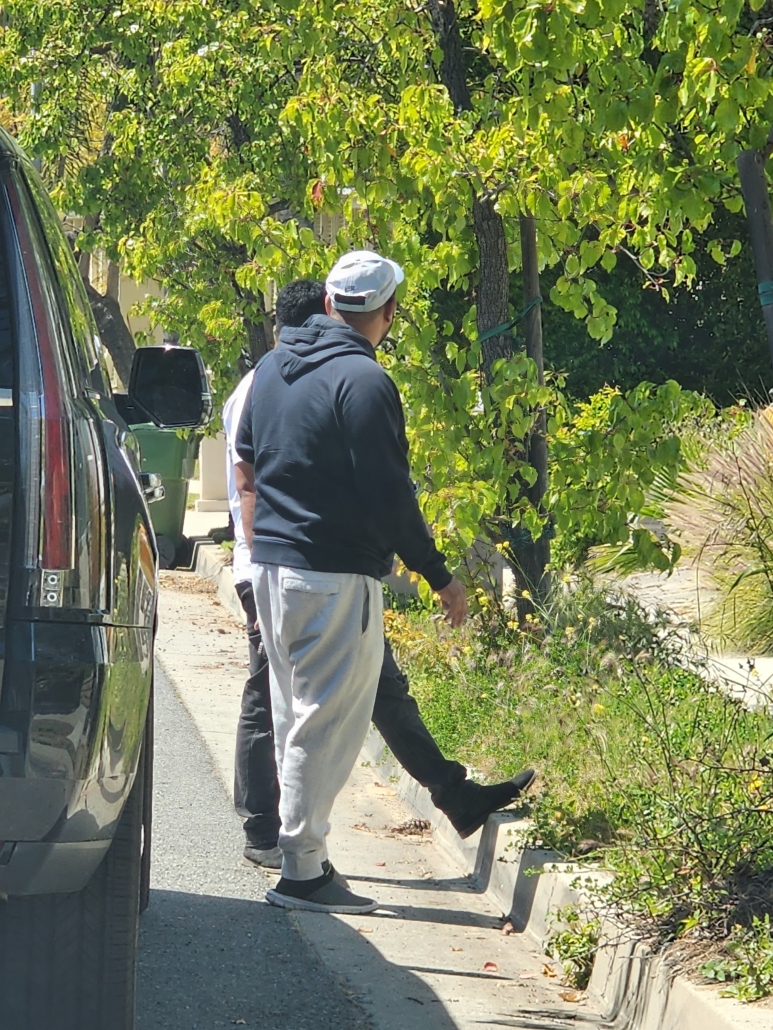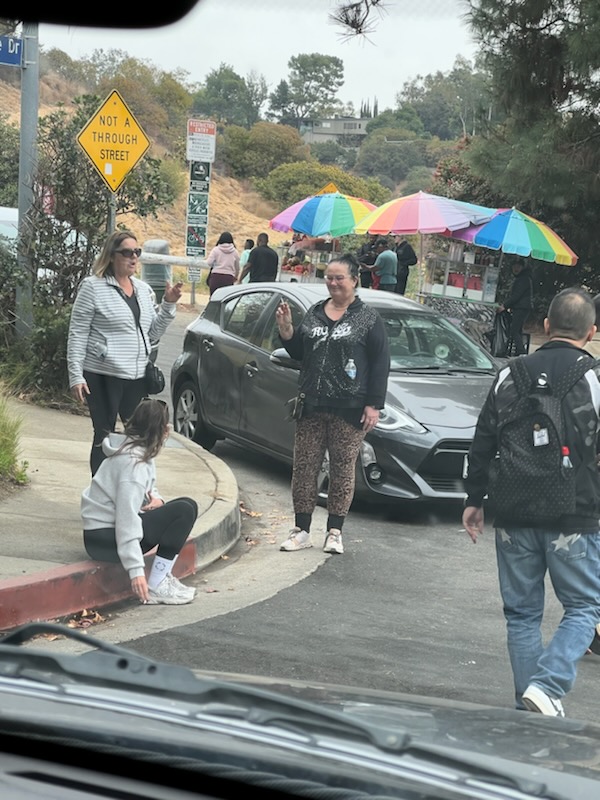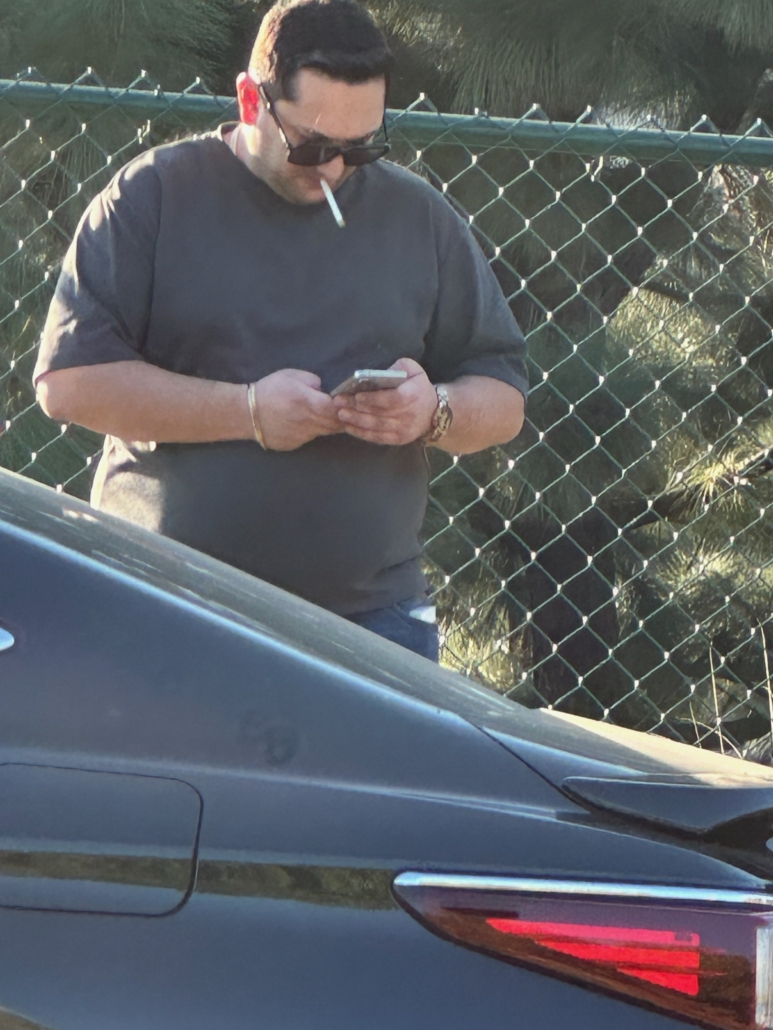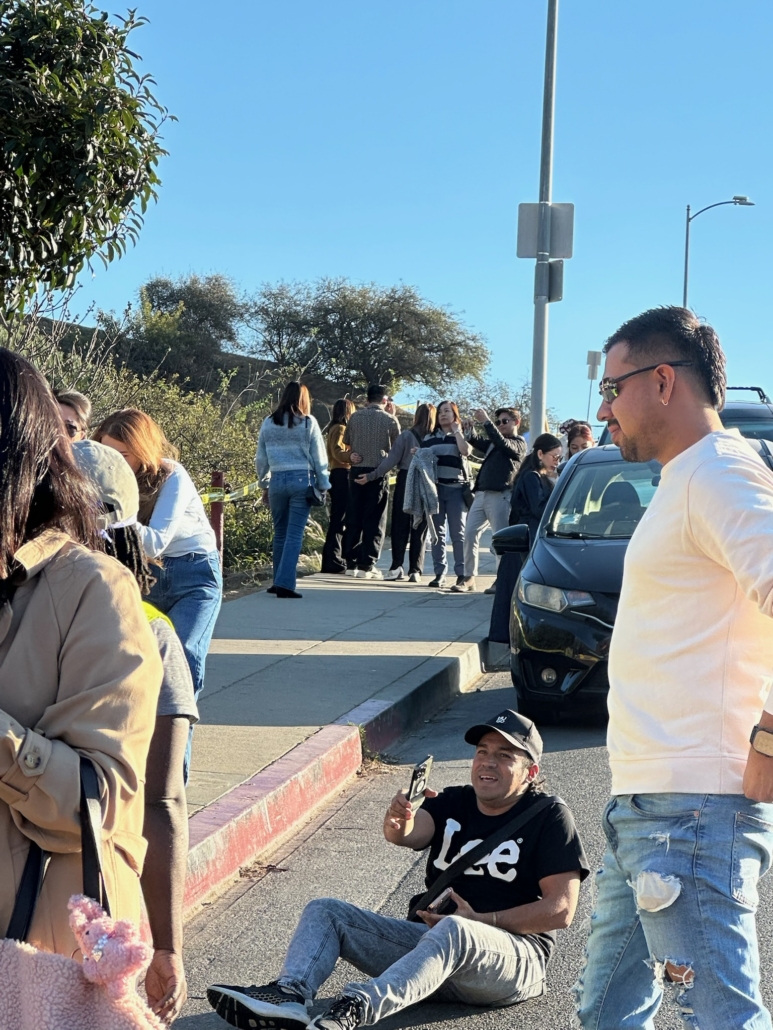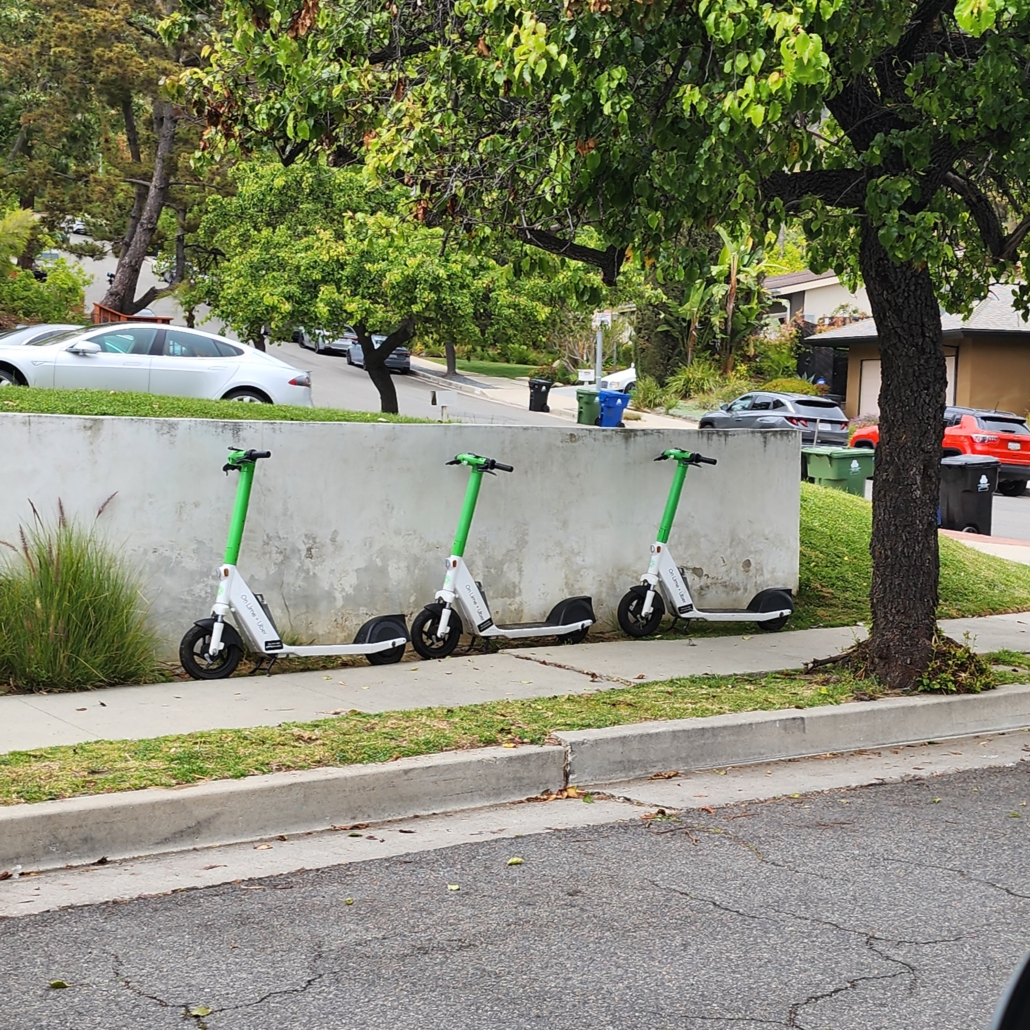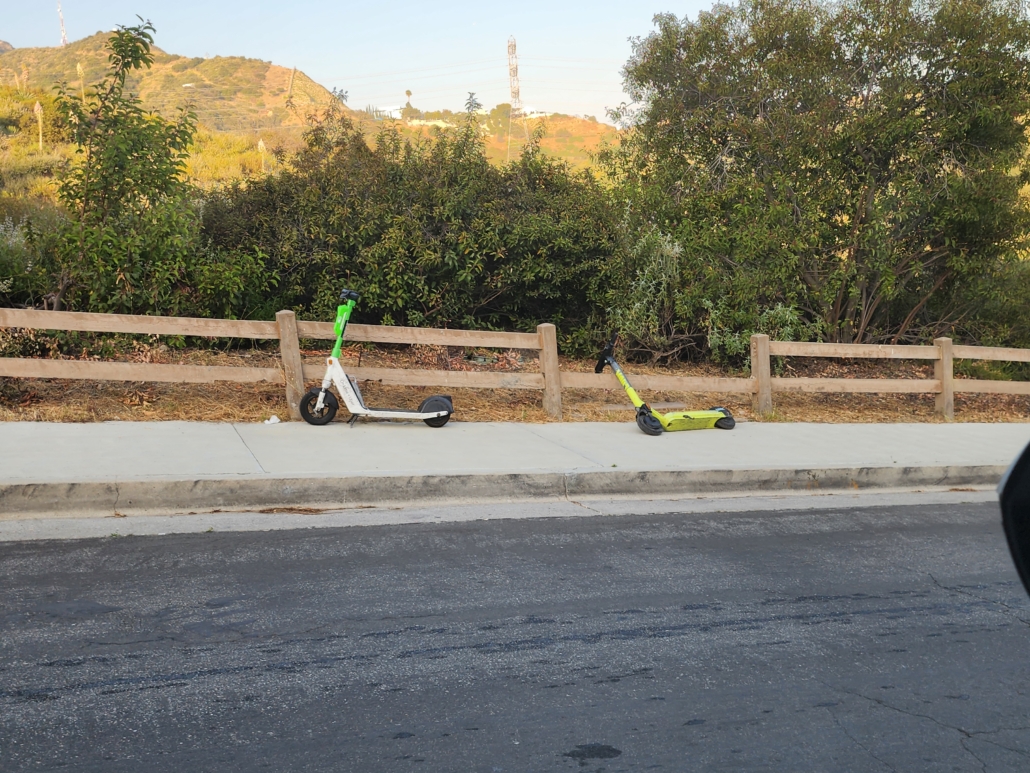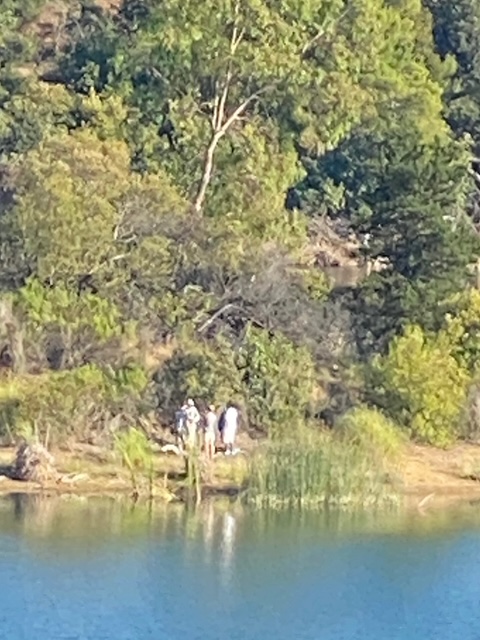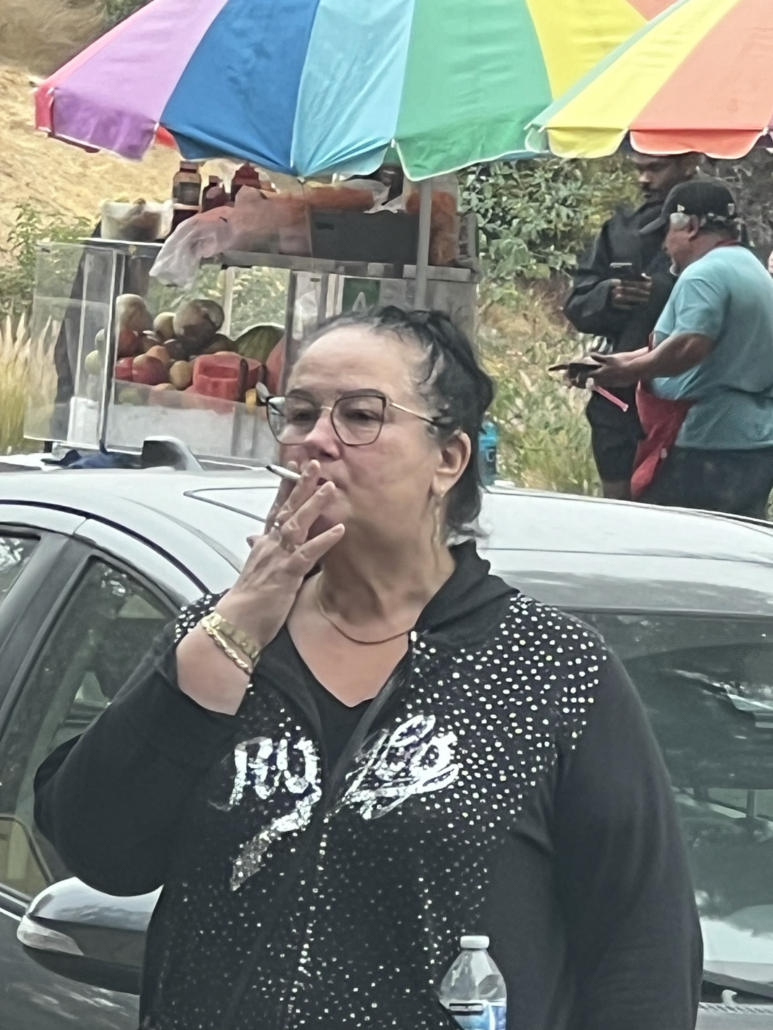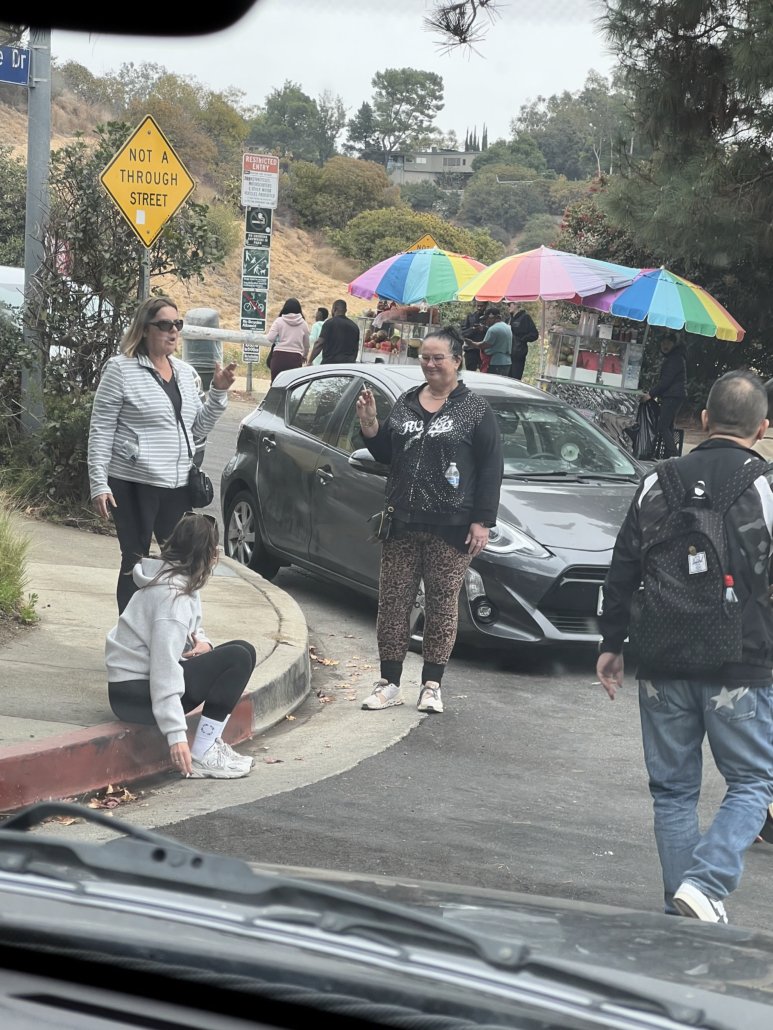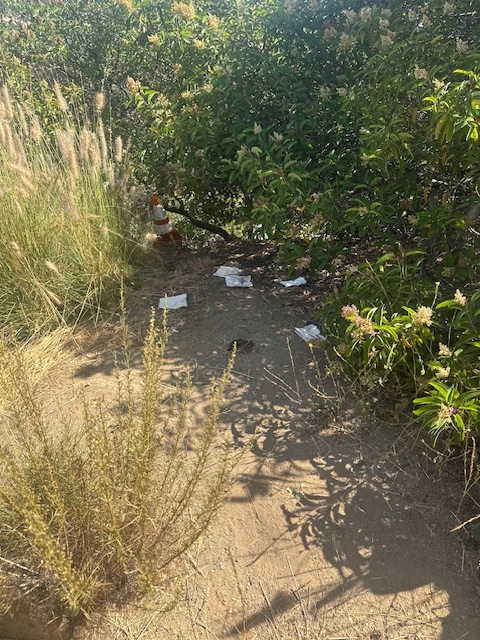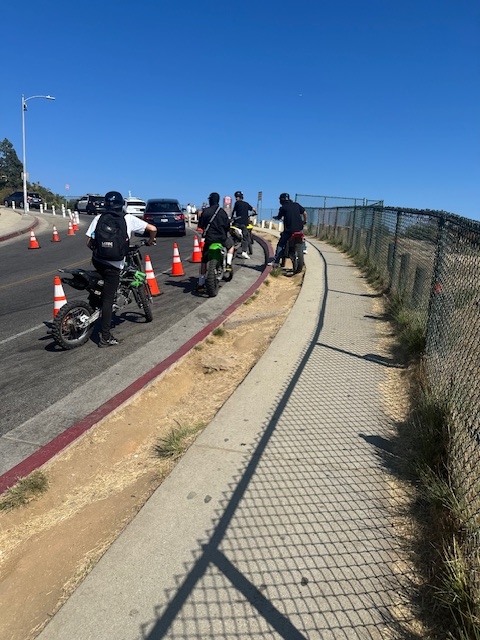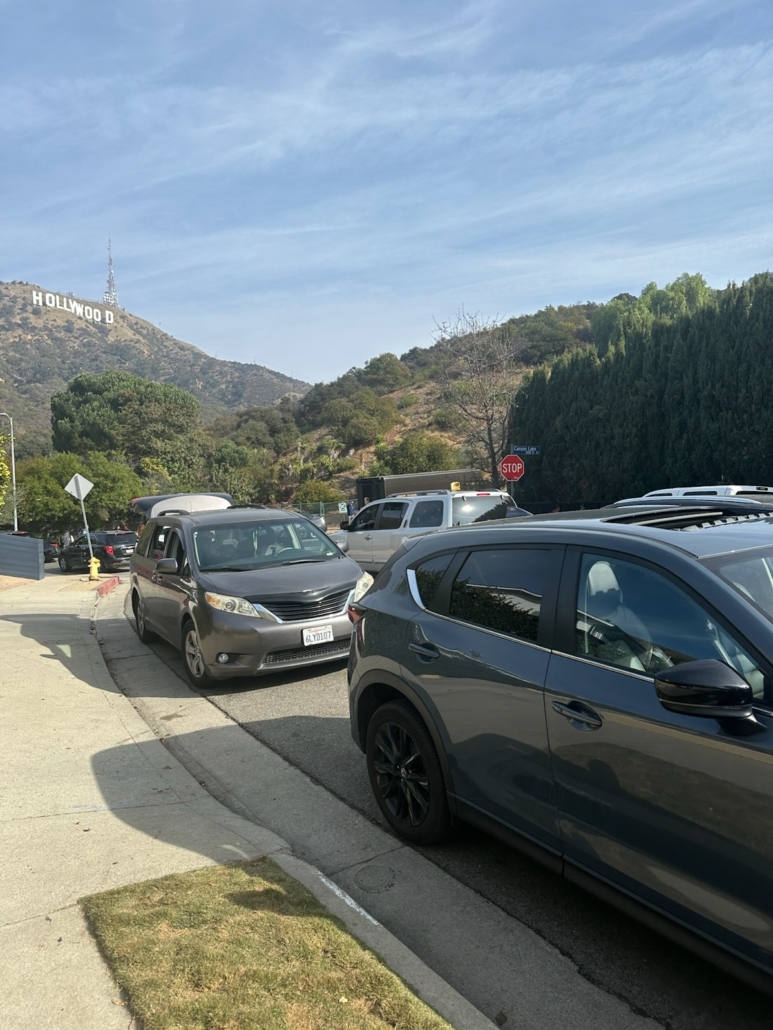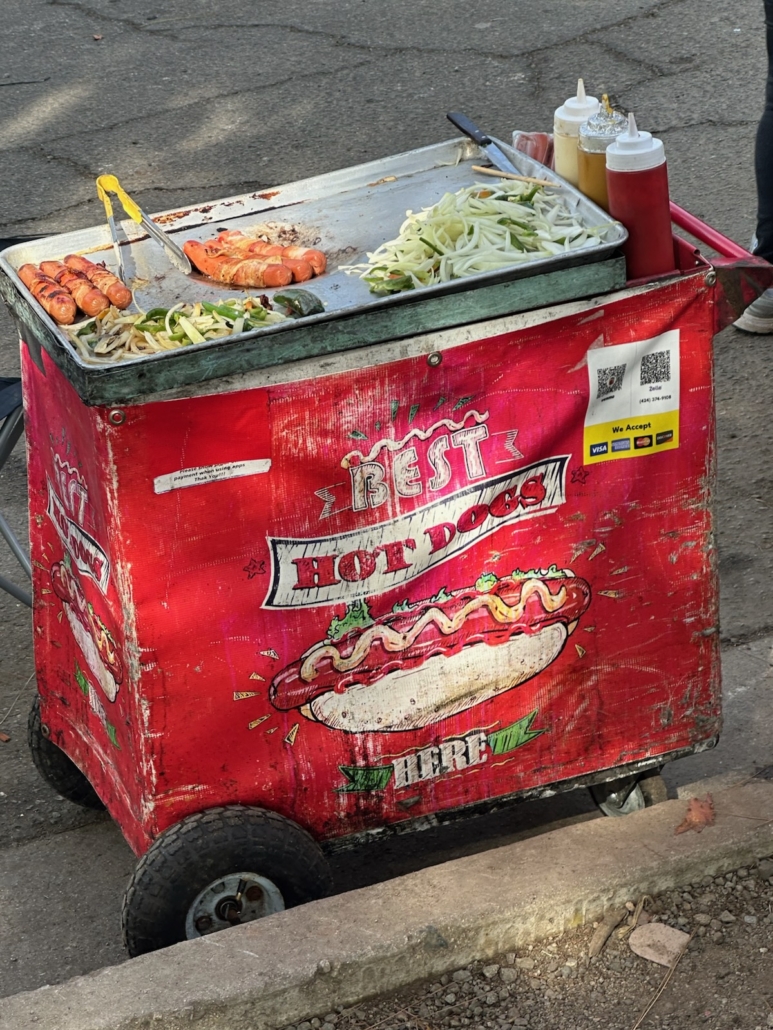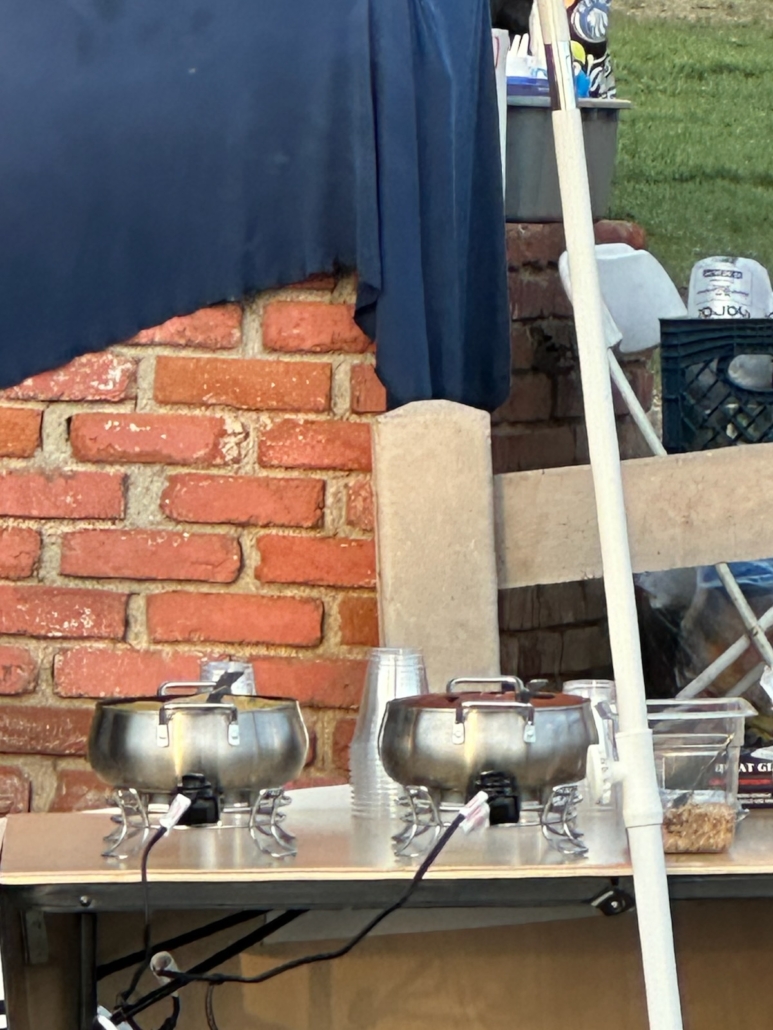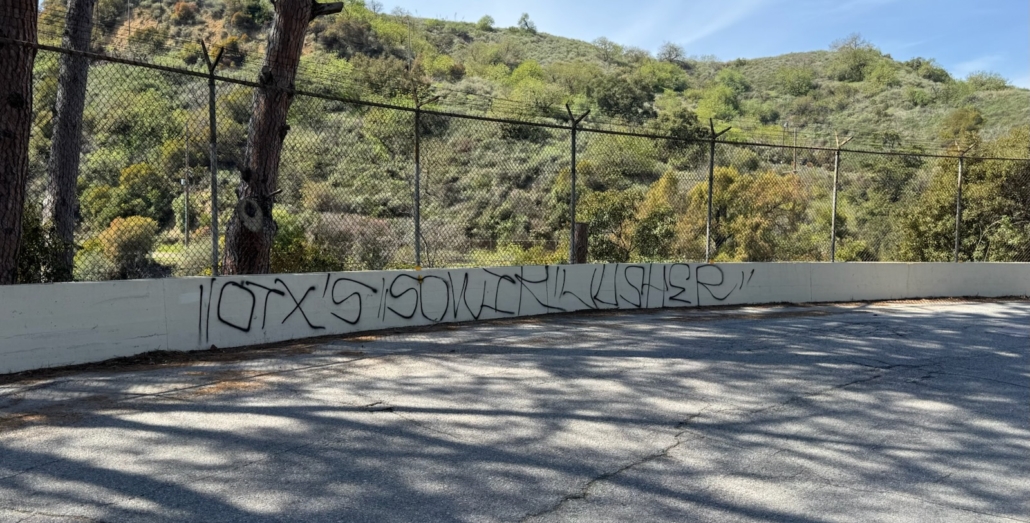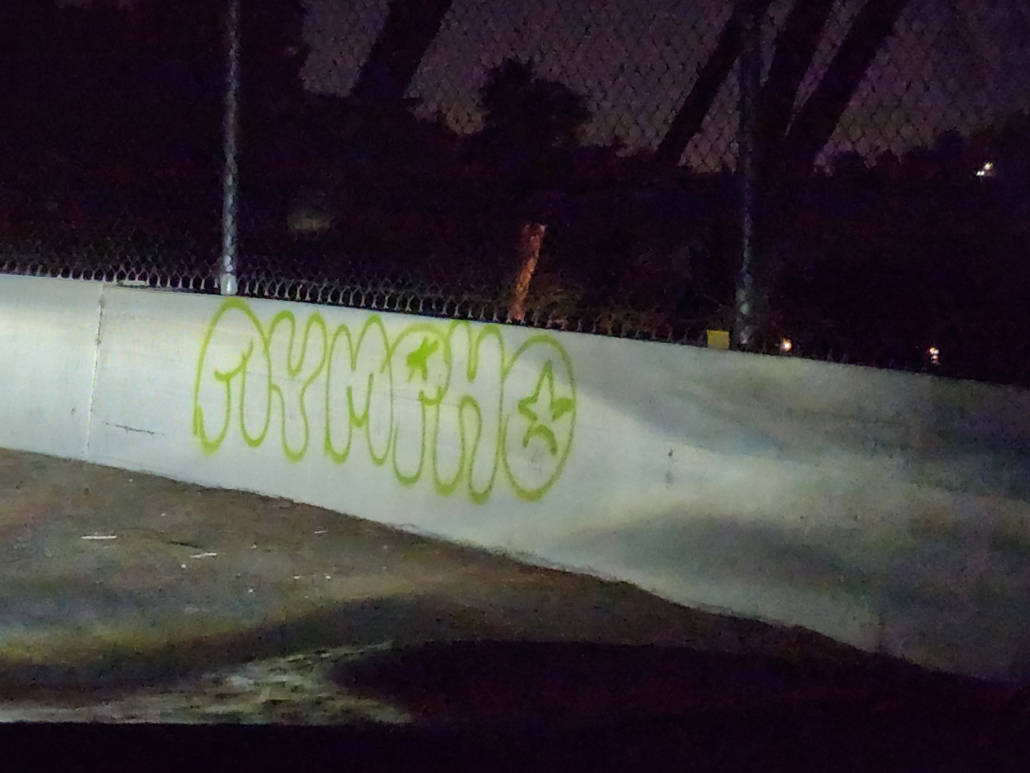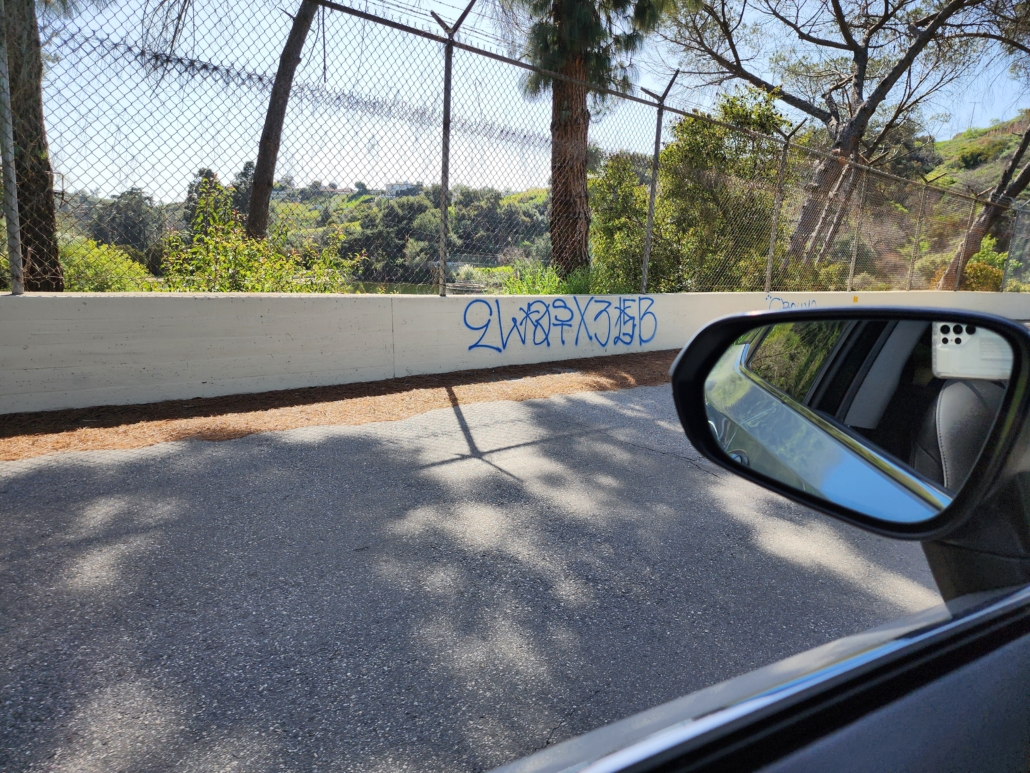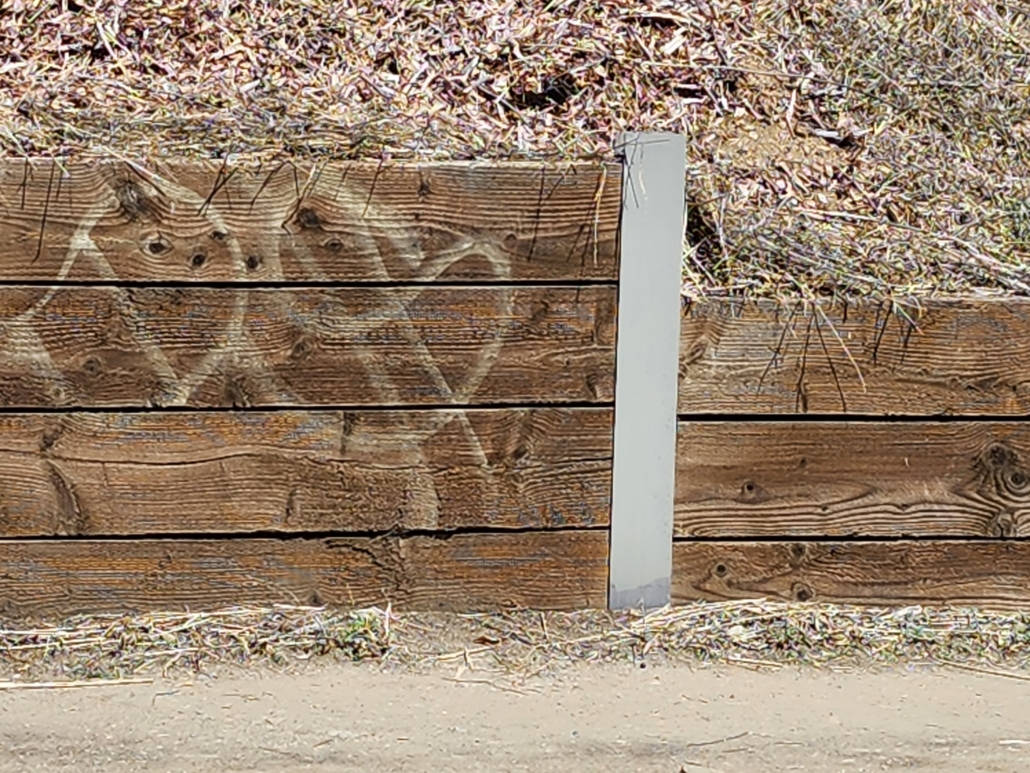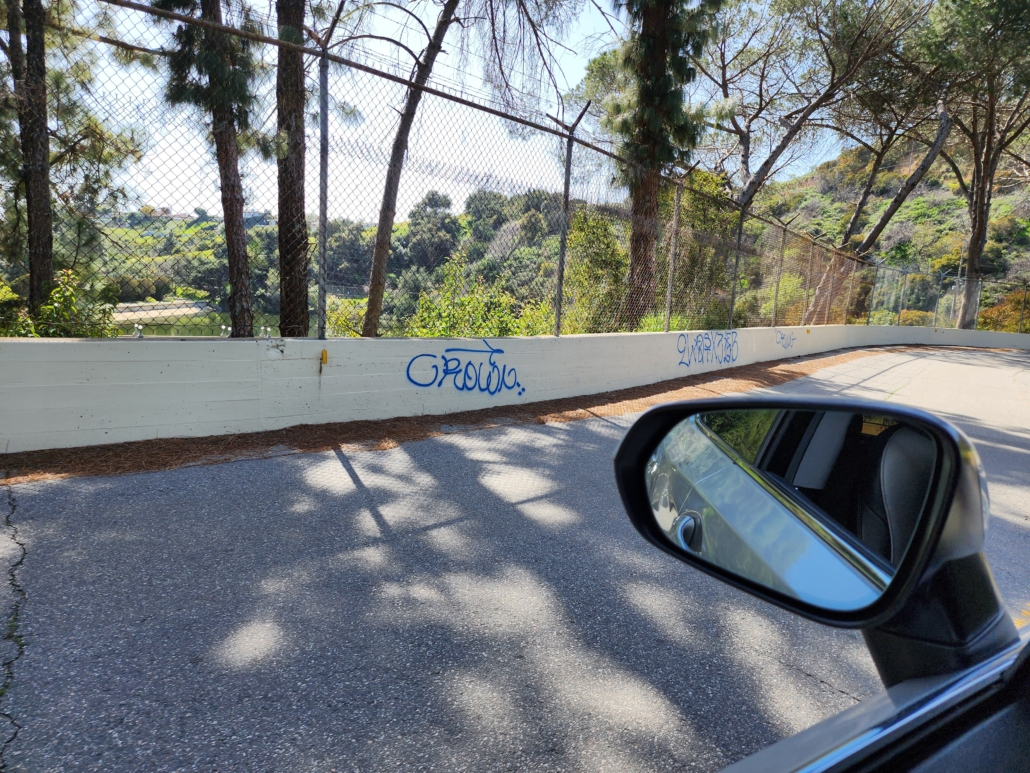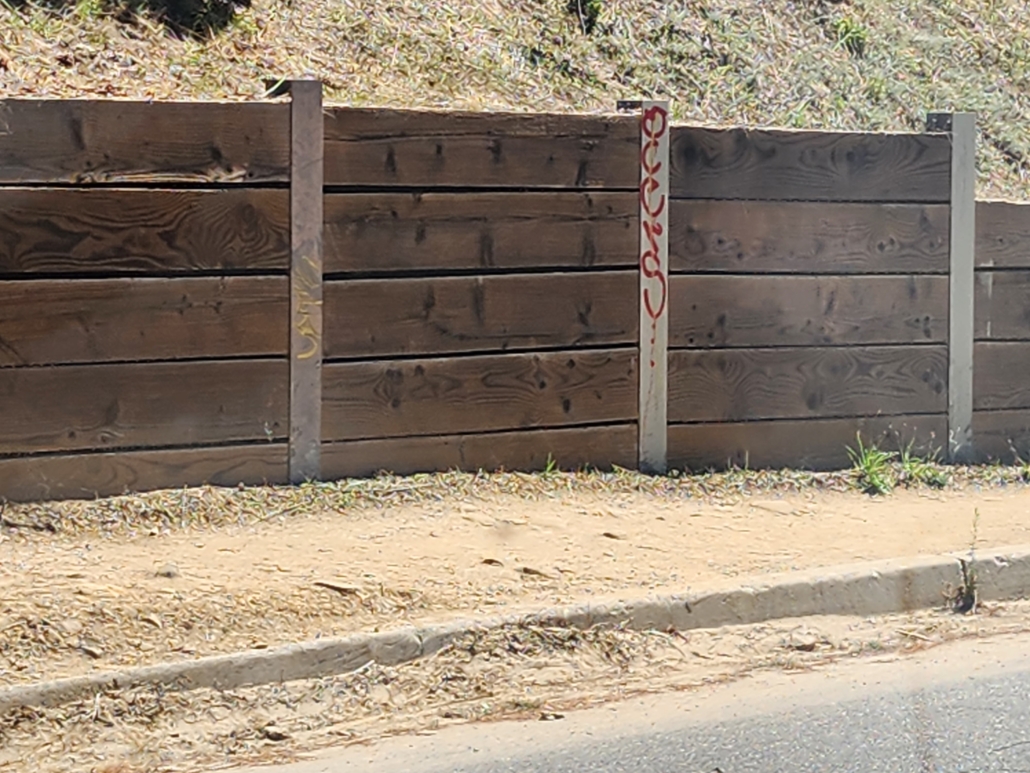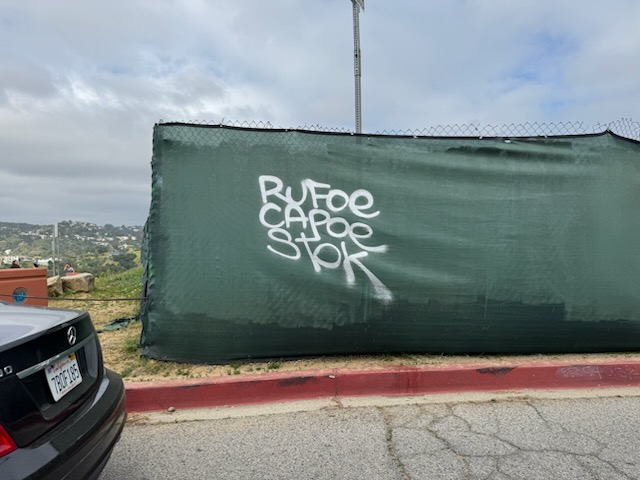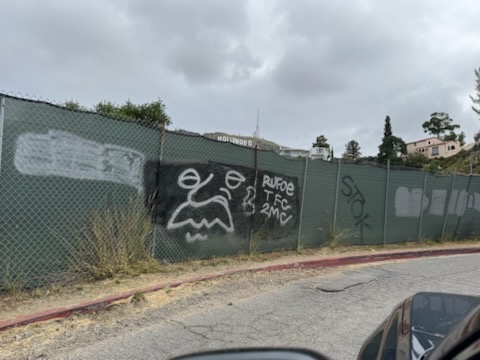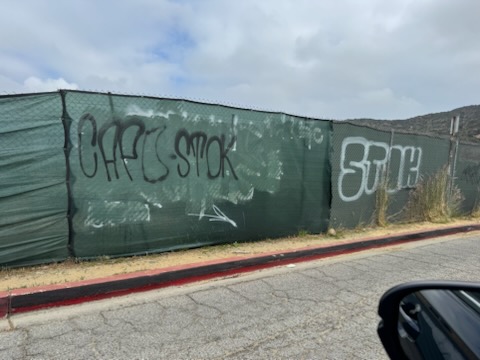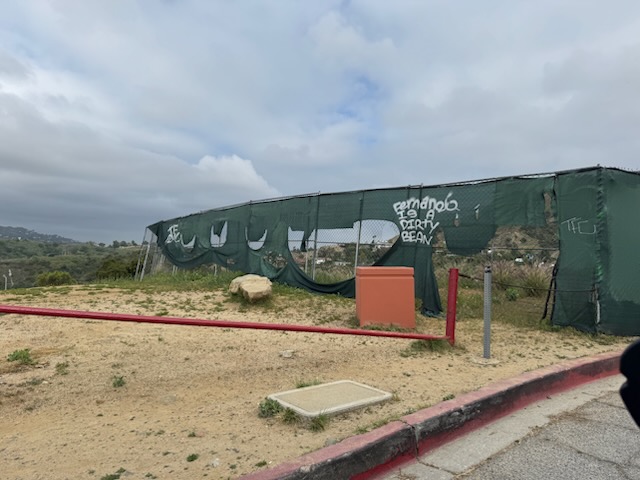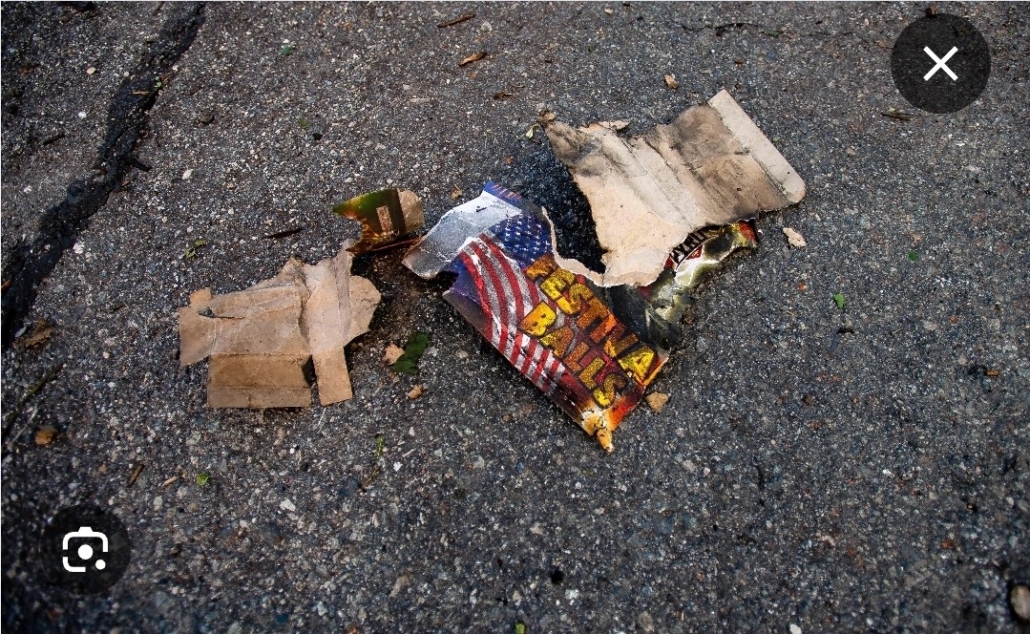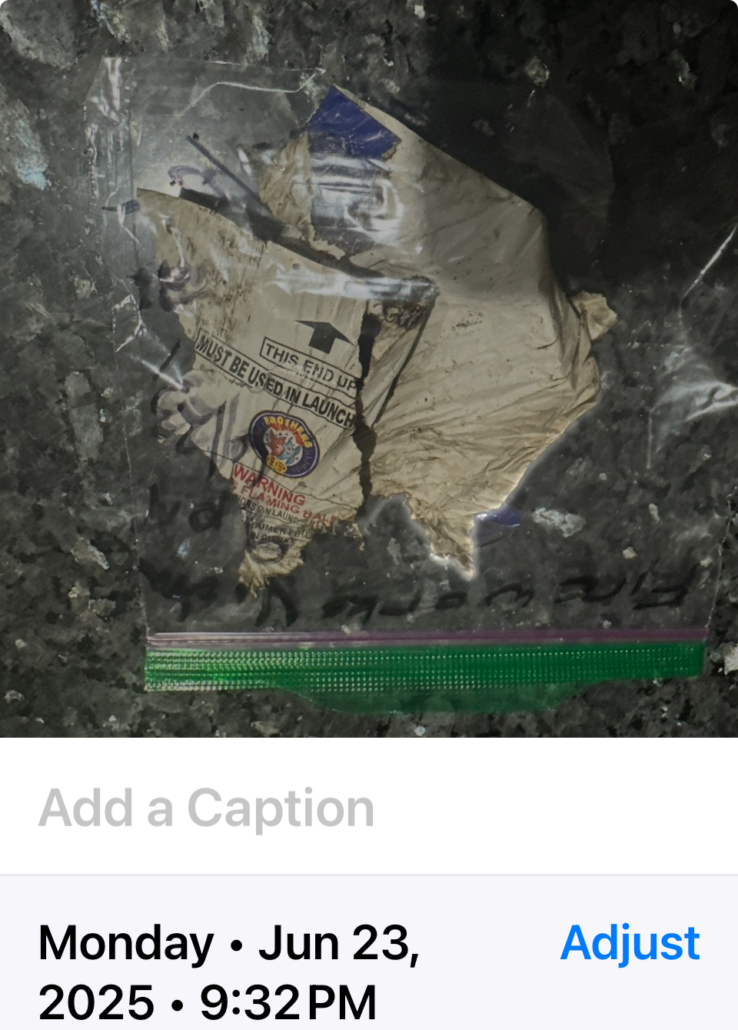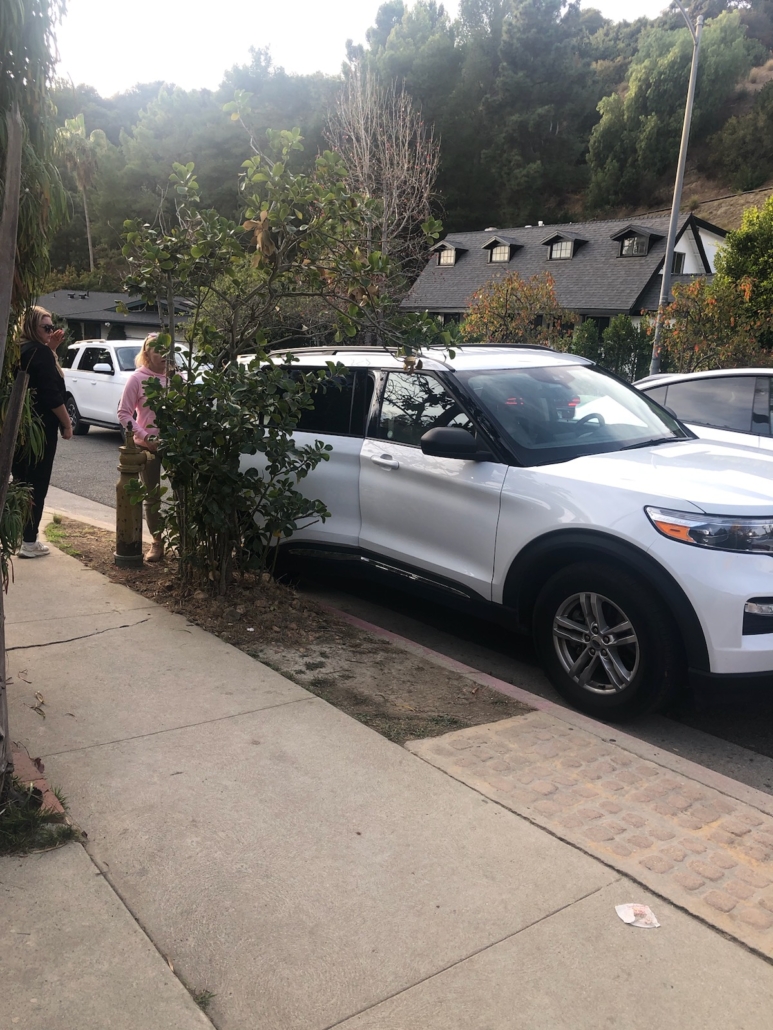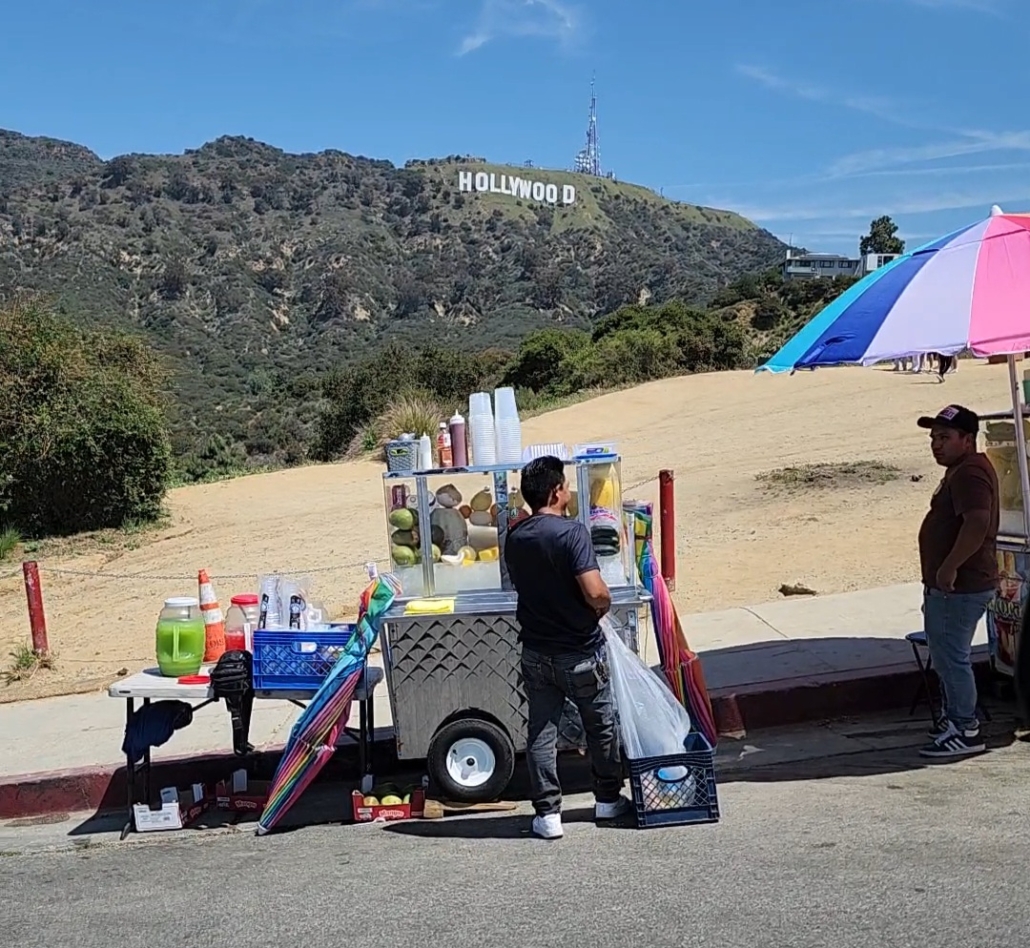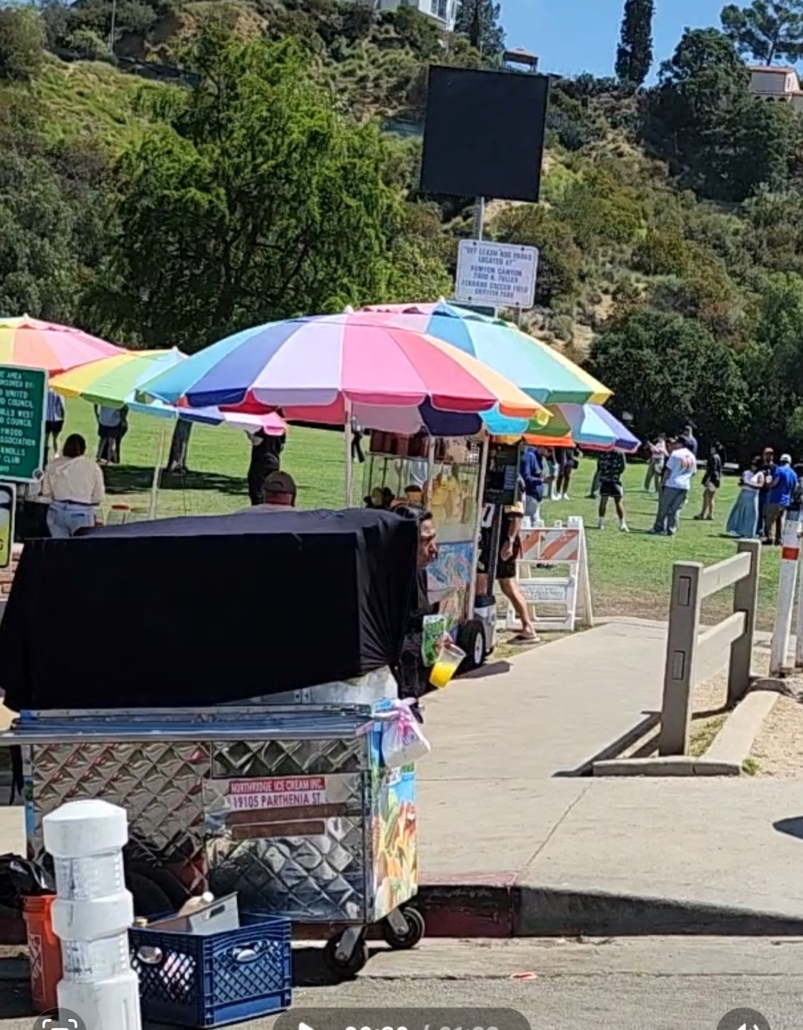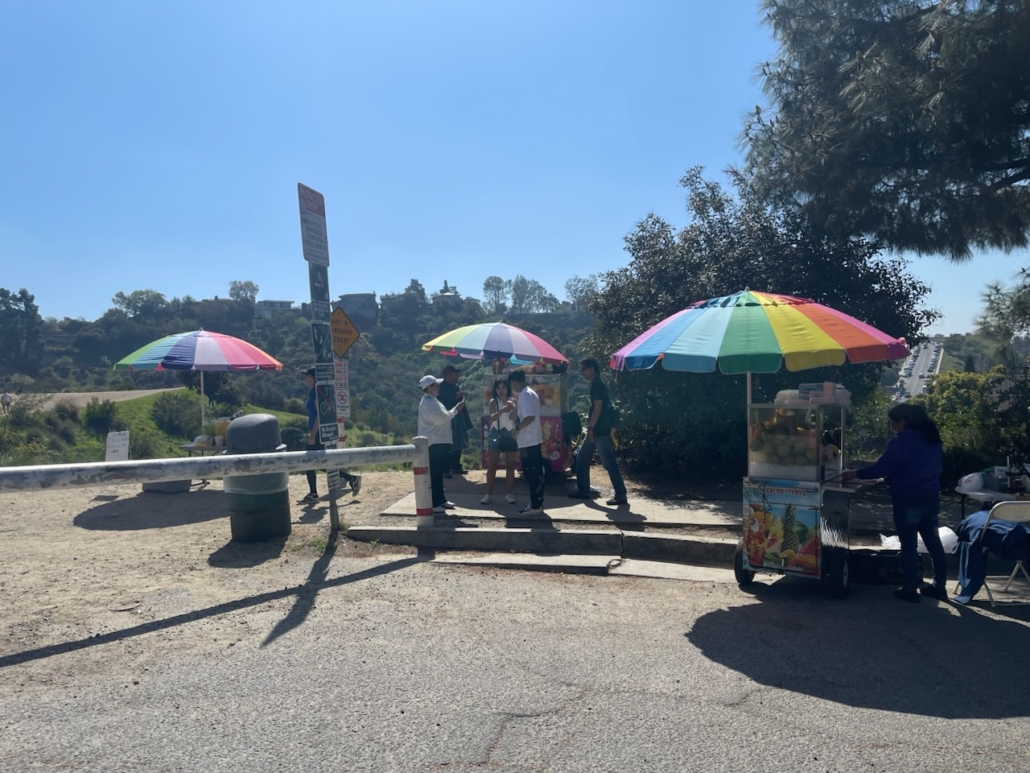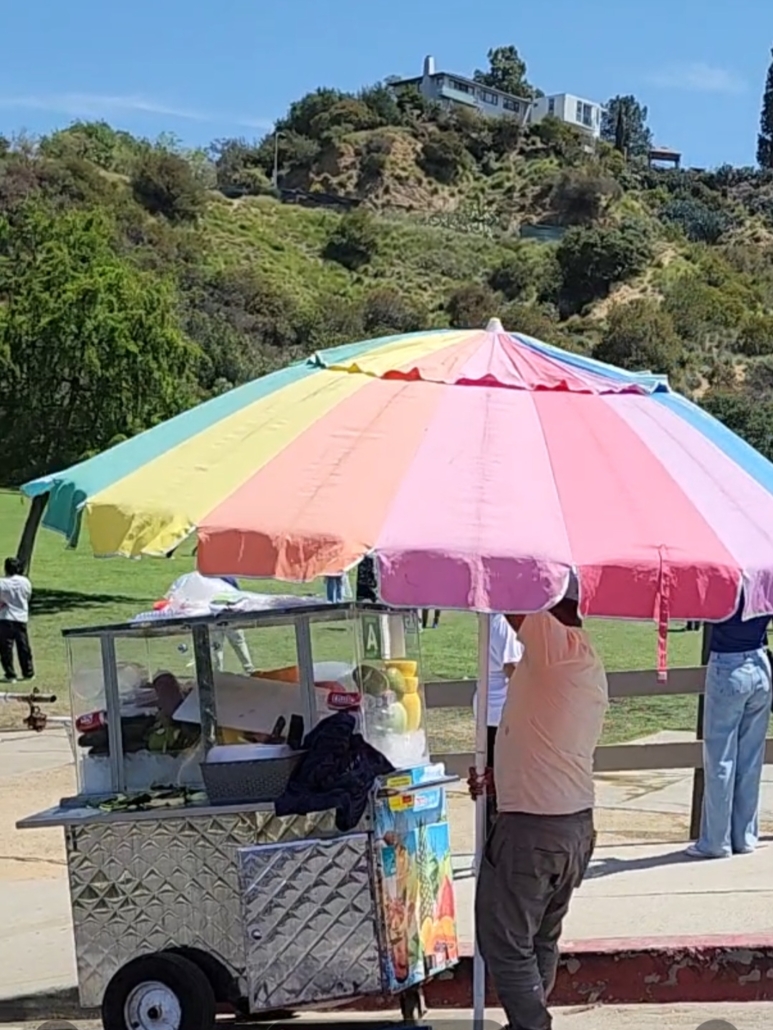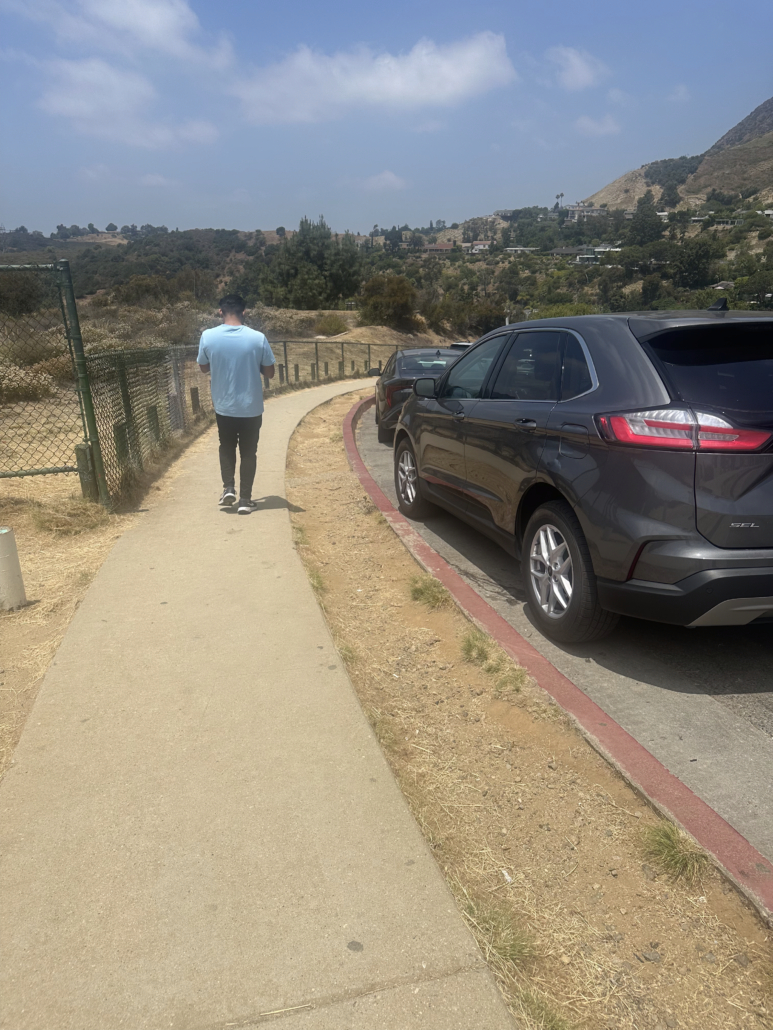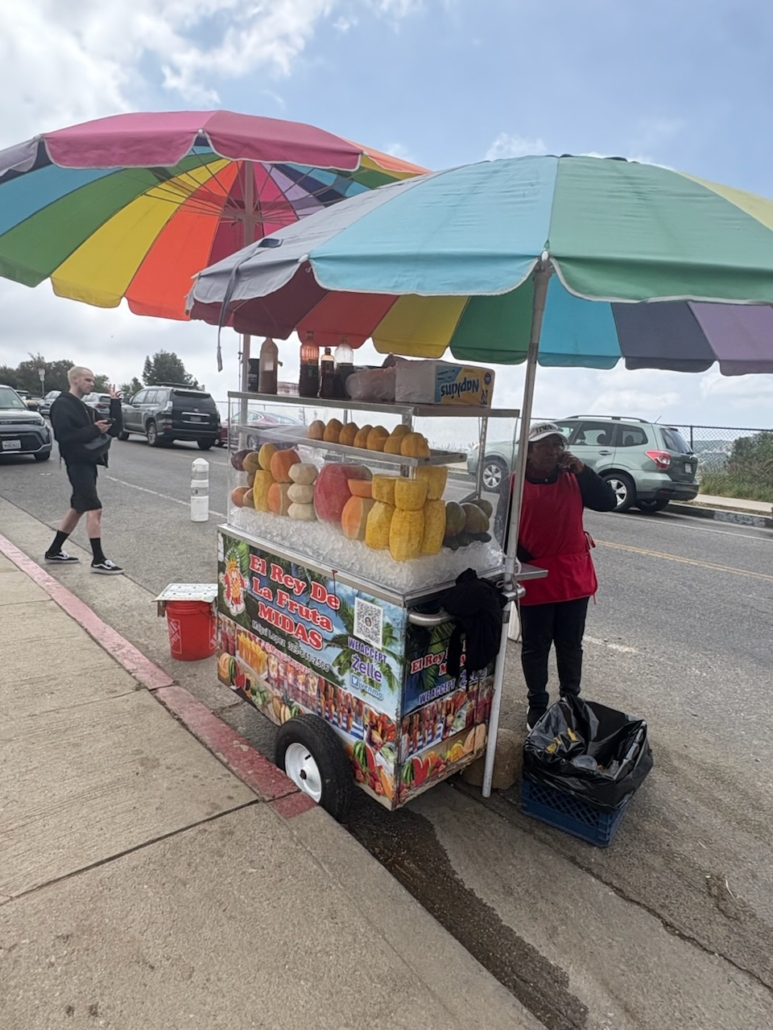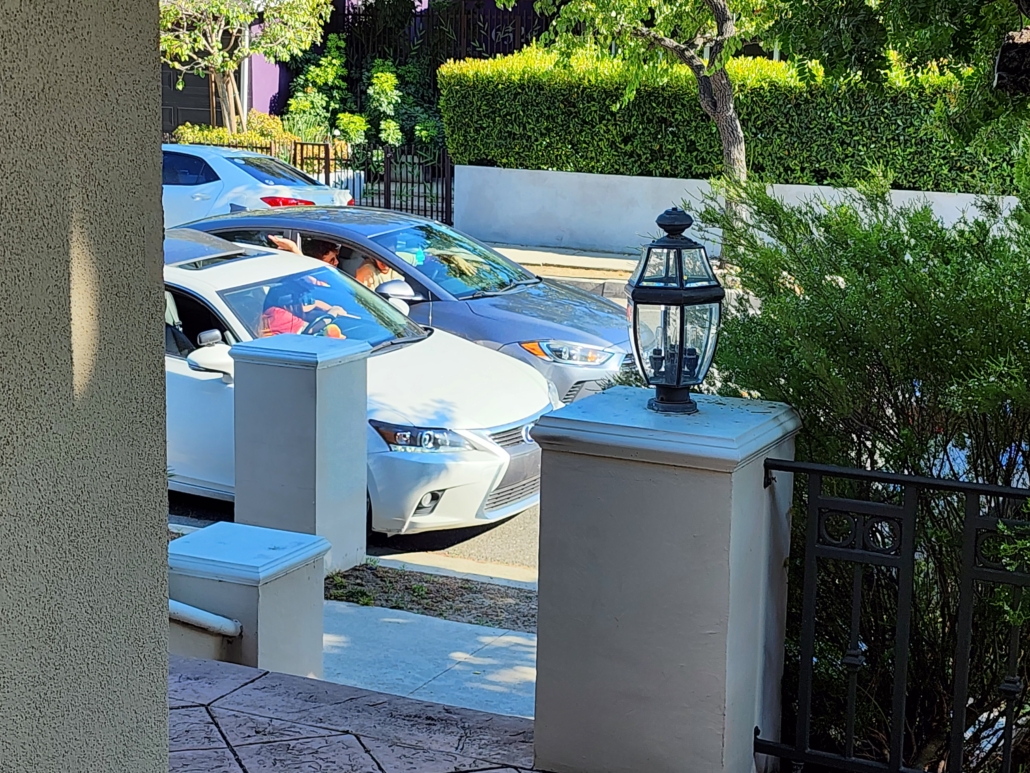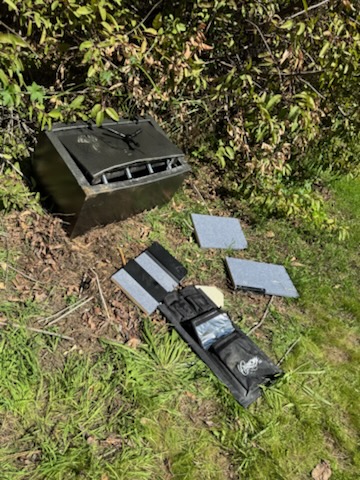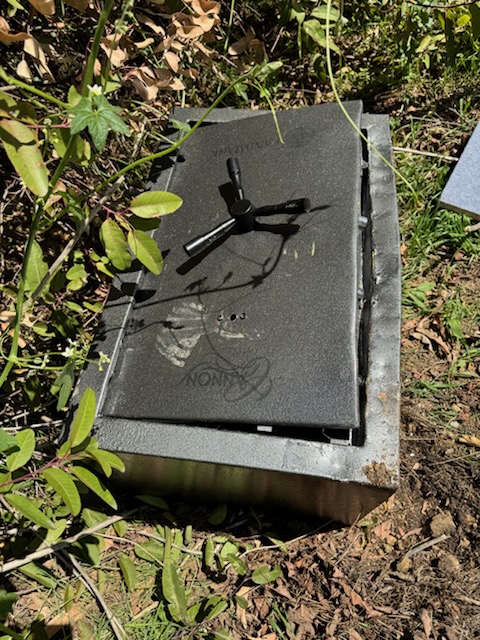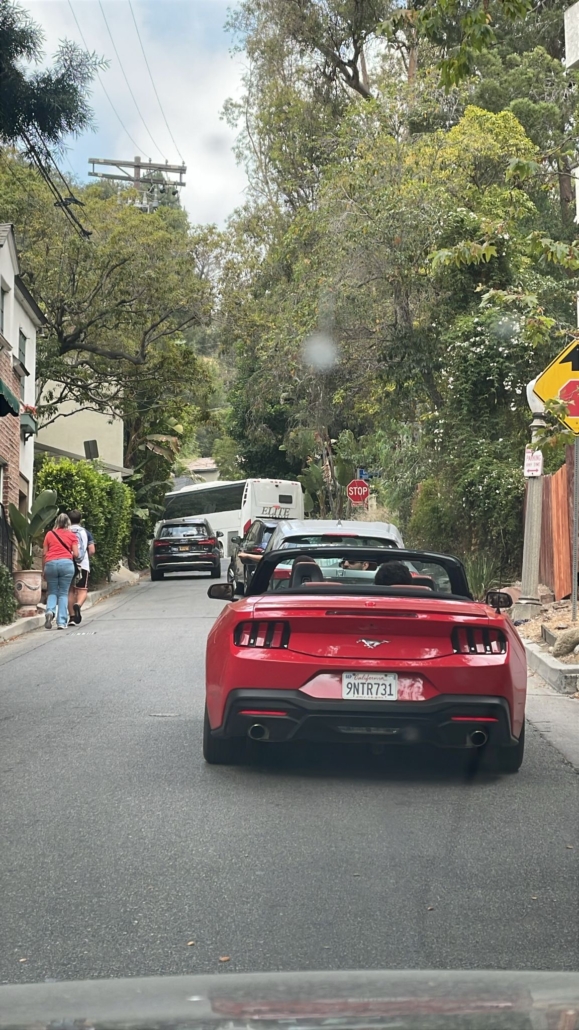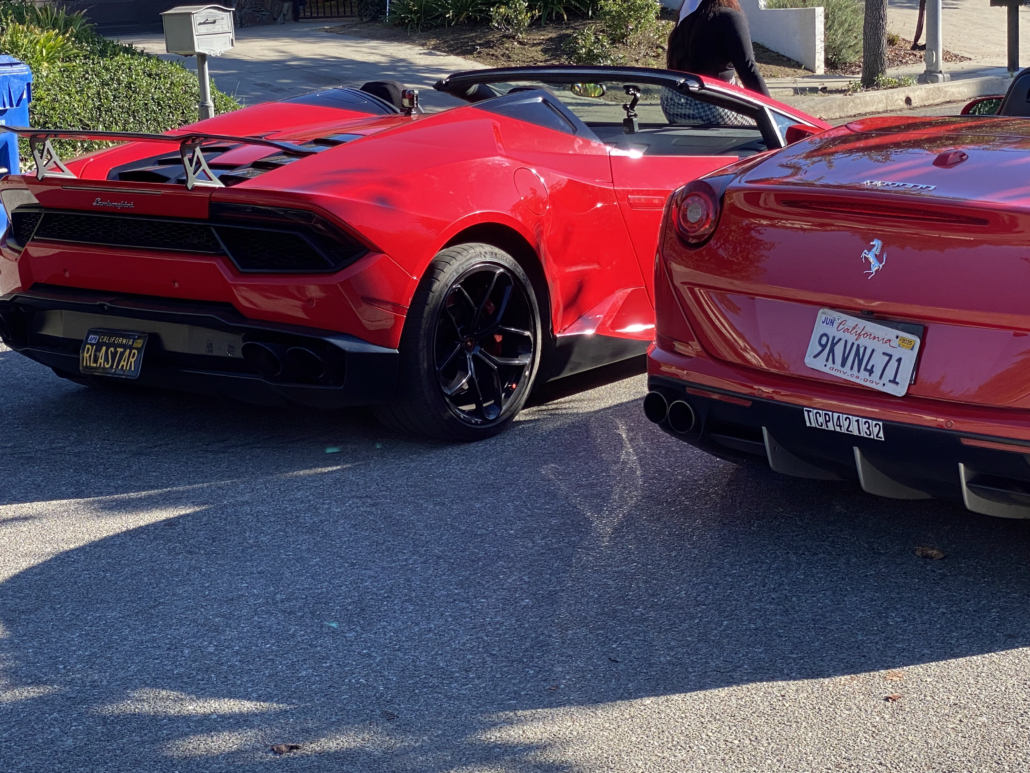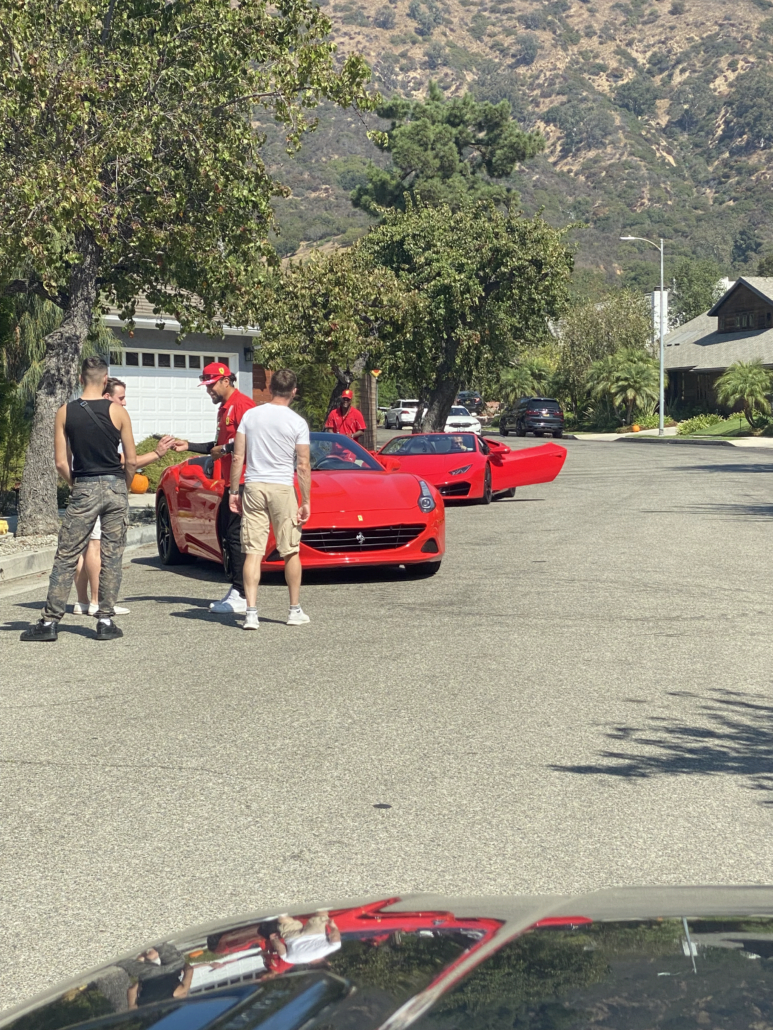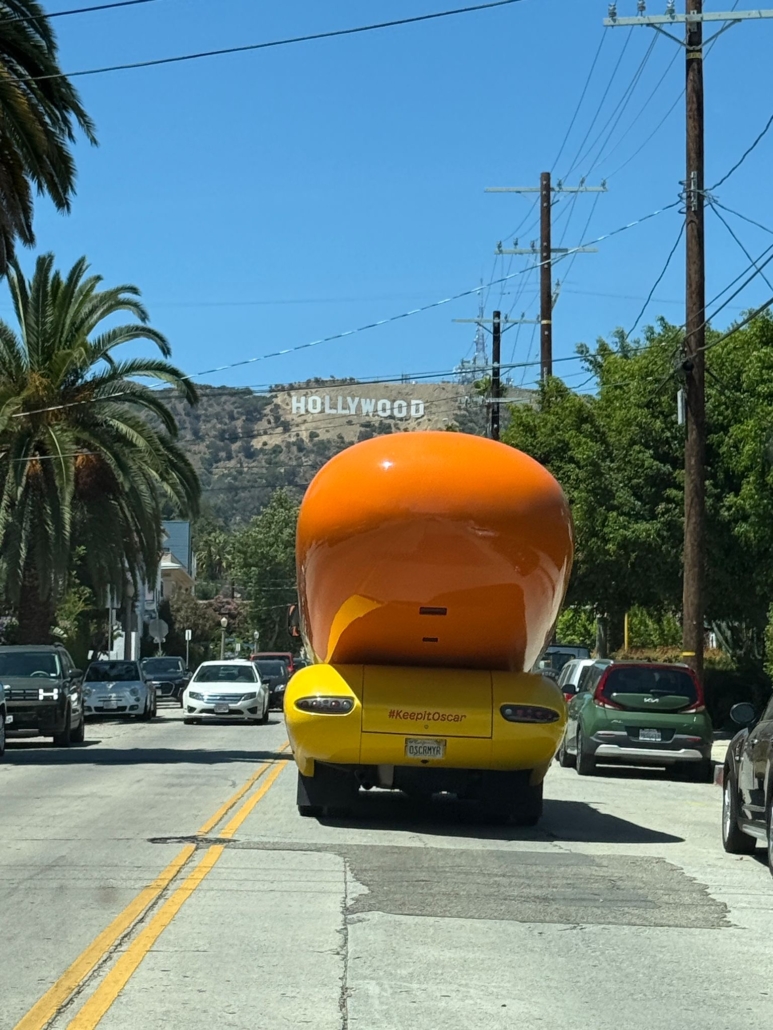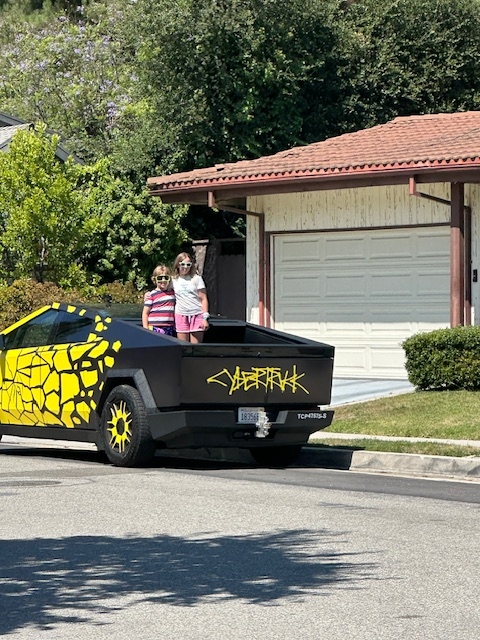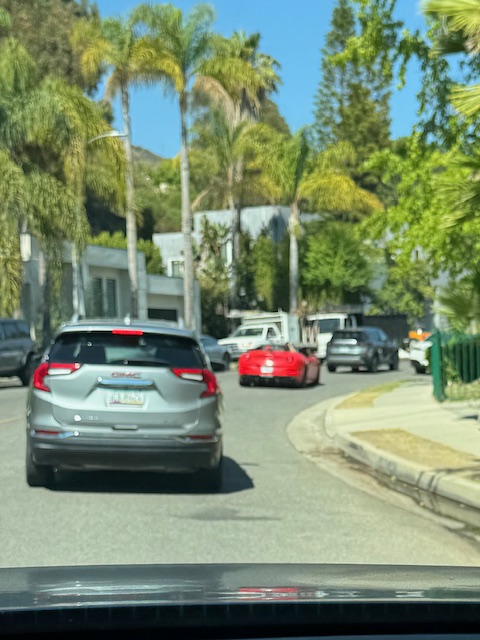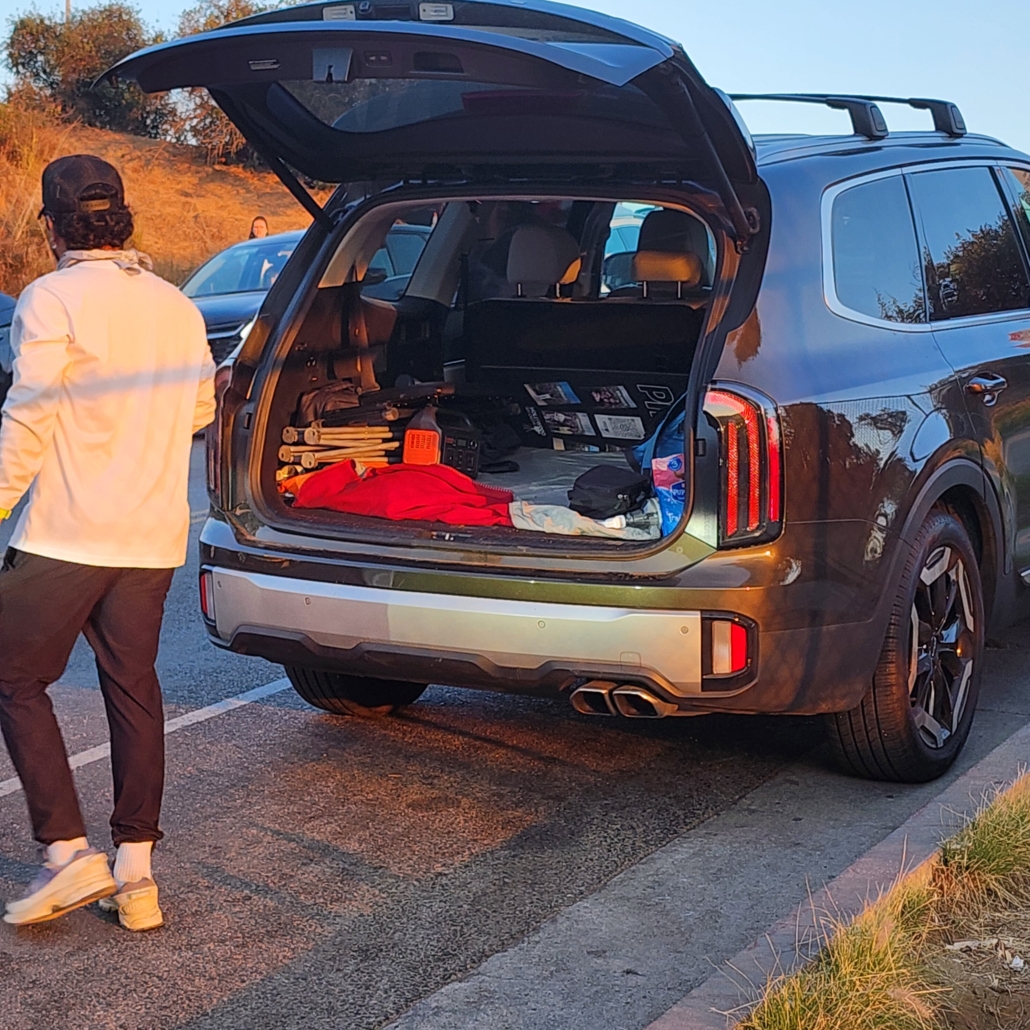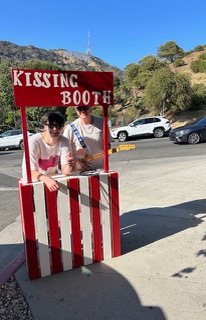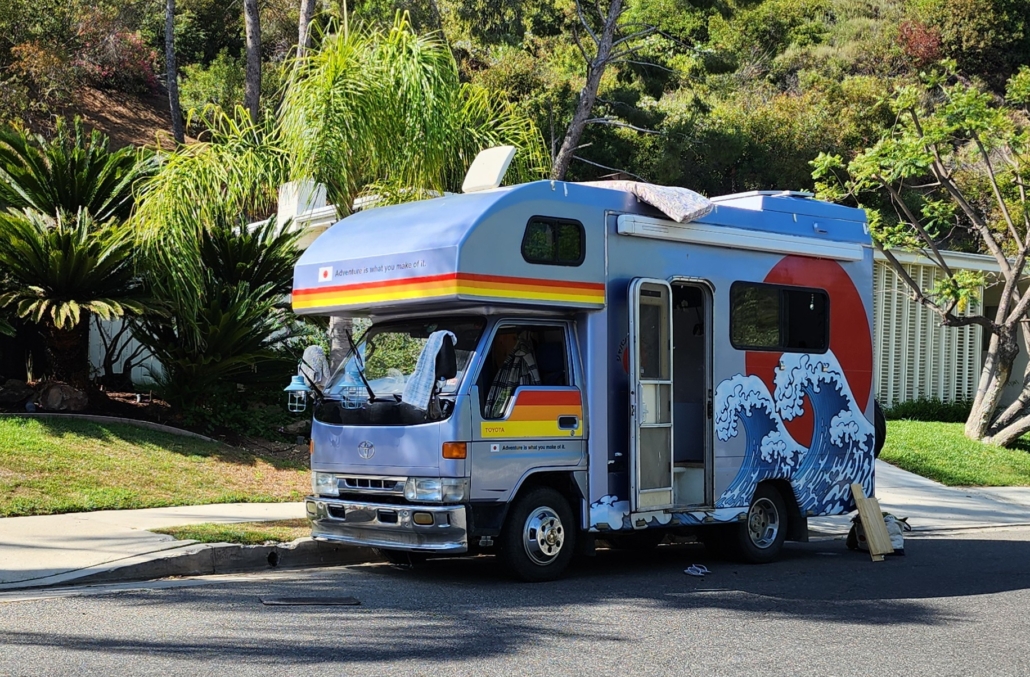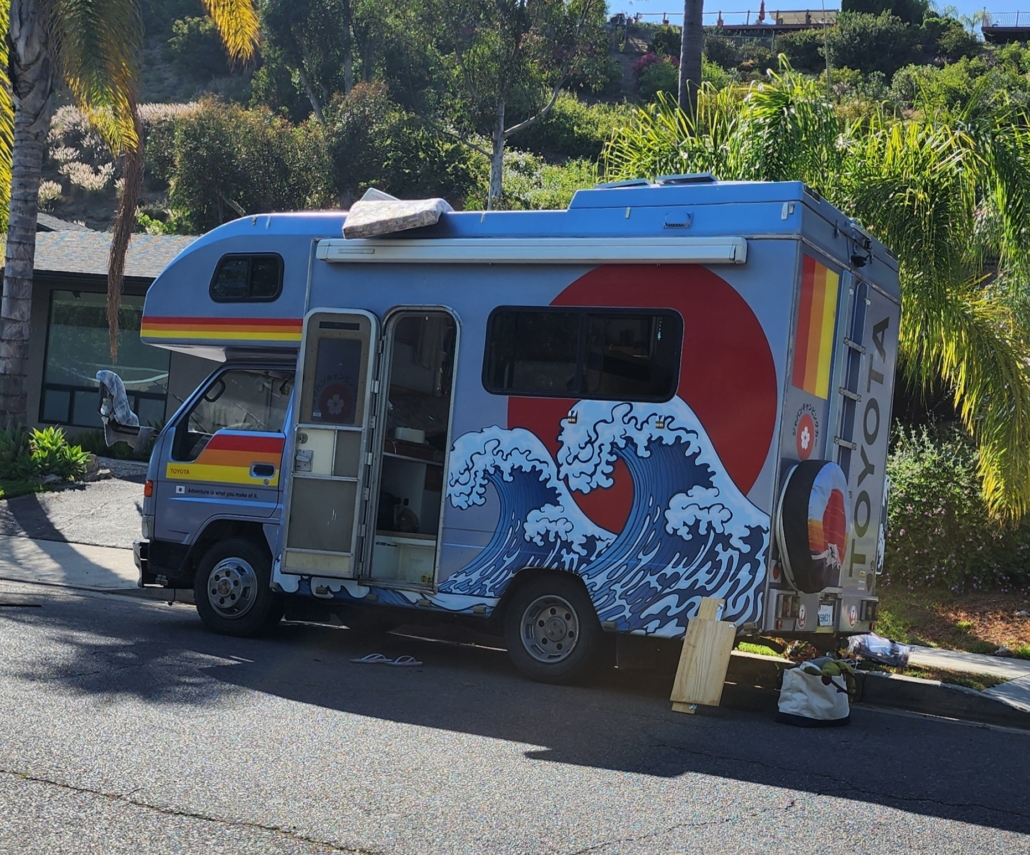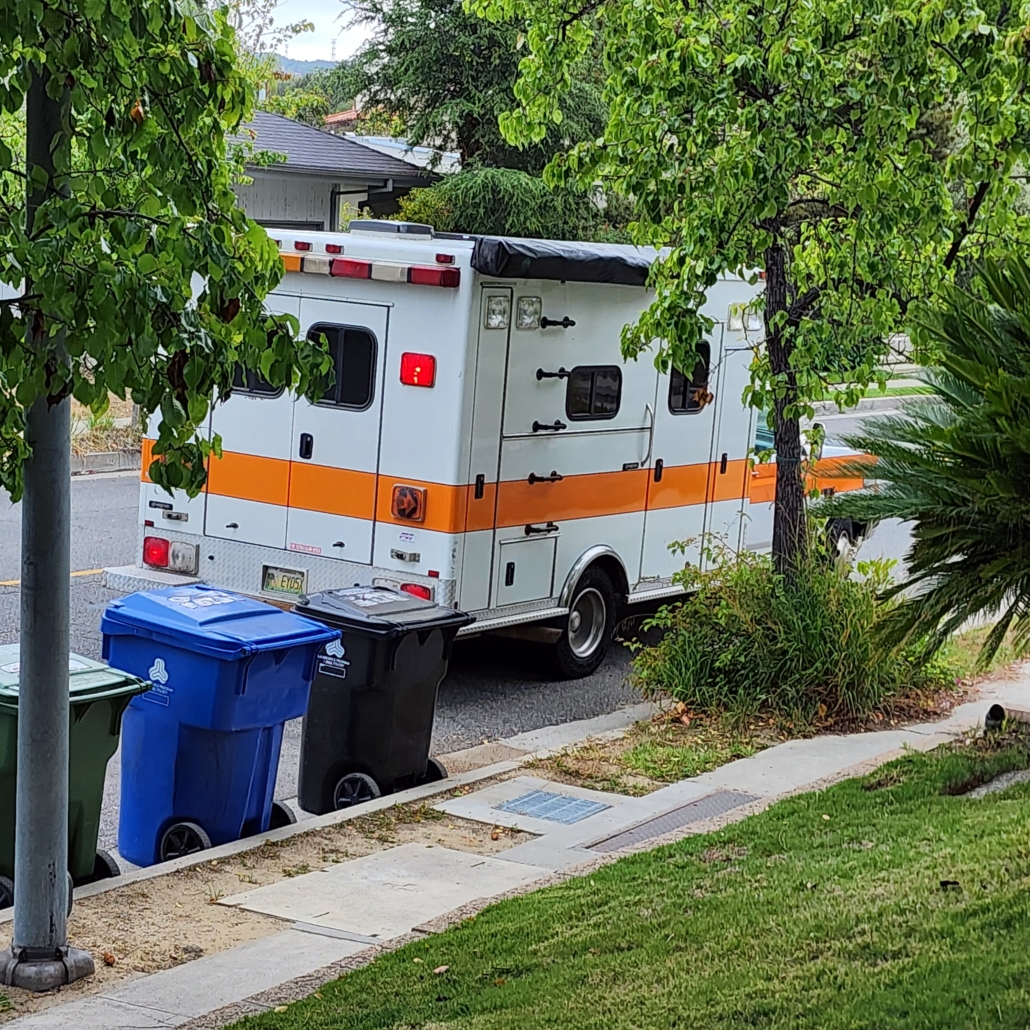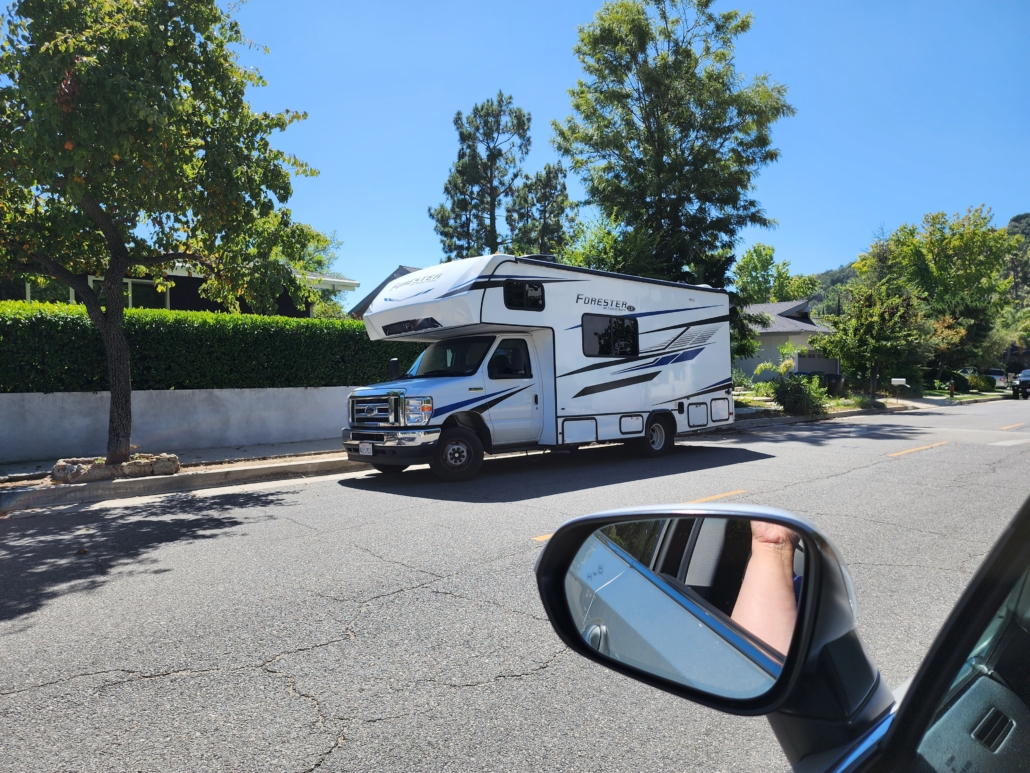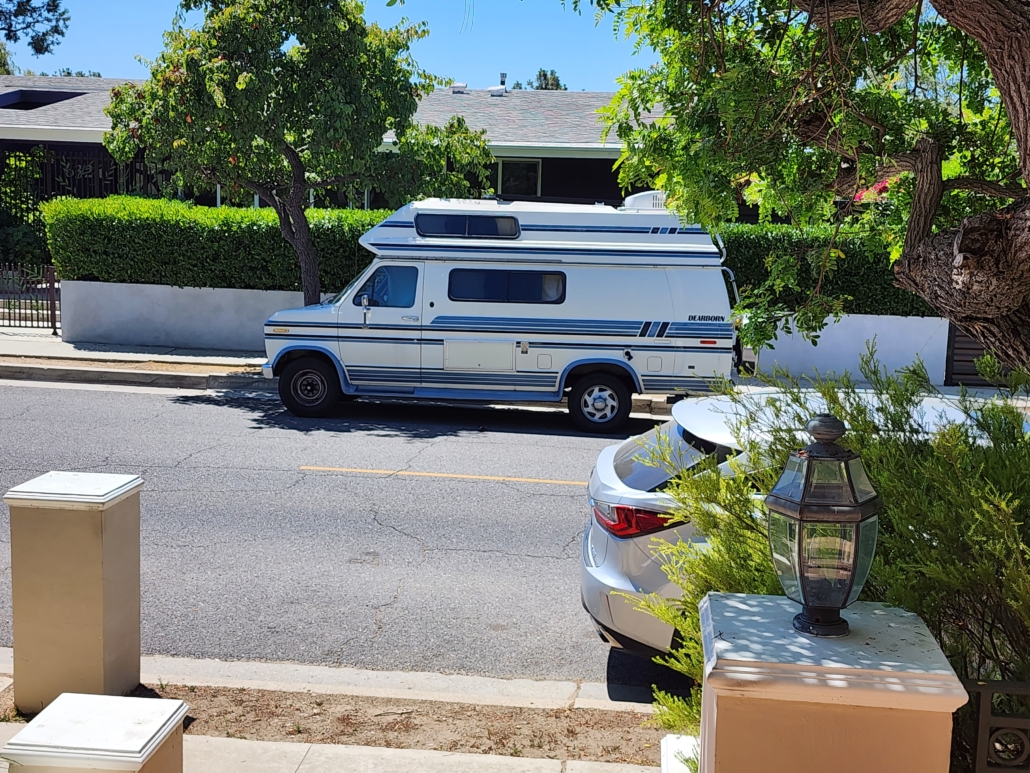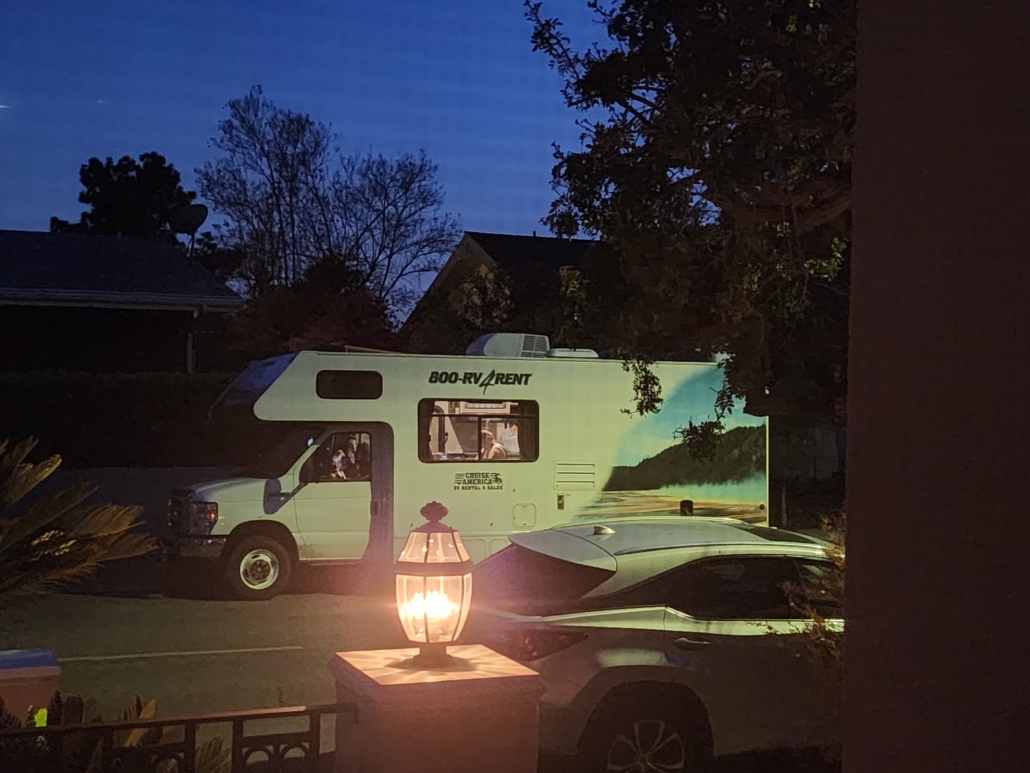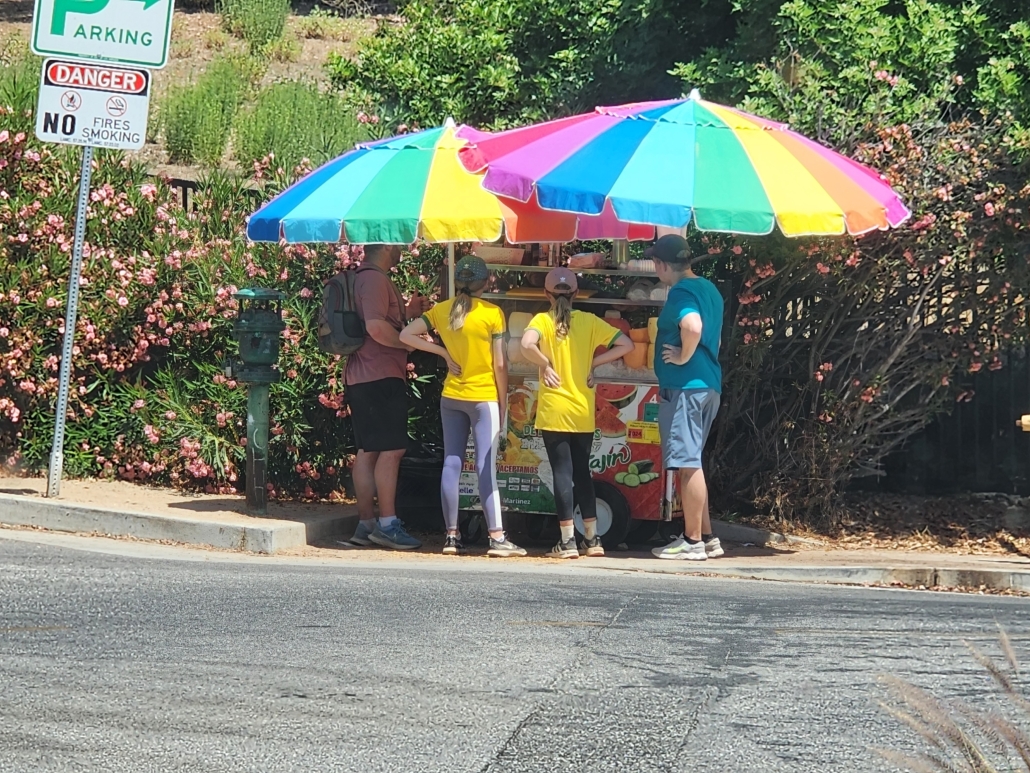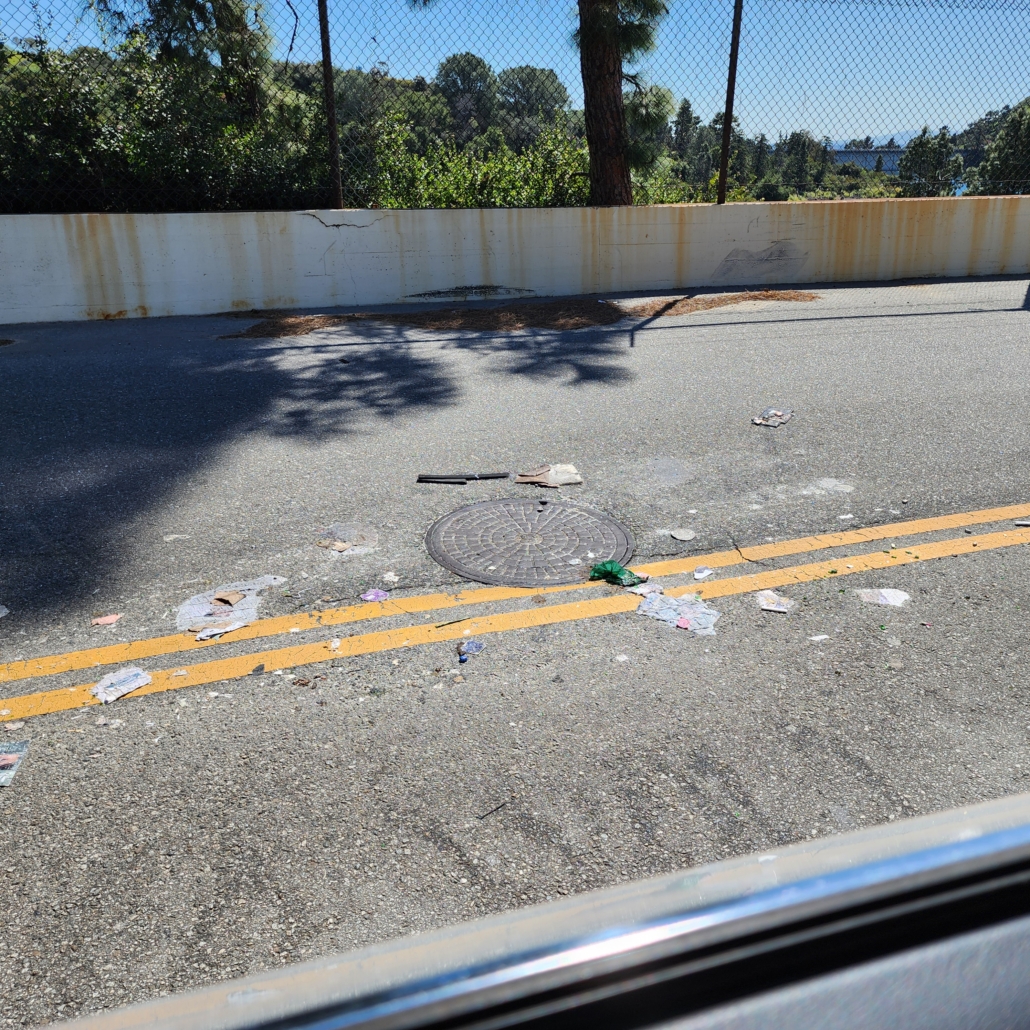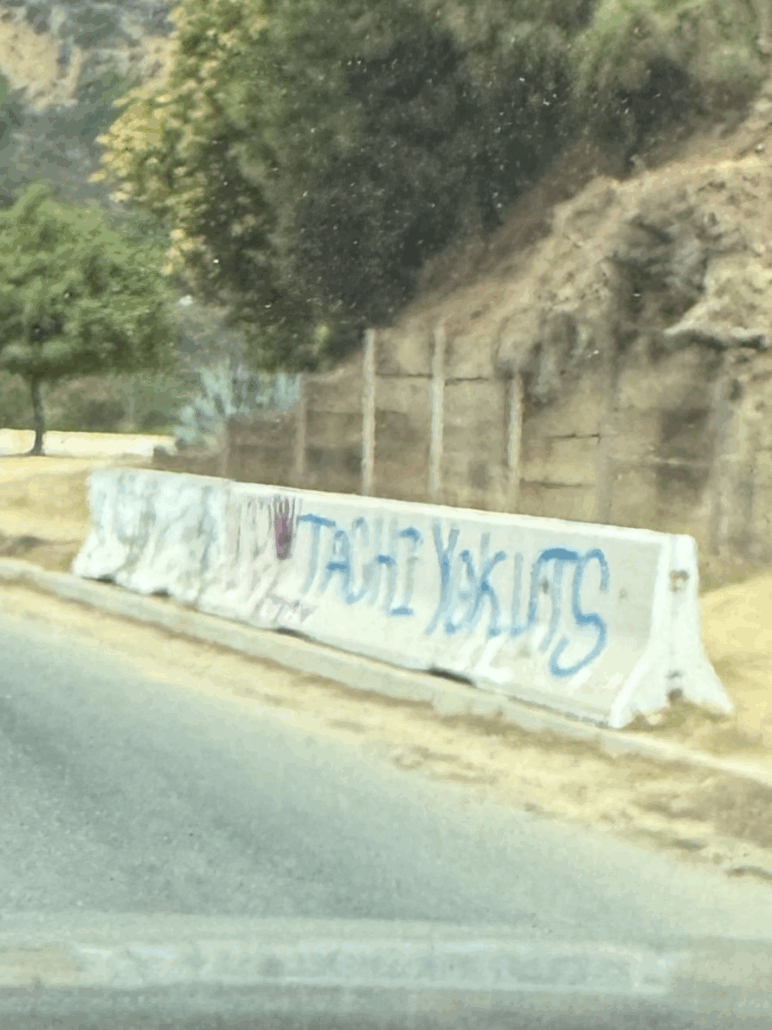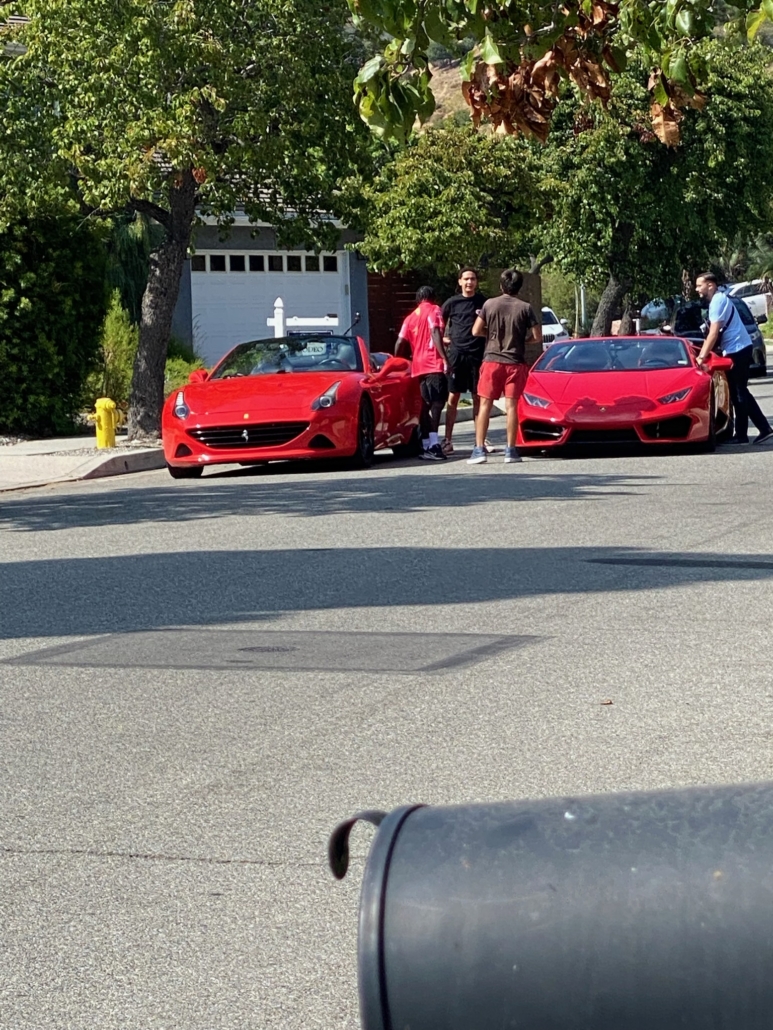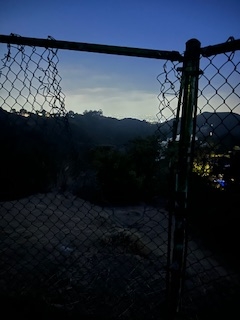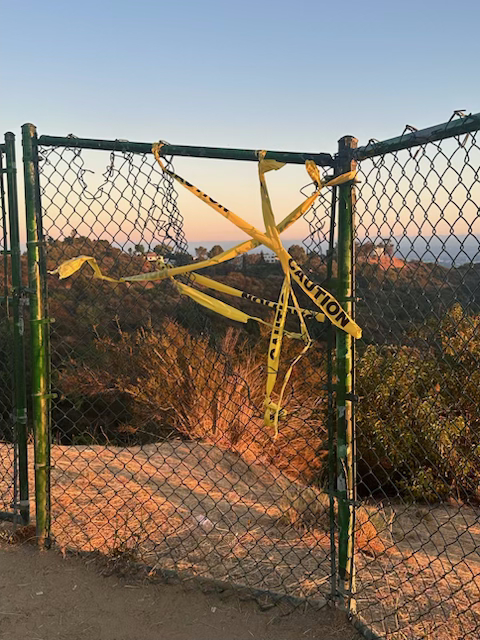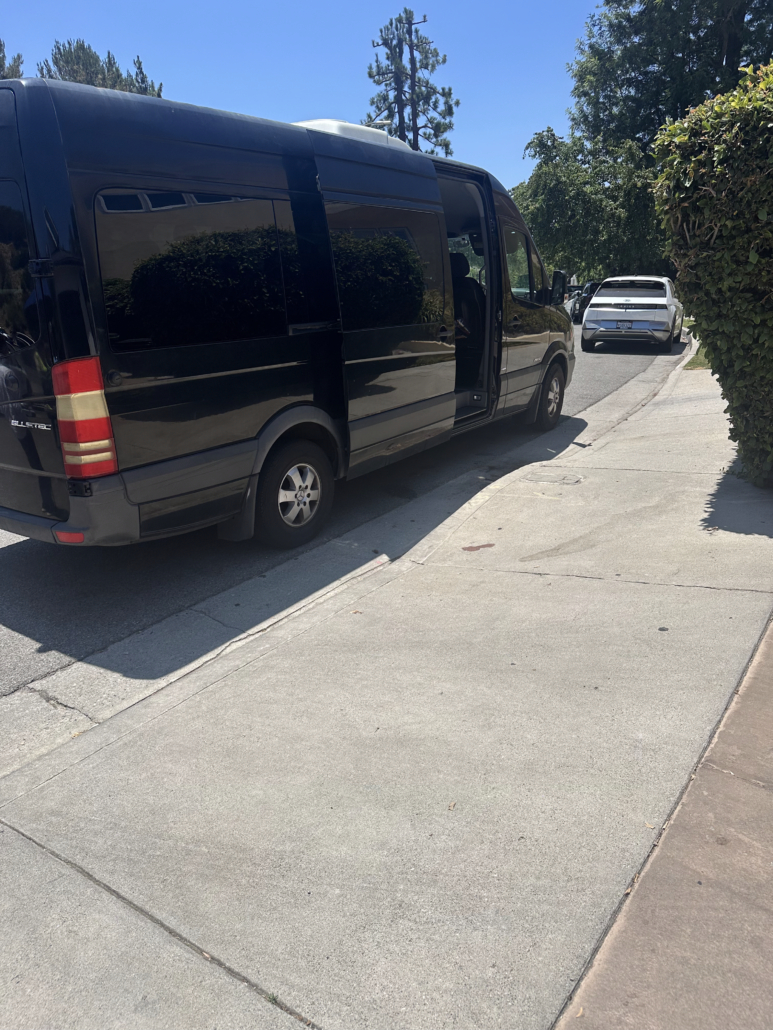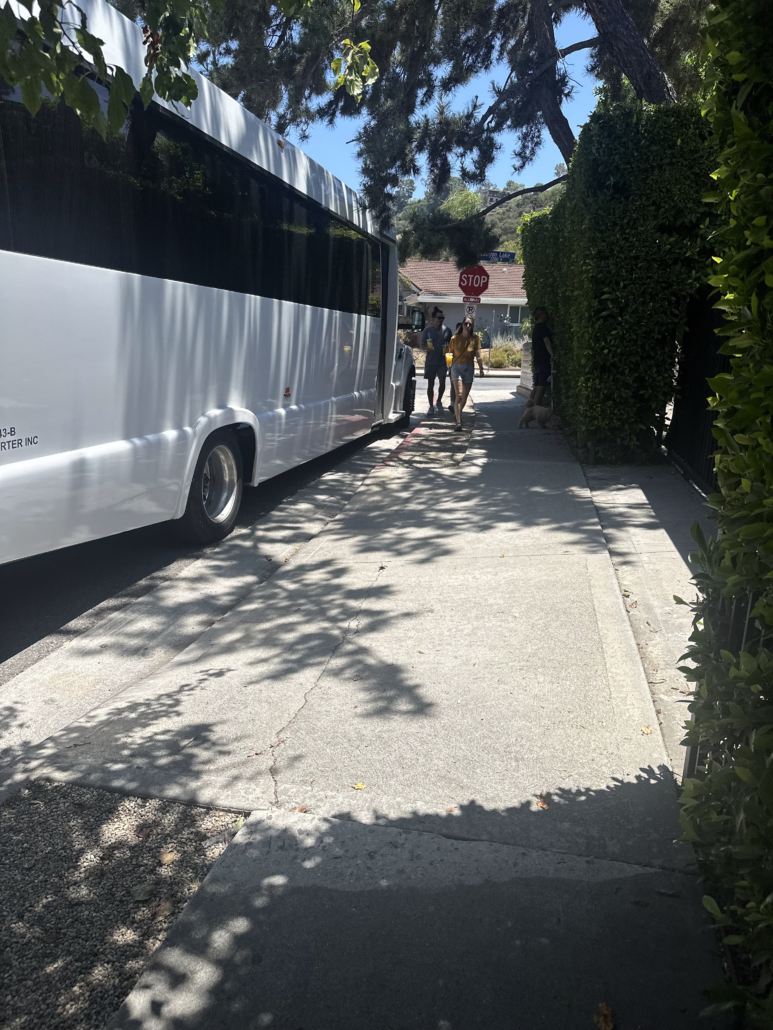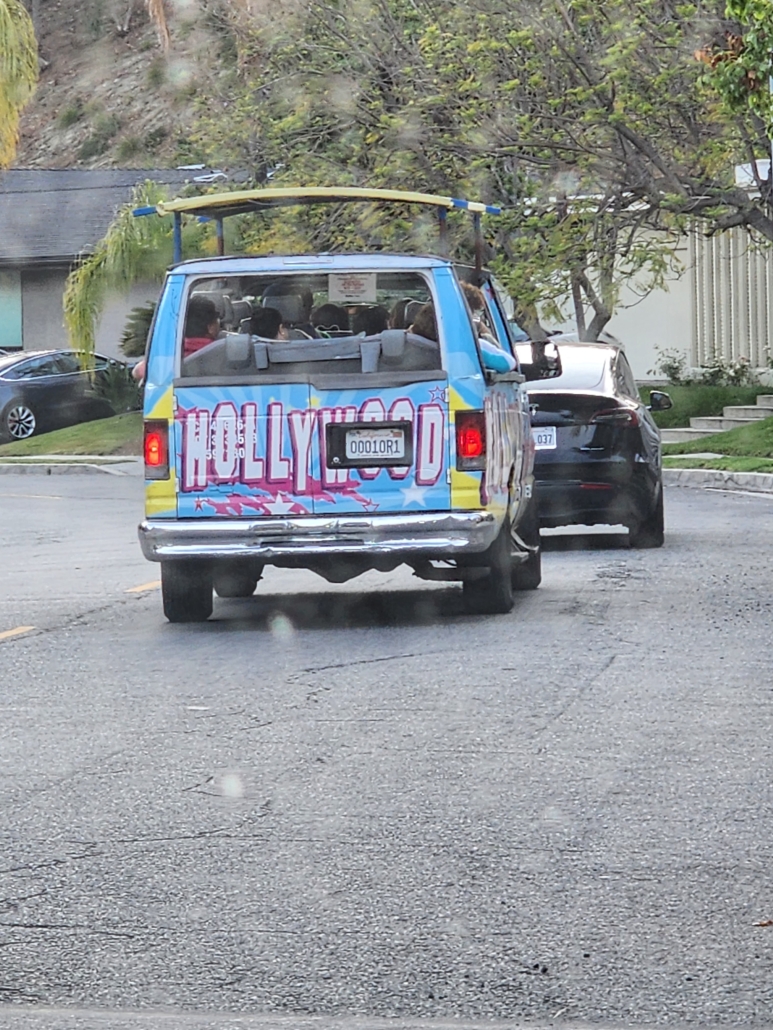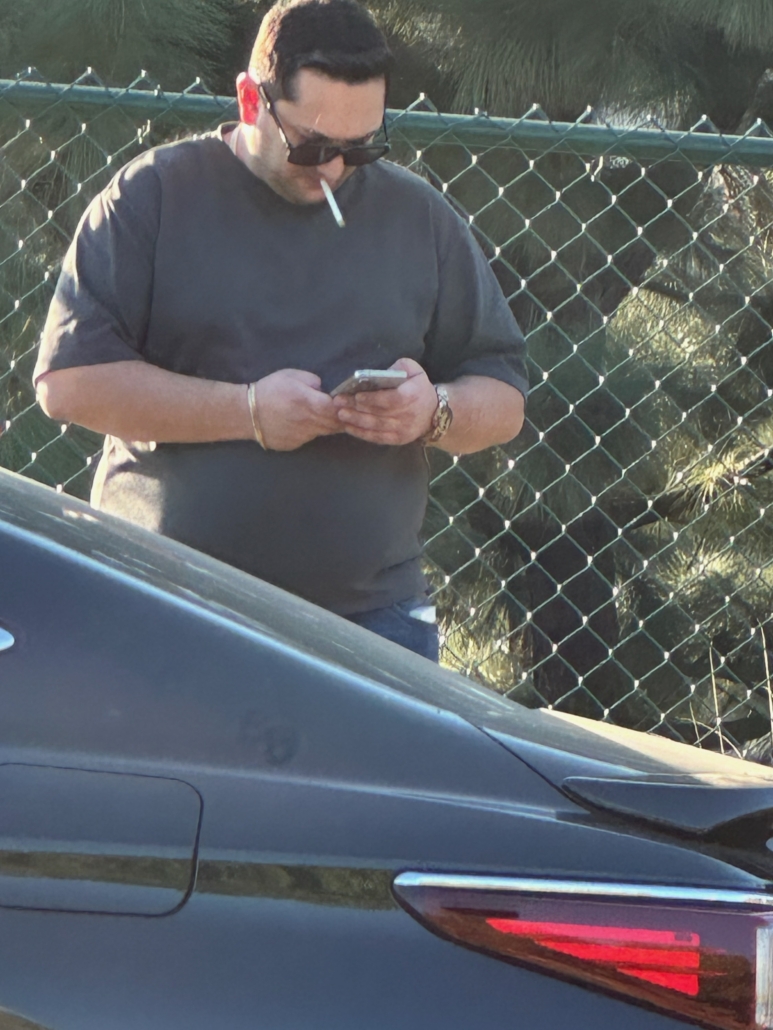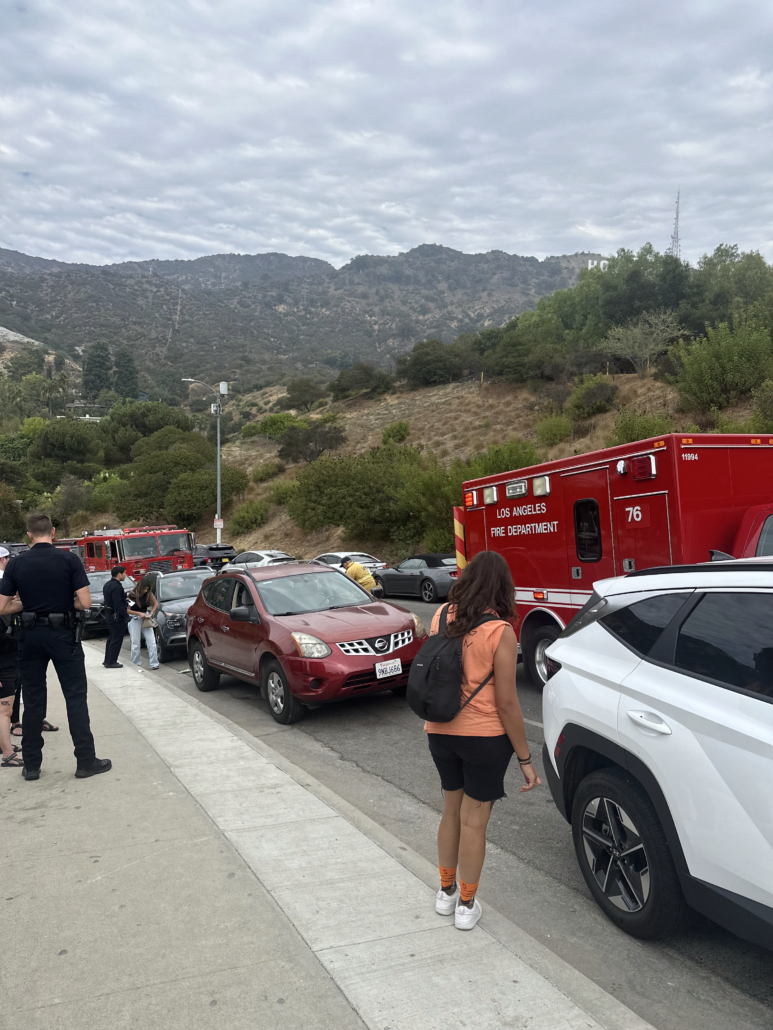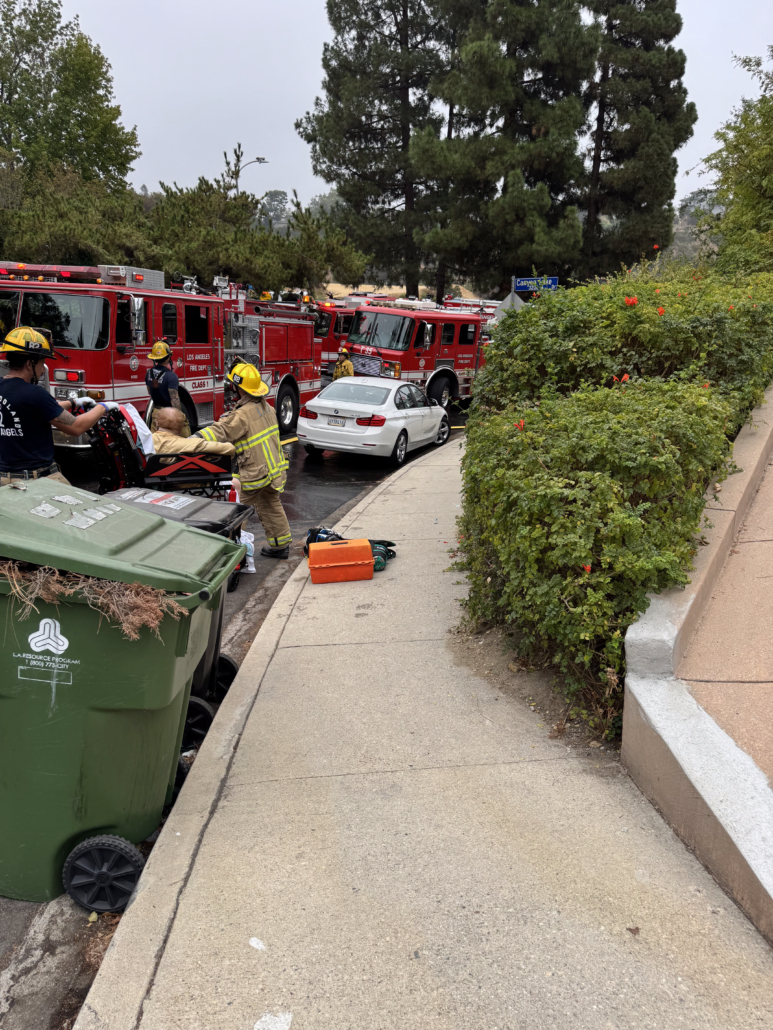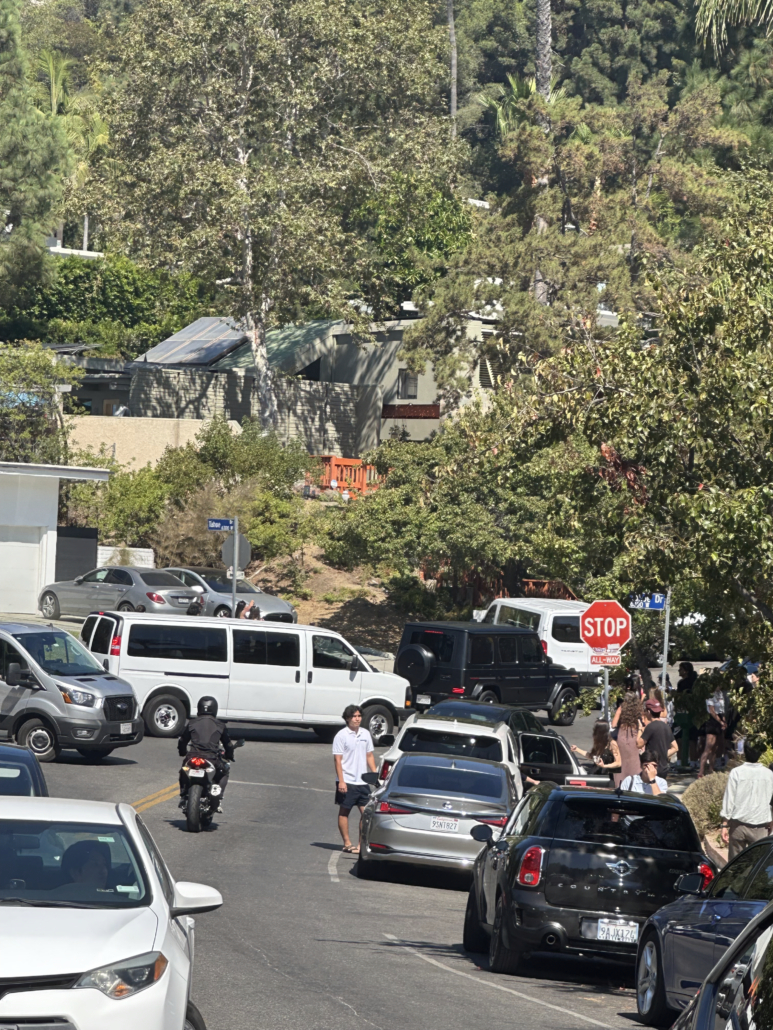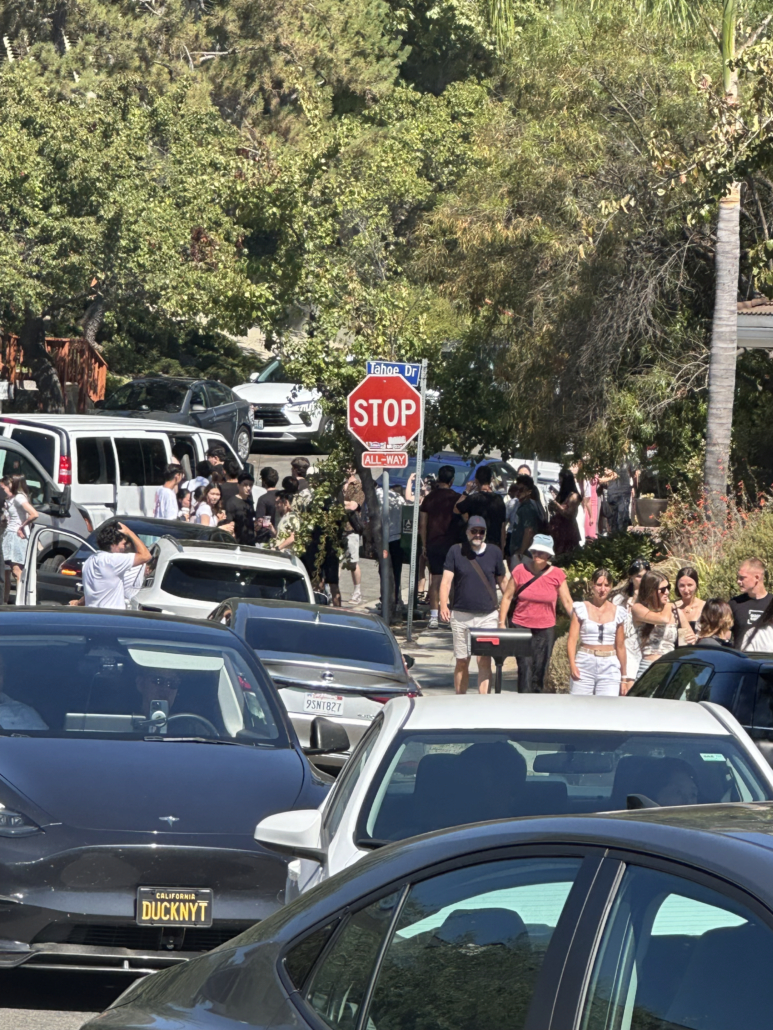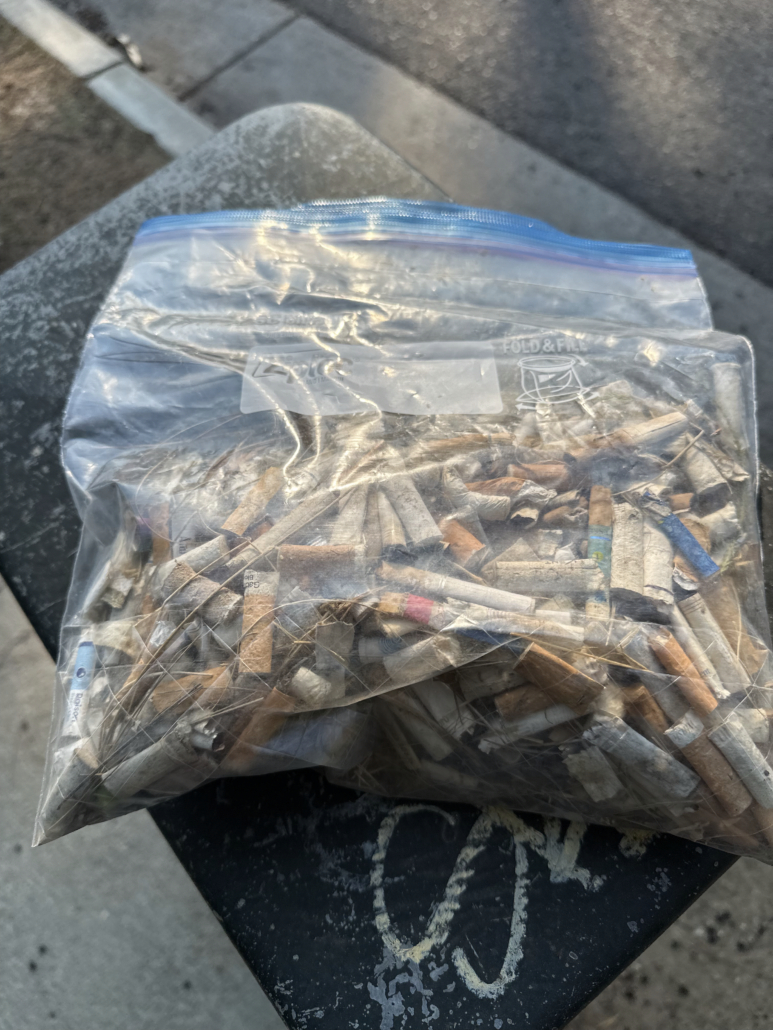How Can The City Do Nothing? Again?
An Unimagineable Cost to the City
The threat of a major wildfire in the Lake Hollywood area and surrounding hillside communities (from the 5 Freeway to the 405, and including 90049 west of the 405) represents an unthinkable economic and human cost. Unlike areas with lower population density, these zip codes contain a significantly higher concentration of homes, many valued in the tens of millions, with some even exceeding $100 million.
The 2025 Palisades Fire tragically demonstrated the devastating scale of destruction possible, consuming 23,448 acres and destroying 6,837 structures, making it the most destructive wildfire in Los Angeles City’s history. Should a fire of similar magnitude and intensity occur in our denser, high-value hillside communities, the losses would be far more severe:
-
Total Homes Lost: Estimates suggest such a disaster could destroy 8,000 to 12,000+ homes and structures, far exceeding the numbers seen in the actual Palisades Fire due to higher property density.
-
Total Financial Impact: The direct property damage alone would be catastrophic, conservatively estimated in the tens of billions of dollars, and could realistically exceed $100 billion, potentially reaching $200 billion or more, given the concentration of ultra-luxury real estate. This dwarfs the $28.0 billion to $53.8 billion in property damages estimated for the entire 2025 Los Angeles wildfire season.
Beyond property, such a fire would trigger immense cascading economic impacts, including billions in lost economic output and labor income, significant job losses, and a profound increase in insurance premiums across the state. This is not just a local neighborhood issue; it’s an existential threat to Los Angeles’s economy and its residents.
What would a “Palisades” level fire in the Hollywood Hills mean for the city?
Impacted by a Palisades-level wildfire burning hillsides from the 5 Freeway to just west of the 405: Hollywood Hills, Laurel Canyon, Lake Hollywood, Hollywoodland, Beachwood Canyon, Franklin Village, Hollywood Hills West, Bel Air, Beverly Glen, Benedict Canyon, Coldwater Canyon, Franklin Canyon, Studio City (southern, hillside portions), Universal City (portions), Brentwood (eastern hillside portions), Encino (southern, hillside portions), Tarzana (southern, hillside portions), Woodland Hills (southern, hillside portions), and Mandeville Canyon.
Additional Homes Lost
Potential Economic Loss ($150B)
Our Hillsides in Peril: A Crisis Waiting to Happen
Our beautiful Hollywood Hills, and city as a whole, are teetering on the brink of disaster. This isn’t inevitable; it’s a crisis fueled by years of ignored public safety codes, unchecked tourism, and a glaring lack of action from those in charge.
We’re talking gridlock that blocks emergency vehicles, rampant illegal parking, escalating fire risks in a Very High Fire Hazard Severity Zone, and a critical threat to the Mount Lee communications hub that keeps our city safe.
This isn’t just a threat – it’s a ticking time bomb, and we demand immediate, decisive action.
A Pattern of Neglect and Municipal Malpractice
This isn’t an accident; it’s a blueprint for disaster.
For years, the City of Los Angeles has turned a blind eye to its own public safety codes, allowing a dangerous situation to fester in our hillsides. From unanswered calls for help to Nithya Raman/CD4 to unaddressed speeding and illegal parking to the proliferation of unregulated tour buses and party houses, a clear pattern of non-enforcement has emerged. Despite endless resident complaints, official studies, and City Council promises, effective solutions remain elusive.
This isn’t just negligence—it’s municipal malpractice, creating a “dangerous condition of public property” and exposing our community and vital infrastructure to unacceptable risks.
Despite dozens of requests for help, Raman’s office does not even return calls or respond to email messages.
Requests for Help
Despite dozens of requests for help, Raman’s office does not even return calls or respond to email messages.
Responses From CD4
Unmitigated Fire Danger: A Catastrophic Threat
Our hillsides are a tinderbox, and the threat of wildfire is not just theoretical—it’s catastrophic. The Lake Hollywood area and surrounding communities are officially designated a Very High Fire Hazard Severity Zone (VHFHSZ), demanding stringent fire safety measures that are alarmingly unenforced. The devastating 2025 Palisades Fire, which destroyed 6,837 structures across 23,448 acres and killed 12 people, offers a chilling preview of our own potential reality.
Despite this clear and present danger, we face:
-
Insufficient Brush Clearance: Mandatory defensible space laws are neglected, leaving our neighborhoods “80% surrounded by dry brush” in a high-severity zone. This critical lapse directly invites disaster.
-
Blocked Emergency Access: Fire lanes and narrow roads are routinely obstructed by illegal parking, creating “choke points” that delay fire trucks and ambulances. As the Hollywoodland Homeowners Association warns, “Every parked car on our much narrower, substandard residential hillside streets prevents two-way traffic” , a deadly echo of past incidents where emergency response was hindered.
-
Vulnerable Critical Infrastructure: The vital Mount Lee Communications Center, the “nerve center for City of LA critical operations”, sits directly within this VHFHSZ. Its safety is jeopardized by inadequate brush clearance and obstructed access, threatening city-wide emergency services.
This isn’t merely a code violation; it’s a direct invitation to catastrophe. A fire of Palisades-level intensity in our denser, high-value communities would destroy thousands more homes than the actual Palisades Fire, leading to direct property damage well into the tens of billions, potentially hundreds of billions of dollars. We cannot afford to wait for another tragedy.
The Daily Reality: Narrow Roads, Oversize Vehicles, Gridlock, Limited Access, Blocked Fire Lanes & Blocked Hydrants
For Lake Hollywood residents and all hillside communities, daily life is a constant battle against chaos. Our narrow, winding residential streets, never designed for mass tourism, are overwhelmed by an unrelenting influx of tourist vehicles and commercial tour buses. This creates perpetual gridlock, making basic ingress and egress an ordeal for homeowners.
Even worse, this congestion is compounded by rampant illegal parking. Vehicles routinely block driveways, obstruct narrow streets preventing two-way traffic, and critically, park directly in designated fire lanes and near fire hydrants. This isn’t just an inconvenience; it’s a life-threatening lapse in governance that critically impedes emergency vehicle access for fire trucks, ambulances, and police.
The Hollywoodland Homeowners Association has starkly warned that “Every parked car on our much narrower, substandard residential hillside streets prevents two way traffic,” recalling a past incident where a resident died in a house fire when first responders faced navigational difficulties.
Despite the City’s own Red Flag Restricted Parking Program designed to remove illegally parked vehicles in Very High Fire Hazard Severity Zones (VHFHSZs) , these dangerous “choke points” persist. This daily reality creates a “dangerous condition of public property”, putting every resident and visitor at foreseeable risk
Inaction Despite Ample Notice: A Systemic Failure
The crisis in our hills isn’t due to a lack of information; it’s a direct result of systemic inaction by the City of Los Angeles. For years, the City has had actual and constructive notice of the escalating dangers. Extensive studies, like the 2018 Dixon Report, explicitly detailed hazards and recommended solutions for traffic and access. City Council Files dating back years openly discuss tourism impacts, safety concerns, and enforcement challenges. Residents have provided persistent, detailed complaints about gridlock, illegal parking, and safety fears.
Yet, despite this overwhelming evidence and decades of awareness, the City’s responses have been largely insufficient, poorly implemented, or inadequately enforced. Piecemeal efforts, delayed actions, and unenforced regulations have allowed dangerous conditions to fester and grow, effectively undermining their own “Vision Zero” goals. This isn’t isolated negligence; it’s a consistent and prolonged failure to act effectively in the face of known and foreseeable dangers, providing strong evidence of a profound breach of their fundamental duty to protect public safety.
Uncontrolled Commercialization and Creation of Public Nuisance
The Hollywood Sign’s allure has inadvertently transformed our residential neighborhoods into chaotic commercial zones, creating a pervasive public nuisance. Despite existing Los Angeles Municipal Code (LAMC) provisions regulating vending (LAMC §42.00, §42.13, §63.44 B.3), unpermitted vendors proliferate, adding to congestion, litter, and a general degradation of public spaces.
Even more egregious is the uncontrolled proliferation of commercial tour operations, particularly smaller vans and informal hiking tours, which evade the regulations intended for large buses (LAMC §80.36.11). This contributes directly to unbearable traffic and parking shortages. The City’s failure to consistently and effectively enforce its own ordinances, coupled with a fragmented regulatory landscape across multiple agencies (including the National Park Service and Santa Monica Mountains Conservancy), allows these unpermitted activities to flourish unchecked.
This unchecked commercialization, including the persistent problem of “party houses” operating as unlicensed event venues despite specific ordinances (LAMC §41.58.1, §12.22 A.32), subjects residents to chronic noise, debilitating traffic, blocked access, and pervasive safety fears. This pattern of sustained governmental inaction in the face of known, articulated hazards constitutes a systemic disregard for resident safety and quality of life, effectively sanctioning the unlawful conversion of residential areas into commercial free-for-alls and creating an undeniable public nuisance.
Critical Infrastructure at Risk: First Responder & Communications Equipment
The systemic governance failures in the Lake Hollywood area extend far beyond local inconvenience, posing a direct and alarming threat to vital critical infrastructure that serves the entire Los Angeles region. The most prominent example is the Mount Lee Communications Center, a “multi-purpose critical communications complex” that functions as the “nerve center for City of LA critical operations”.
This indispensable hub supports a wide array of essential City agencies, including police department dispatch centers, the fire department, Metro and Valley 911 services, and City IT departments, even extending support to federal agencies like the FBI and Homeland Security. The City of Los Angeles officially defines its roadways and communications systems, including public safety radio systems, as critical infrastructure, acknowledging that a failure in one can cause a dangerous domino effect.
Despite its paramount importance, the Mount Lee facility is exposed to a dangerous confluence of risks:
-
Extreme Fire Hazard: Situated directly within a Very High Fire Hazard Severity Zone (VHFHSZ), the facility is exceptionally vulnerable to wildfire. Deficiencies in enforcing brush clearance mandates on surrounding public and private lands, failures in maintaining clear fire roads, and inadequate oversight of utility Wildfire Mitigation Plans directly endanger this site.
-
Obstructed Access: The same traffic gridlock and illegal parking plaguing residents also severely impede access for essential maintenance personnel, fuel deliveries for backup generators, and, critically, emergency responders in the event of a fire or security incident.
-
Security Vulnerabilities: Proximity to public trails and chaotic, unmanaged tourist influx creates vulnerabilities to accidental damage, vandalism, or intentional interference, compromising physical security standards.
The City itself leases space on Mount Lee for communications purposes and invests significantly in this site, yet its failure to enforce fire codes and manage traffic effectively undermines its own capacity to provide essential emergency services to its entire populace. This represents a severe dereliction of duty, placing the operational integrity and physical security of Los Angeles’s critical communications hub at profound and foreseeable risk.
Vandalism & Homelessness in A High Risk Area
The public safety crisis in our hills is compounded by additional, often overlooked, threats. Areas within and adjacent to the Very High Fire Hazard Severity Zone (VHFHSZ) are increasingly grappling with issues of vandalism and homelessness, introducing significant new risks.
Homeless encampments, unfortunately, can introduce additional ignition risks in areas with overgrown vegetation. The Los Angeles Fire Department (LAFD) itself acknowledges encampments as a concern requiring reporting. This is a critical factor, as many wildfires, including the devastating Skirball Fire in 2017 (pictured here) , have been linked to human activity and often start in brushy areas frequented by people. While not all are related to encampments, any human presence in a VHFHSZ necessitates extreme caution.
Furthermore, these vulnerable, often remote areas can be targets for vandalism, which can include actions that directly or indirectly create fire hazards, damage vital infrastructure, or exacerbate unsafe conditions. The combination of dense dry brush, limited access, and unauthorized activity creates a dangerous scenario that strains already overwhelmed first responders and fire prevention efforts. Addressing these interwoven issues is crucial to truly mitigate the multifaceted dangers facing our hillside communities.
Irresponsible Custodians: The Hollywood Sign Trust & SMMC/MRCA
The public safety crisis in our hills isn’t solely the City’s burden; it’s a shared failure among entities that act as custodians of our public lands and icons. The Hollywood Sign Trust, a 501(c)(3) non-profit, actively promotes the Hollywood Sign as a global tourist destination, even providing detailed hiking information on its official website. While their mission includes public benefit, their promotional activities directly contribute to the immense visitor influx that strains local infrastructure and public safety resources, often without ensuring commensurate safety measures are in place. There’s a profound misalignment between promoting this iconic landmark and actively mitigating the significant negative impacts its popularity generates on surrounding communities.
Similarly, the Santa Monica Mountains Conservancy (SMMC) and its operating arm, the Mountains Recreation and Conservation Authority (MRCA), manage significant public lands and trail networks that connect to or impact the Lake Hollywood area. While they possess explicit authority to establish conditions of use and close areas for safety, their primary failure lies in insufficient coordination with the City of Los Angeles. Decisions regarding trail access, such as the controversial closure of the Hollyridge Trail which redirected tourists, have exacerbated congestion and safety issues in unprepared residential areas without adequate planning or mitigation. Their access policies directly influence visitor flow, concentrating pressure on City-managed streets and contributing to the broader crisis. Both the Trust and SMMC/MRCA have a duty to manage their influence and lands not in isolation, but with due consideration for the safety and well-being of adjacent communities.
An Understaffed and Overworked Fire Department
The persistent public safety crisis in Los Angeles’s hillside communities places an immense and often unsustainable burden on the Los Angeles Fire Department (LAFD). Despite their unwavering dedication, the LAFD is frequently understaffed and overworked in the face of escalating demands. This critical strain is exacerbated by the very governance failures detailed throughout this report:
-
Increased Call Volume: Chronic traffic gridlock and rampant illegal parking in areas like Lake Hollywood lead to more frequent calls for minor incidents, car accidents, and public nuisances, diverting valuable fire department resources from critical emergencies.
-
Impeded Response Times: The inability to navigate narrow, congested streets and obstructed fire lanes directly impacts LAFD’s response times. Every delay can be life-threatening, particularly in a Very High Fire Hazard Severity Zone (VHFHSZ) where rapid deployment is paramount.
-
Strained Resources during Wildfires: As seen in the devastating 2025 Palisades Fire and other major incidents, large-scale wildfires require massive deployment of personnel and equipment. When daily operations are already strained by preventable issues, the LAFD’s capacity to effectively combat a major conflagration, protect property, and manage evacuations is severely compromised.
-
Compromised Fire Prevention Efforts: While the LAFD operates essential programs like annual brush clearance inspections and Red Flag Restricted Parking, their effectiveness is undermined by the sheer volume of non-compliance and the lack of consistent enforcement by other city departments. This forces the LAFD into a reactive stance, fighting fires that could have been prevented, rather than proactively mitigating risks.
The collective failure of the City to manage tourism impacts, enforce codes, and adequately fund comprehensive safety measures ultimately shifts an unbearable burden onto the LAFD, jeopardizing their ability to protect all Angelenos.
An Understaffed and Overworked LAPD
The Los Angeles Police Department (LAPD), like the LAFD, is facing an unprecedented crisis, operating in an understaffed and overworked capacity that profoundly compromises public safety. The LAPD is projected to reach its lowest staffing levels in roughly 30 years by mid-2026, with an anticipated deployment of just 8,620 officers. This generational low means fewer officers are available to patrol, respond, and investigate, eroding public trust and increasing response times.
This critical shortage is exacerbated by the very governance failures detailed throughout this report, forcing an already strained department to contend with preventable issues:
-
Responding to Nuisances: Police resources are constantly diverted to address issues stemming from uncontrolled commercialization and public nuisances, such as illegal vending and persistent “party house” activity, which involve loud gatherings, traffic blockages, and unpermitted alcohol service. This consumes valuable time that could be spent on serious crime.
-
Traffic Management Burden: Despite the Los Angeles Department of Transportation (LADOT) being responsible for traffic management, the pervasive gridlock, illegal parking, and speeding often require direct LAPD intervention to manage traffic flow, respond to accidents, and address dangerous driving conditions. Former Councilman Ryu noted that “unscrupulous tour bus operators” continued to operate unsafely, implying enforcement challenges that fall to the LAPD.
-
Enforcement Challenges: Even when ordinances are in place, like the Tour Bus Ordinance (LAMC §80.36.11) or the “Party House Ordinance” (LAMC §41.58.1), resident complaints highlight a consistent lack of sustained enforcement. This reactive approach means problems persist, requiring repeated LAPD responses.
-
Compromised Emergency Response: Like the LAFD, LAPD units face severe delays reaching incidents due to blocked fire lanes and gridlocked streets, especially critical in emergencies or during high-traffic tourist periods.
This severe understaffing, coupled with the preventable demands caused by systemic governance failures, fundamentally compromises the LAPD’s ability to ensure public safety in our communities.
Environmental Degradation: Pollution, Neglect, and Ecosystem Harm
The unchecked influx of tourism and commercial activity, coupled with systemic governance failures, is inflicting severe environmental damage on the Lake Hollywood area and surrounding hillsides. Beyond the immediate safety concerns, a pervasive culture of neglect is directly polluting our natural environment:
-
Rampant Littering and Illegal Dumping: The sheer volume of visitors, combined with insufficient public amenities like trash cans, leads to widespread littering across sensitive parklands, trails, and residential streets. This includes general trash, plastic waste, and even larger discarded items, degrading the aesthetic beauty of the area and harming local wildlife.
-
Contaminated Storm Drains: A particularly egregious and unaddressed issue is the operation of unpermitted food vendor carts that routinely dump liquids, including grease, food waste, and other refuse, directly into storm drains. This practice poses a significant environmental hazard. Storm drains lead directly to our waterways and eventually the ocean, meaning these untreated pollutants contribute to:
-
Water Pollution: Contaminating local creeks, Lake Hollywood itself, and ultimately, the Pacific Ocean, impacting aquatic ecosystems and public health.
-
Habitat Degradation: Introducing harmful substances into natural habitats, threatening plant and animal life.
-
Fire Hazard: Accumulations of certain types of waste can also contribute to fuel load, exacerbating fire risks in already vulnerable areas.
-
-
Erosion and Ecosystem Harm: Overuse of trails, combined with inadequate infrastructure and lack of enforcement, contributes to soil erosion. The accumulation of trash and human waste further degrades the delicate ecosystem of Griffith Park, a critical urban wilderness area.
The City’s apparent failure to consistently and effectively enforce its own vending ordinances, manage waste, and provide adequate public facilities directly fosters this environmental degradation. This neglect not only diminishes the quality of life for residents but also inflicts lasting harm on a cherished natural resource that is meant to be held in trust for all Angelenos.
Visualizing the Crisis: Photo & Video Library
Words can only convey so much. To truly grasp the urgency and the devastating potential of the crisis facing our hillside communities, we invite you to explore our visual evidence. This section provides a powerful, often unsettling, look at the daily realities and foreseeable catastrophic impacts detailed on this website.
Photo Library: Browse through our collection of images that capture the essence of the crisis:
-
Gridlock and Obstruction: Witness the daily traffic chaos, illegally parked vehicles, and blocked fire lanes that choke our narrow streets and impede emergency access.
-
Uncontrolled Commercialization: See the impact of unpermitted vending and oversized tour operations disrupting residential tranquility.
-
VHFHSZ Vulnerability: View areas of unmitigated brush, illustrating the constant fire danger our communities face.
-
Community Impact: Images reflecting the diminished quality of life for residents, from litter to safety concerns.
AI Video Dramatizations: To further highlight the serious impacts, we have commissioned AI-generated video dramatizations. These visualizations aim to portray the potential scale of disaster and underscore the critical need for immediate action:
-
Emergency Response Scenarios: See dramatizations of fire trucks and ambulances struggling to navigate gridlocked, illegally parked streets in a critical emergency.
-
Wildfire Impact Simulation: Experience a chilling visualization of a Palisades-level fire impacting our dense, high-value hillside communities, illustrating the rapid spread and immense structural loss.
-
Evacuation Challenges: Witness the chaos and danger of a mass evacuation attempt through compromised and congested routes.
These visuals serve as a stark reminder of what’s at stake. They are a call to action, demanding that our public officials prioritize safety and implement the necessary changes to protect our homes, our lives, and our critical infrastructure.
Fire Lane/Fire Truck Access/Blocked Hydrants
These images expose the perilous reality of daily life in our hills: critical fire lanes blocked, emergency access roads choked by illegally parked vehicles, and fire hydrants obscured or inaccessible. Each photo captures a ticking time bomb, illustrating how unchecked parking directly jeopardizes rapid response, turning minor incidents into potential catastrophes in our high-risk zone.
No Evacuation Route
Witness the terrifying reality of what a mass evacuation would look like in our communities. These photos show streets already gridlocked by daily tourism, narrow roads, and blocked routes. Imagine trying to escape a fast-moving wildfire through these choke points – these images underscore why the City’s failure to plan for evacuation is a life-or-death gamble.
Illegal Parking
This gallery highlights the pervasive problem of illegal parking that chokes our residential streets. From vehicles blocking driveways to parking on both sides of narrow roads, these photos illustrate the daily frustration and the critical safety hazard. Every illegally parked car makes our neighborhoods less safe and more susceptible to gridlock and delayed emergency response.
Illegal Camping
These images reveal the presence of illegal camping within and adjacent to our Very High Fire Hazard Severity Zone. While not all are fire-related, these unauthorized encampments often introduce ignition risks in brushy areas, adding a dangerous layer to our already extreme wildfire threat.
Accidents
This section captures the all-too-frequent accidents occurring on our congested, narrow, and winding hillside roads. Fuelled by speeding, illegal maneuvers, and overwhelming traffic, these incidents are a stark reminder of the daily dangers faced by residents and visitors alike due to unmanaged conditions.
Illegal Dumping
These photos showcase the alarming environmental degradation caused by unchecked activity in our hills. Witness the trash, debris, and liquids illegally dumped into storm drains and natural areas, polluting our waterways and harming our delicate ecosystem. This visual evidence highlights a systemic neglect of our natural resources.
Video: Fire Lane/Fire Truck Access
Video: Oversize Vehicles
Video: Endless Tour Buses
Video: Offroad Bikes In Dry Brush
Video: Impossible Evacuation
Documents
- Position Paper
- Press Releases
- Communities at Risk Map
- 9/27 Meeting Flyer
- Letters
- Letter to Kathryn Barger
- Letter to Mayor Karen Bass
- Letter to City Attorney Feldstein-Soto
- Letter to CD4/Nithya Raman
- Letter to LA Rec & Parks
- Letter to LA Department of Transportation
- Letter to the Los Angeles Fire Department
- Letter to the Santa Monica Mountains Conservancy
- Letter to the Hollywood Chamber of Commerce/Hollywood Sign Trust
- Bulk Letters

